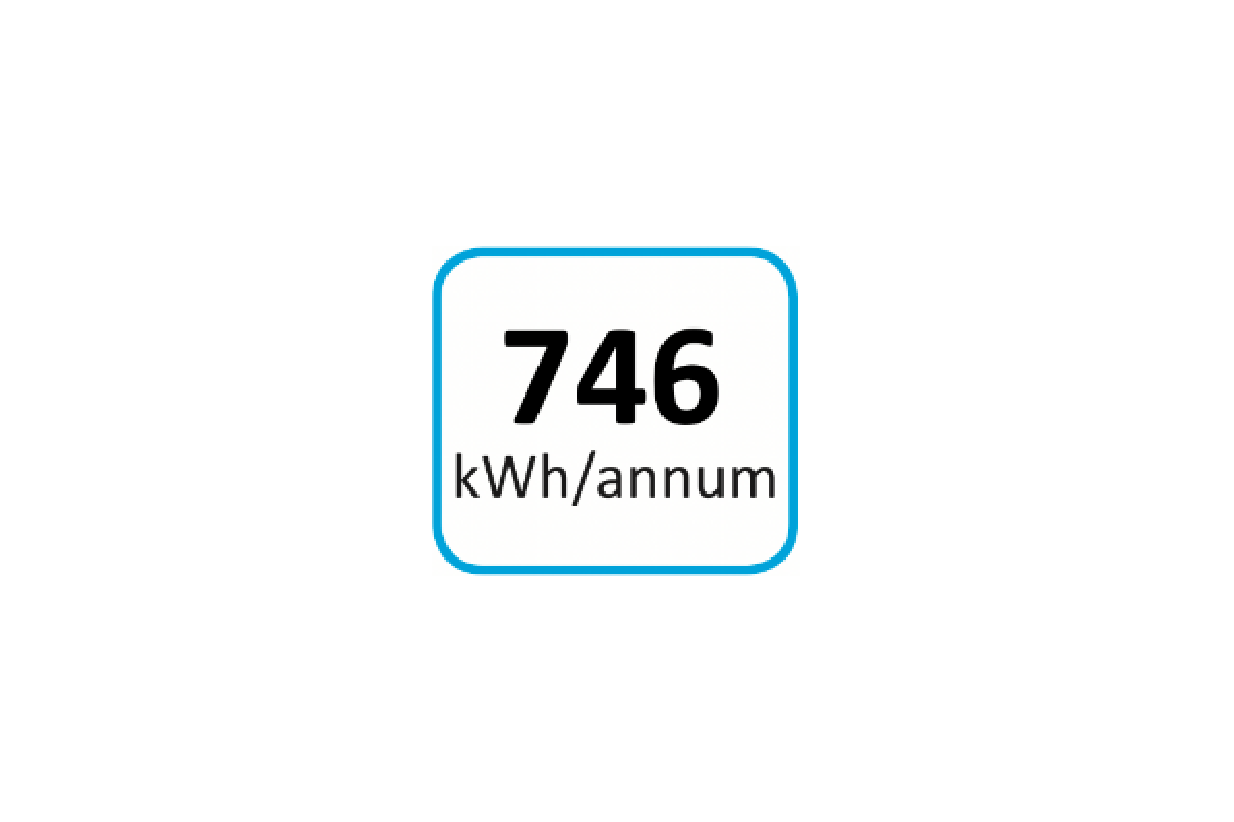
Our calculator intends to give you an estimate of the lifetime electrical (kilowatt-hour) savings that could be achieved by choosing one or more energy-efficient products from True, compared to others on the market or currently in your estate.
Plus, it provides relatable greenhouse gas equivalency metrics to assist with your carbon reduction goals so you can make the smart choice for your business and the planet.
Before you start you will need:
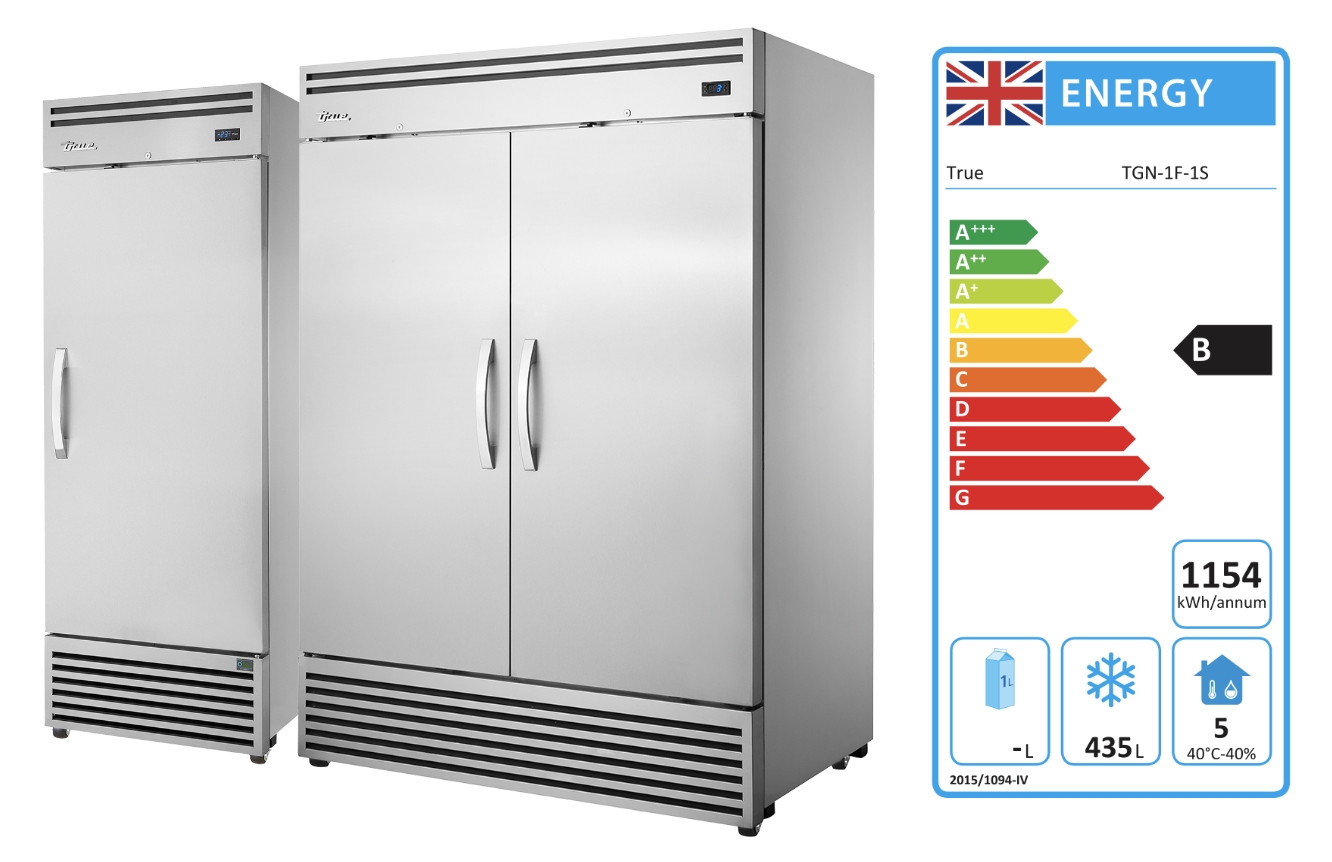
Calculation Basket
Nothing in calculation basket


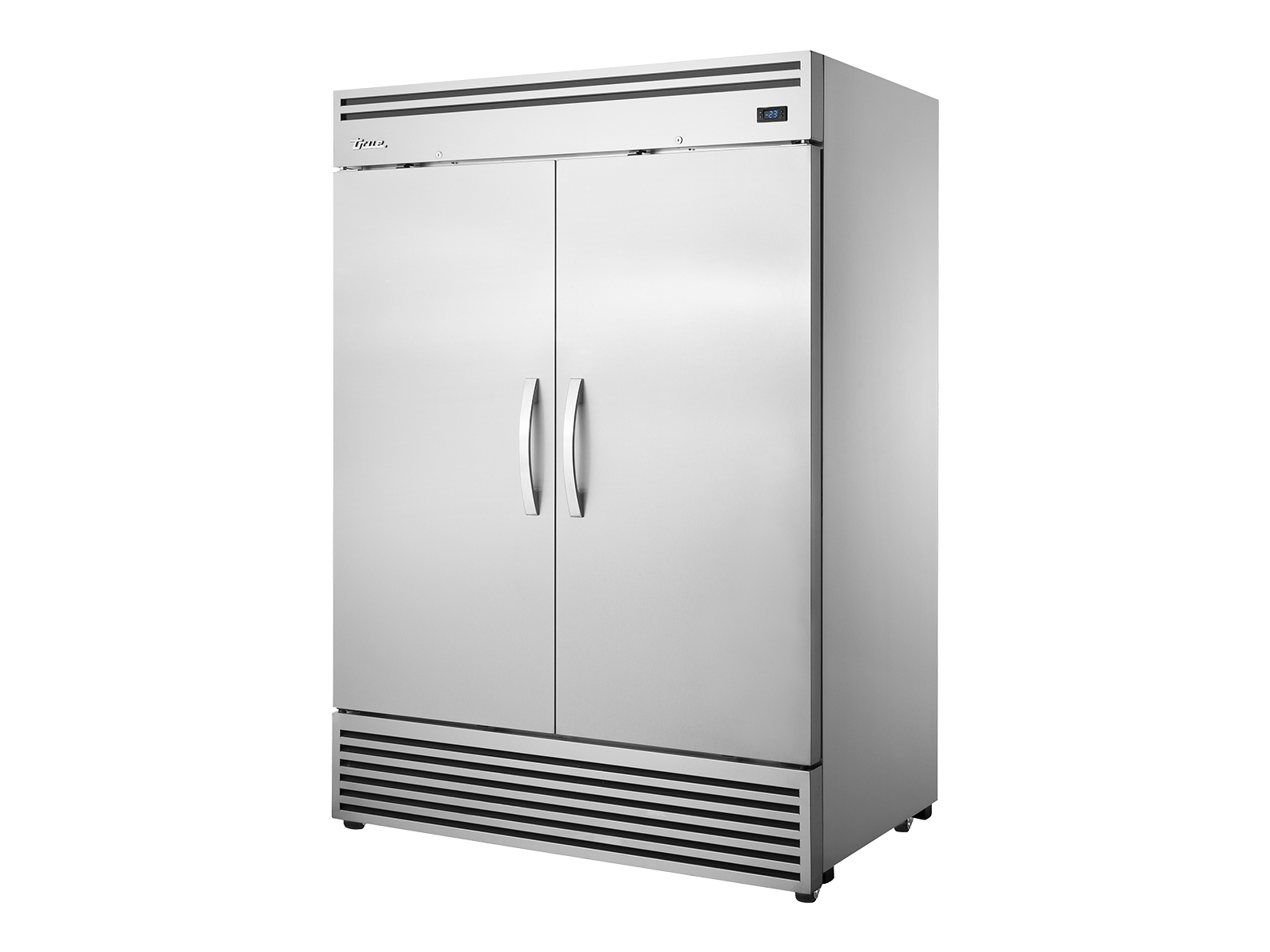

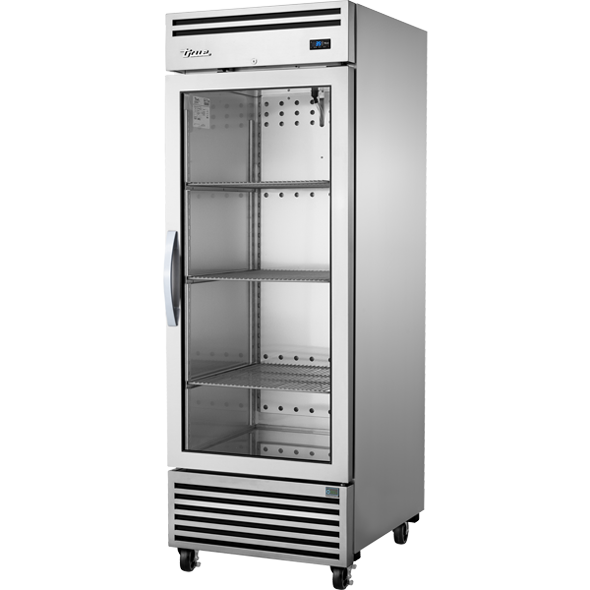
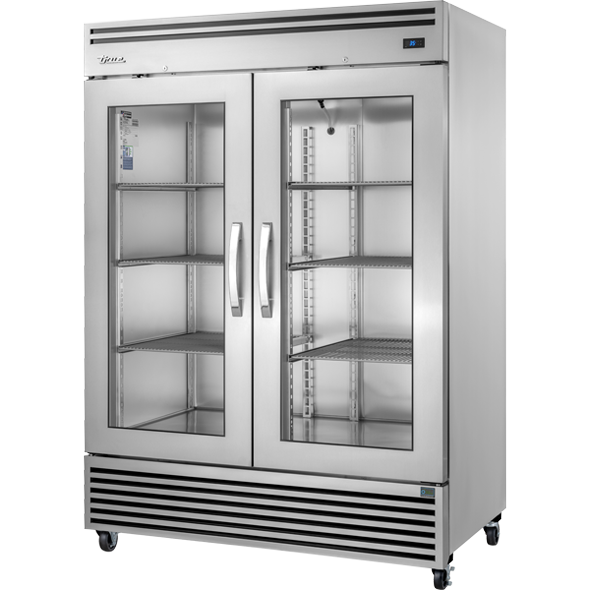
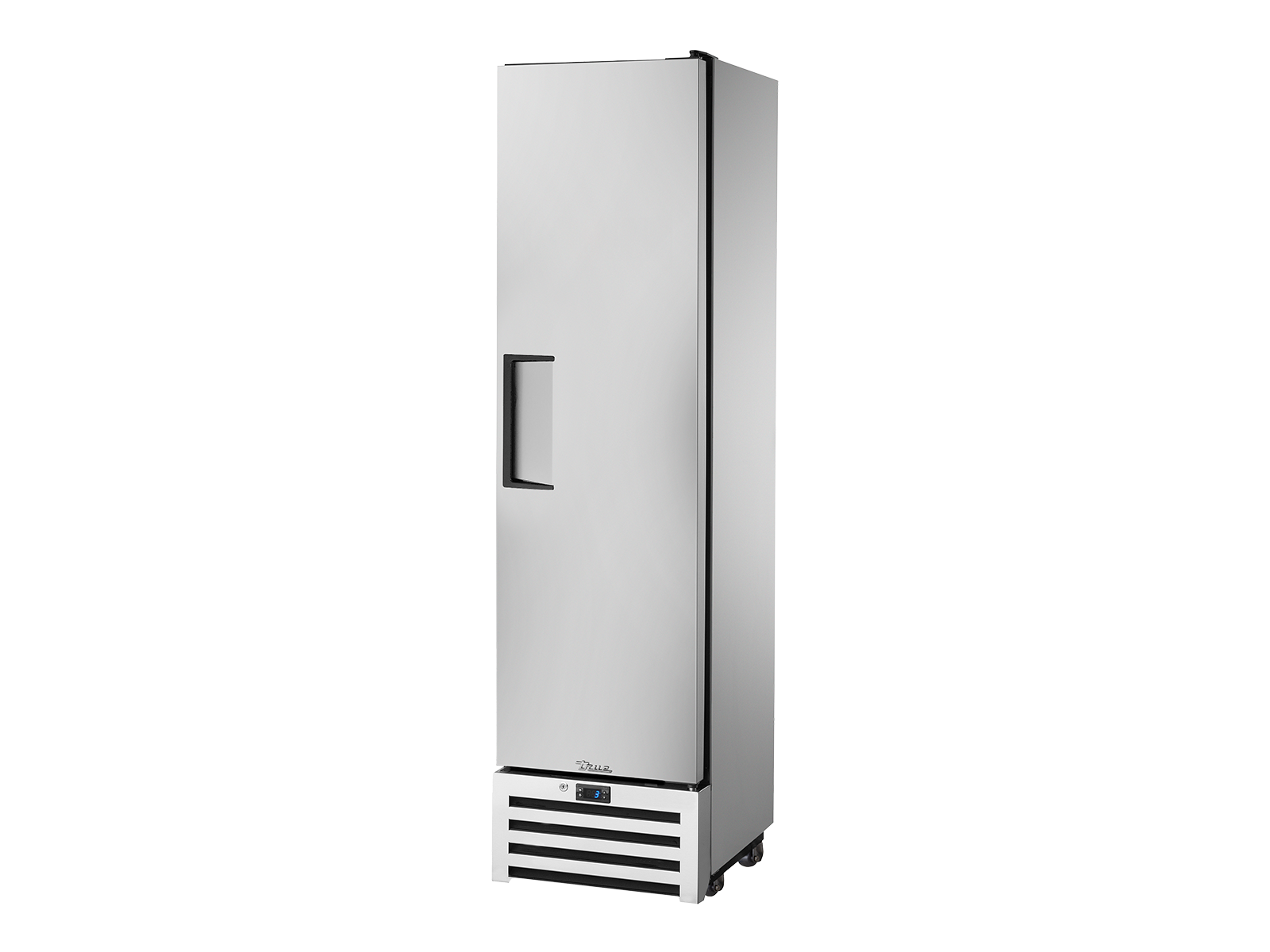
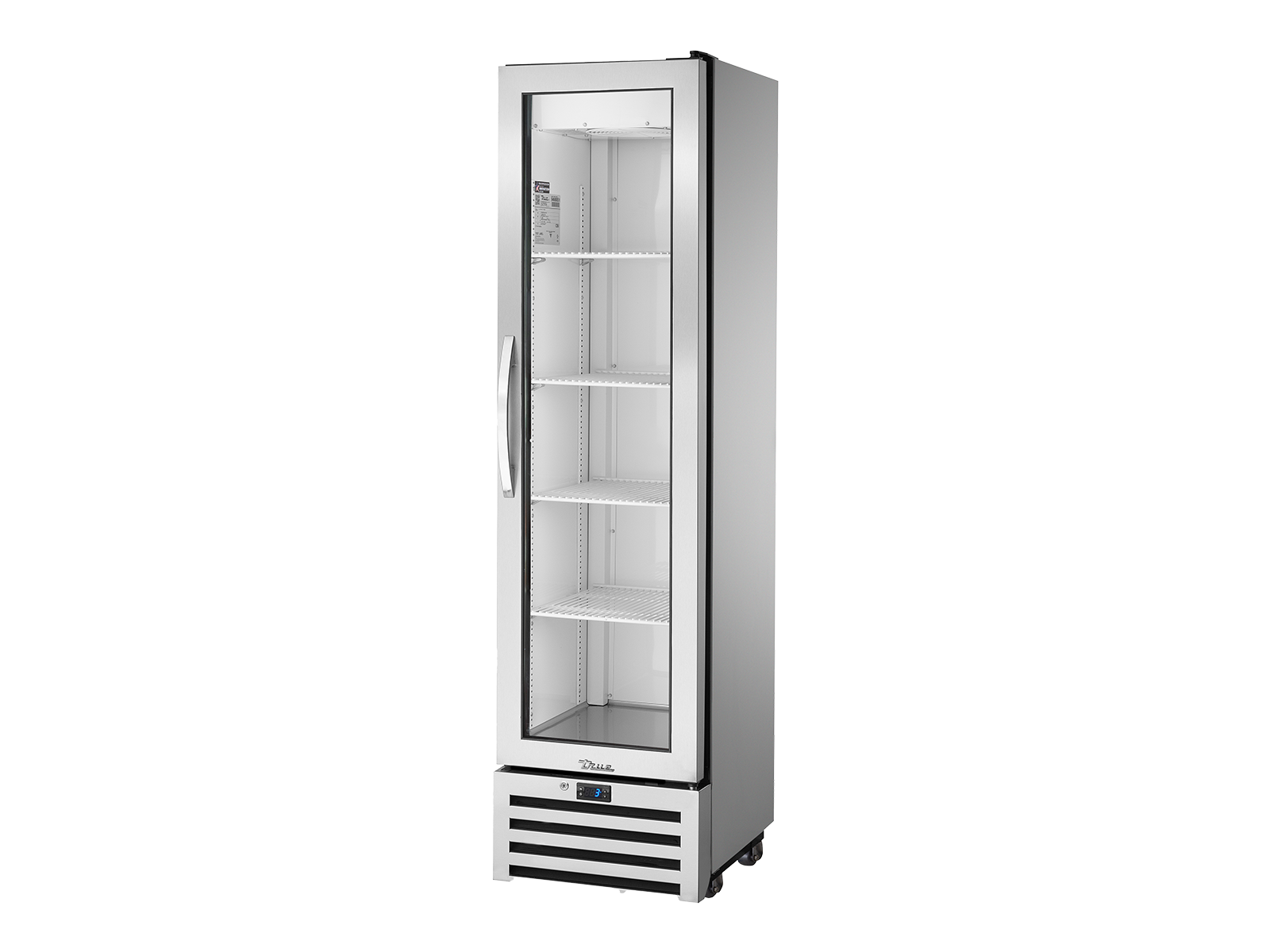
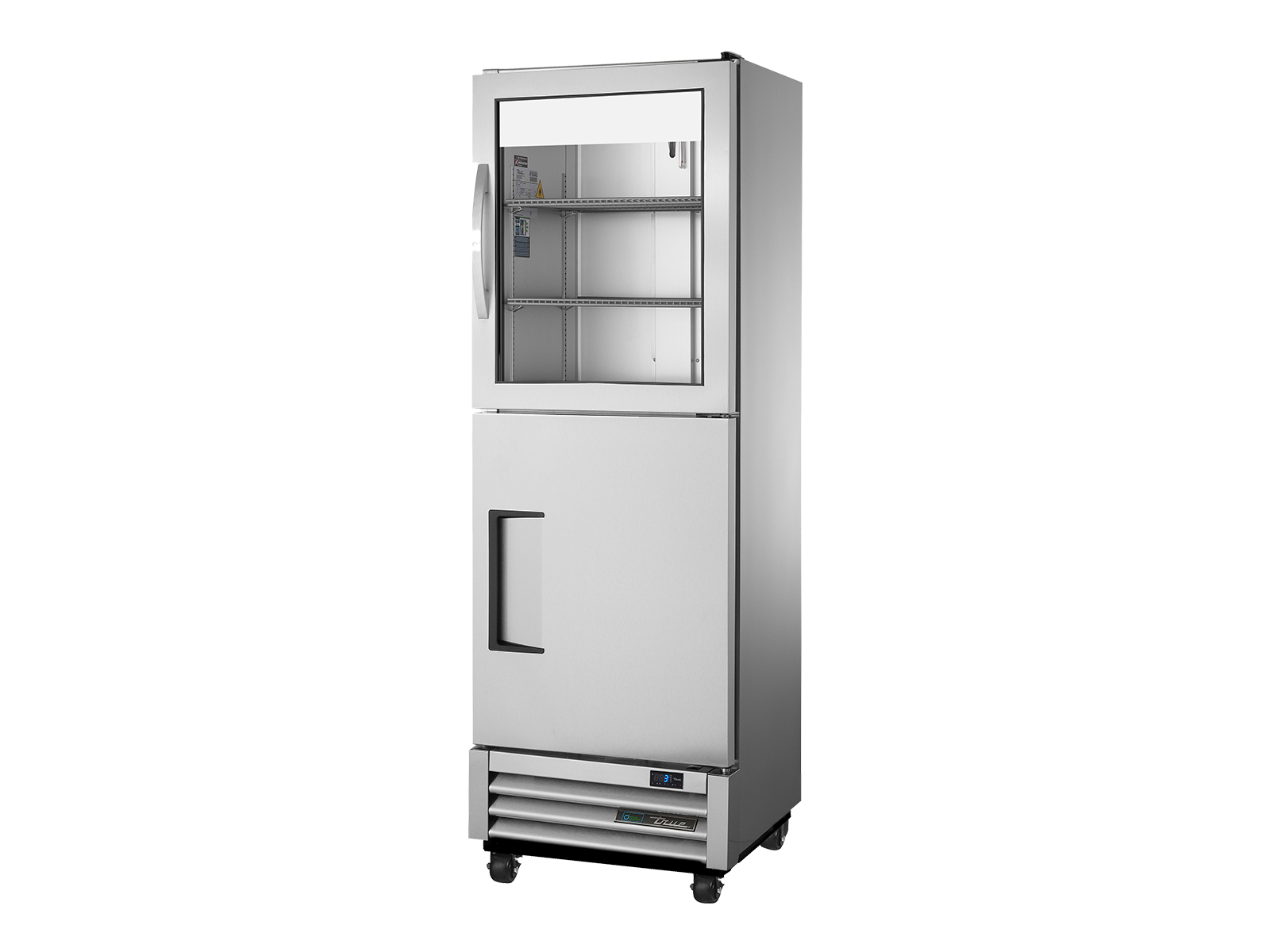
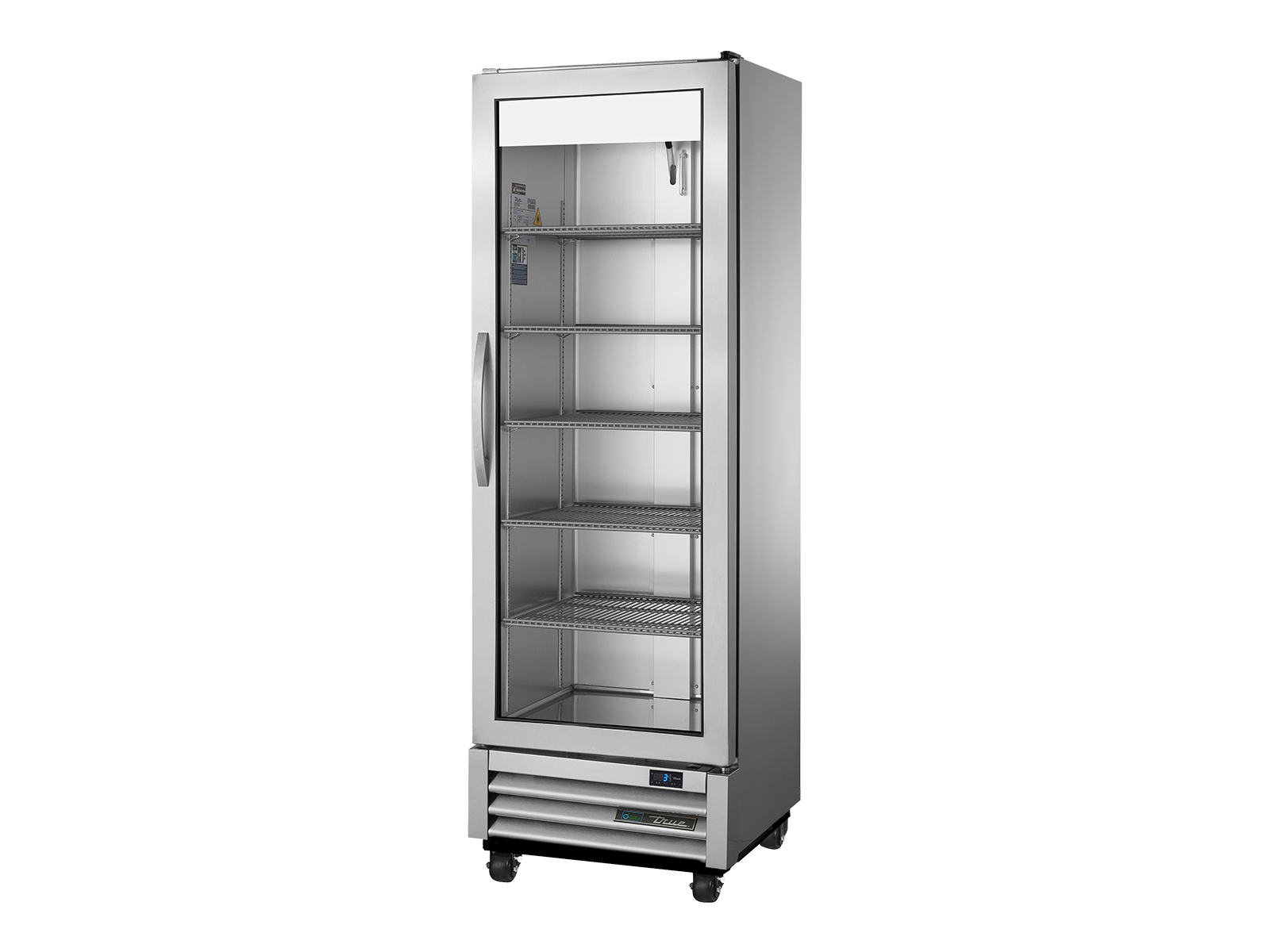
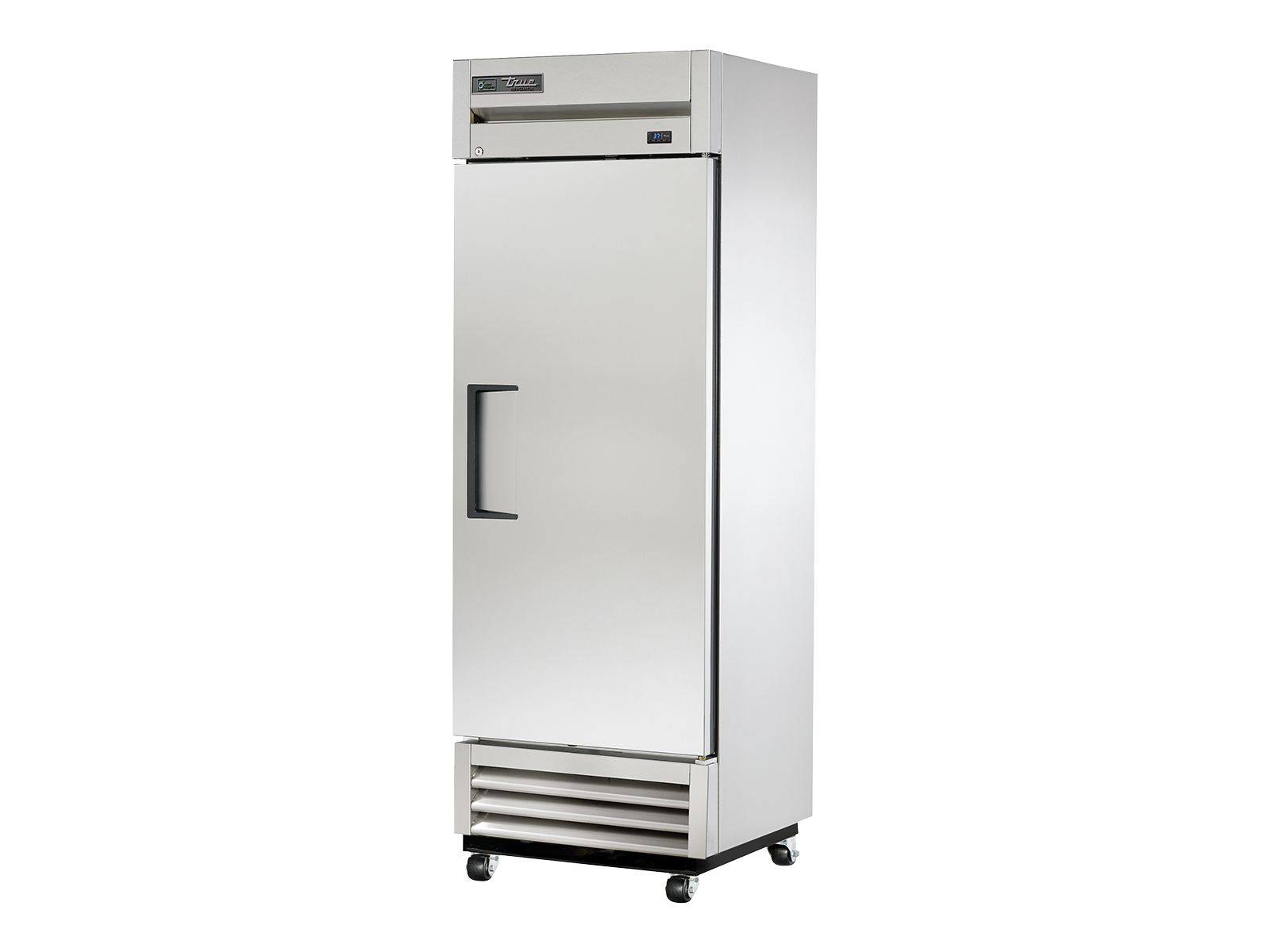
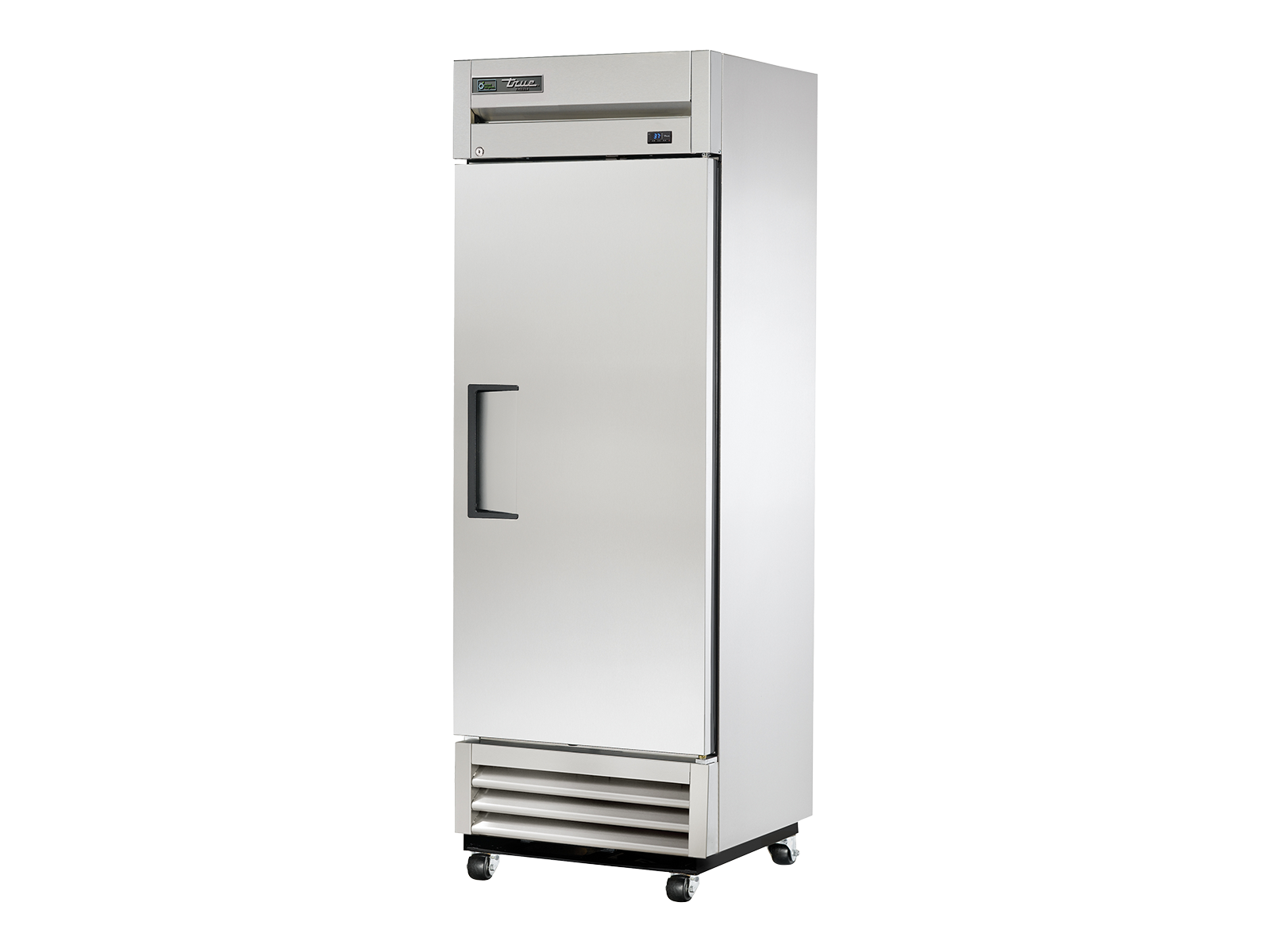
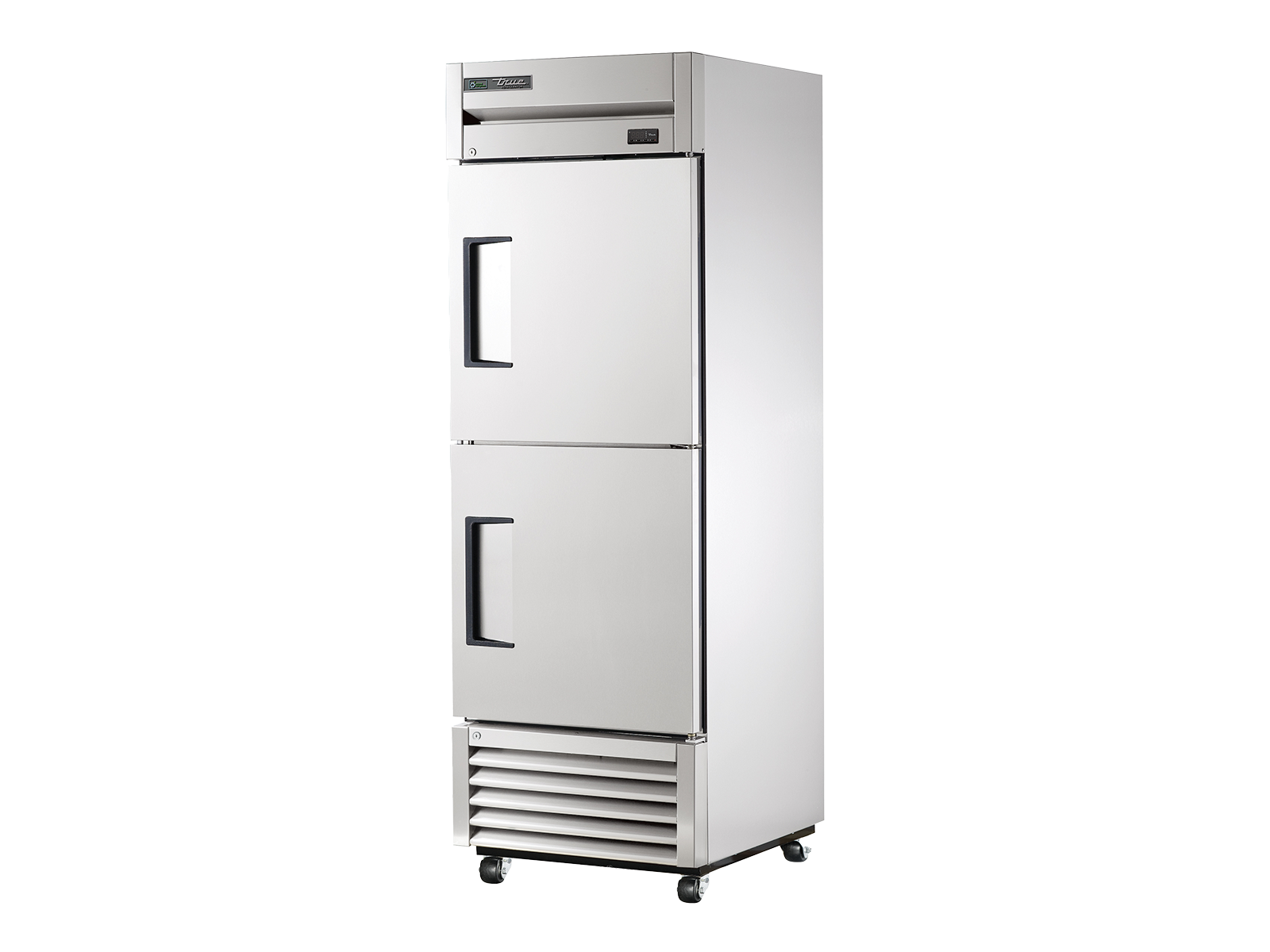
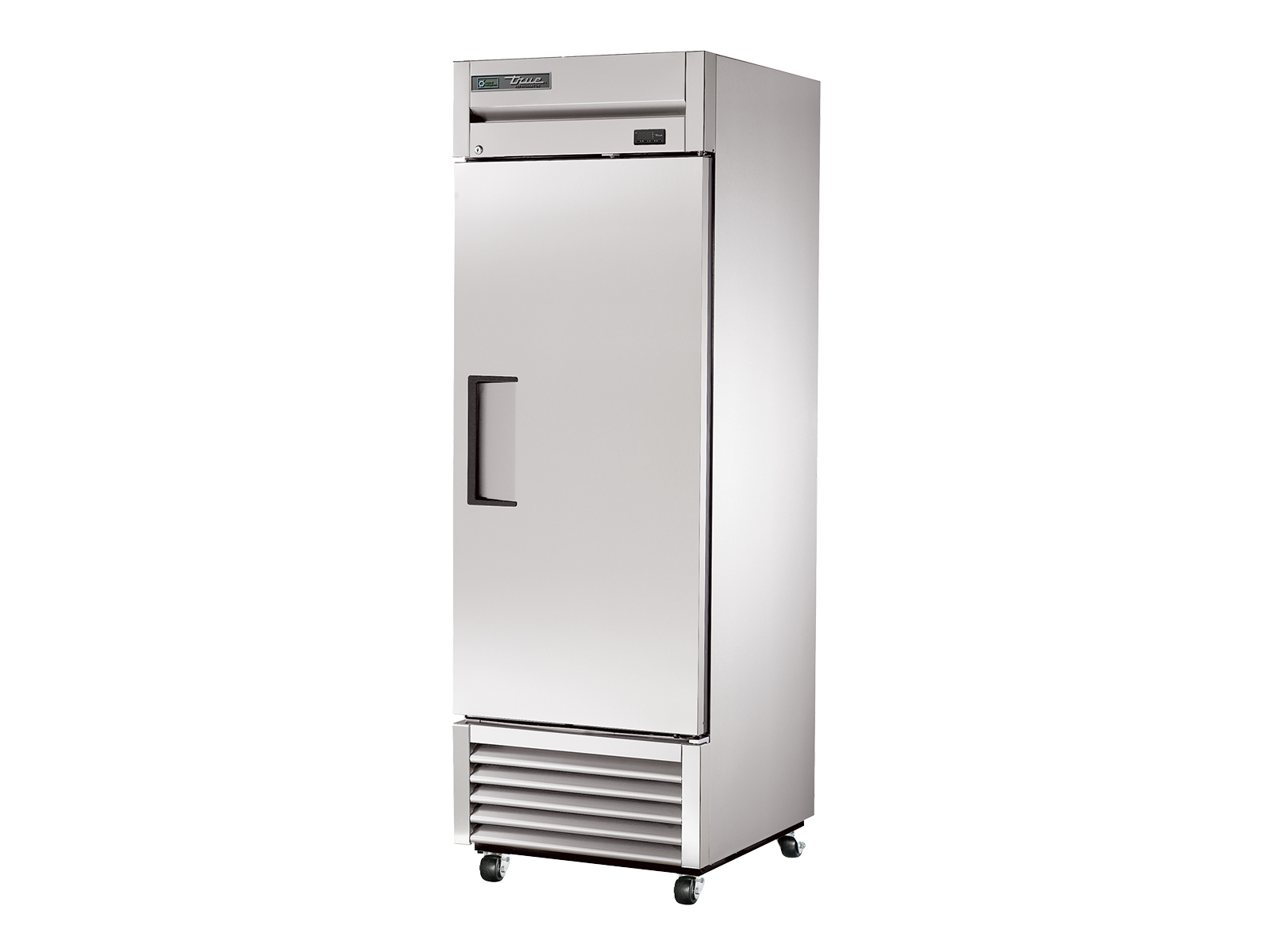
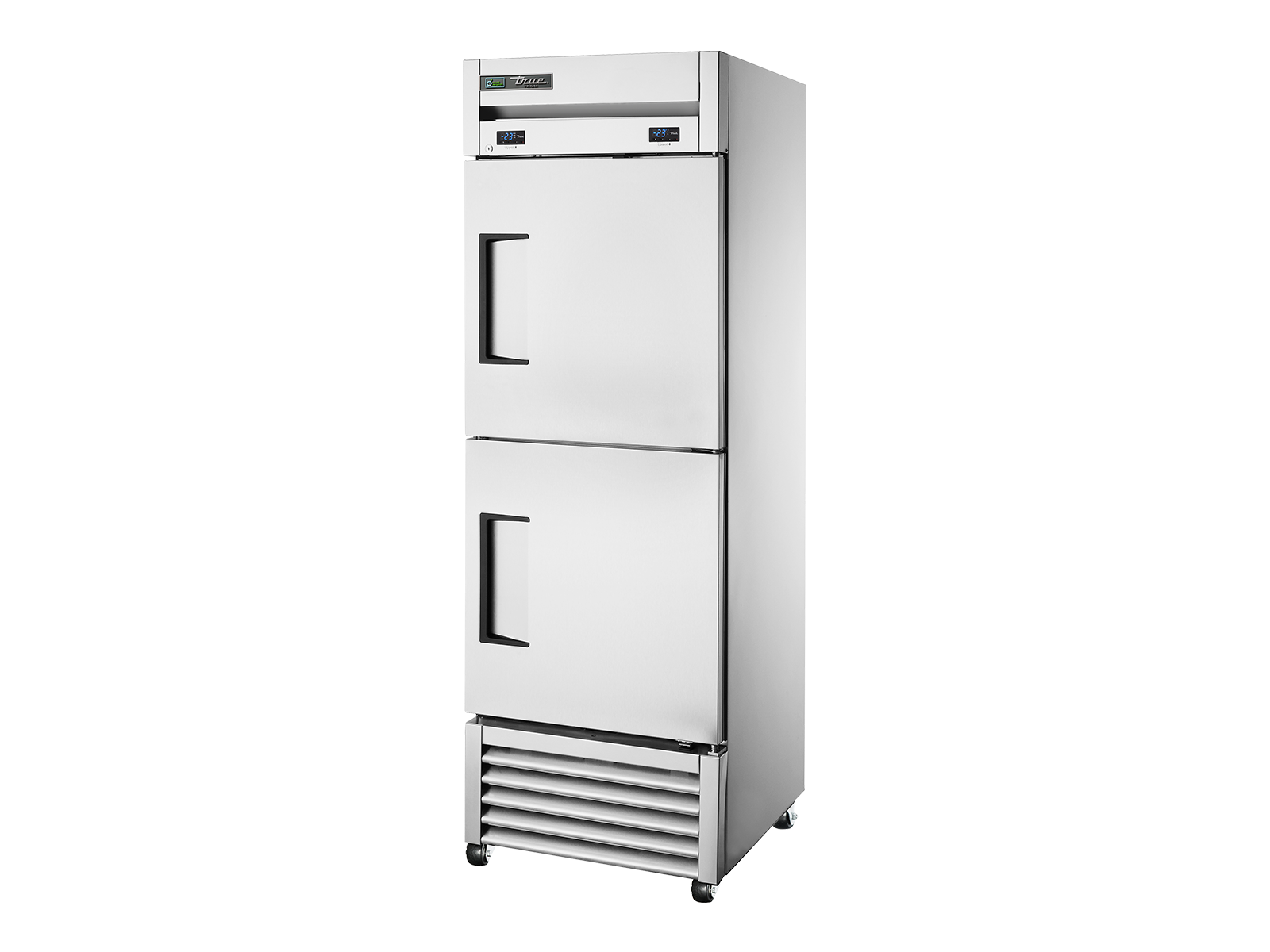
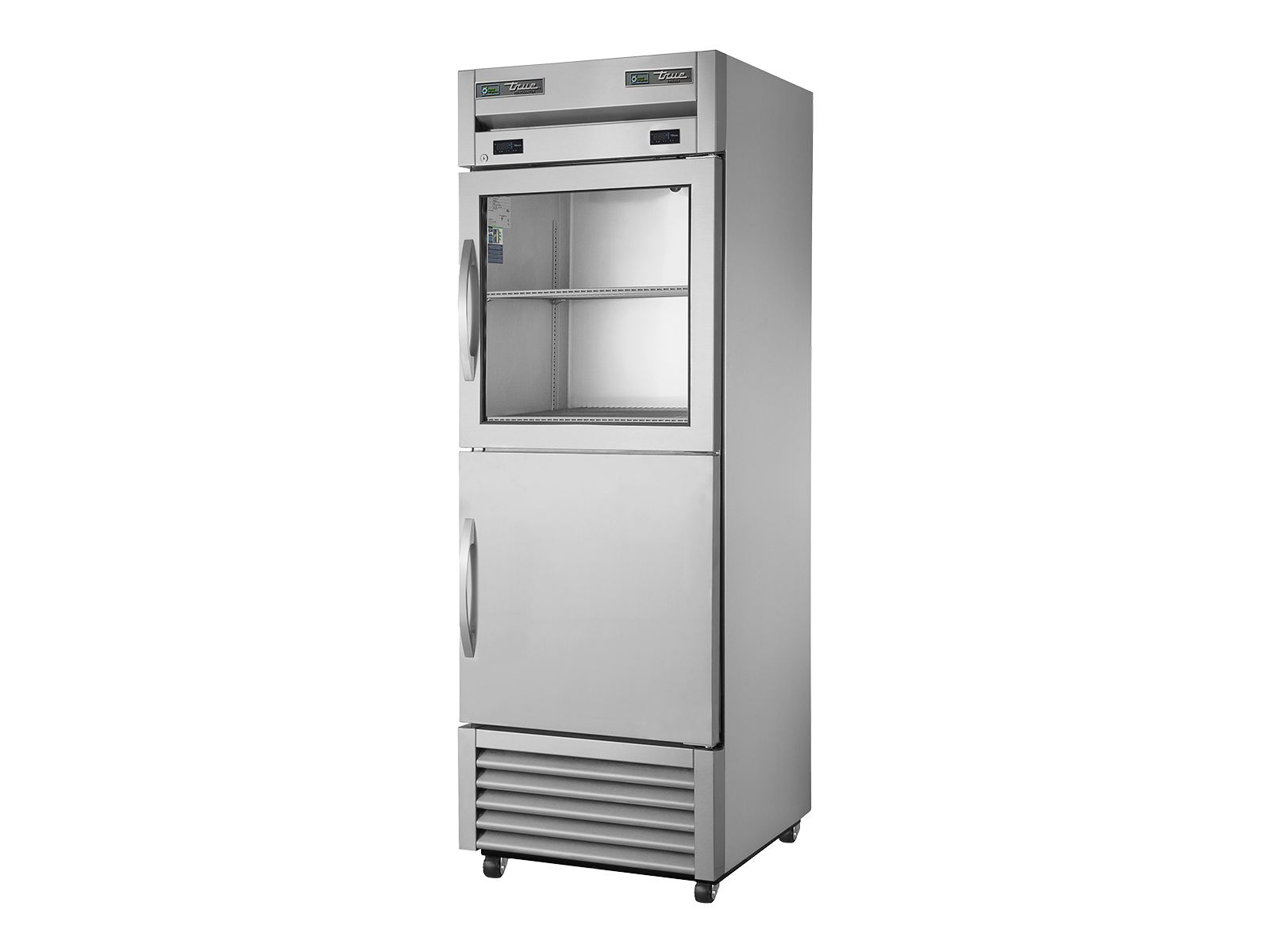
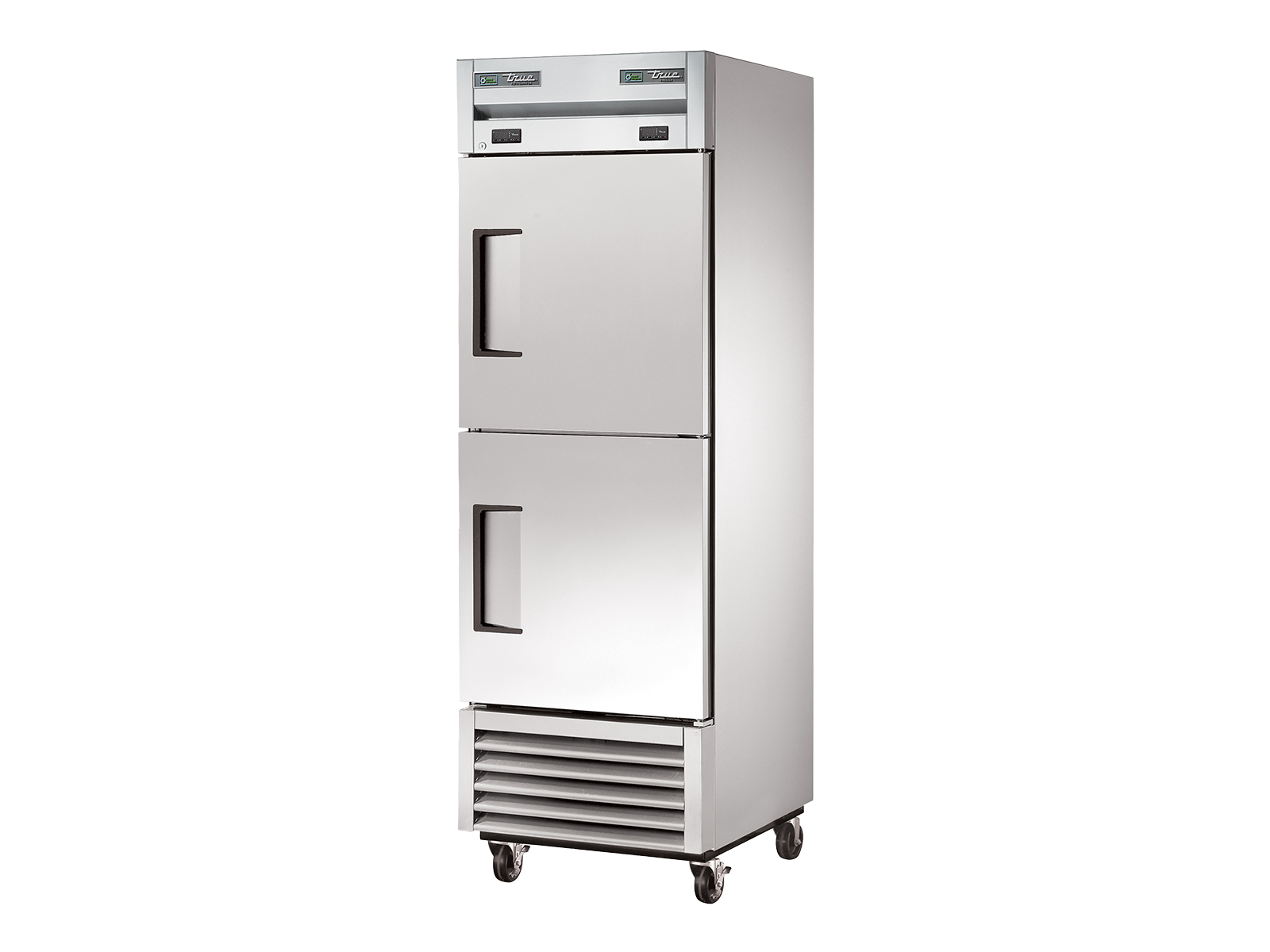
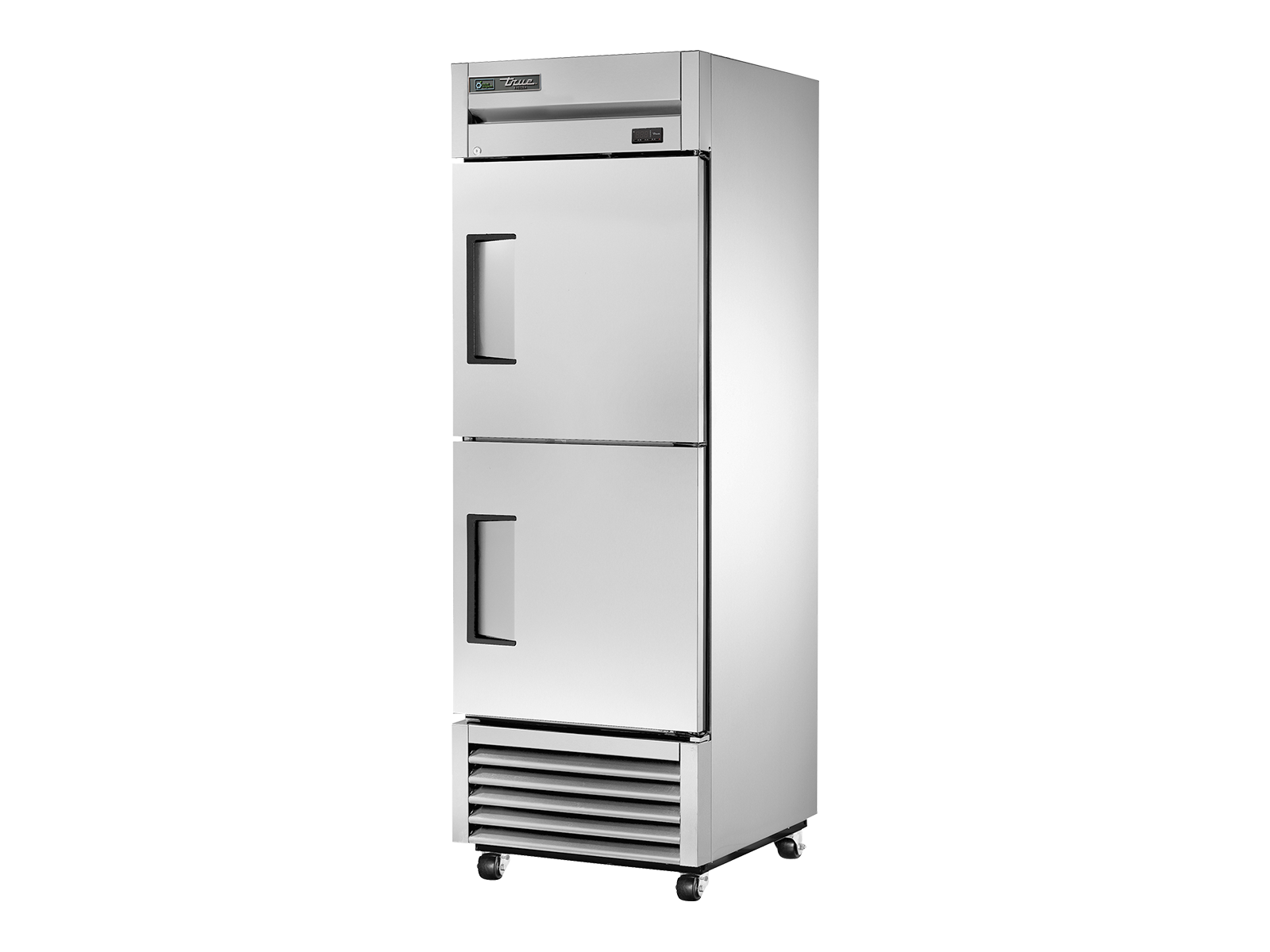
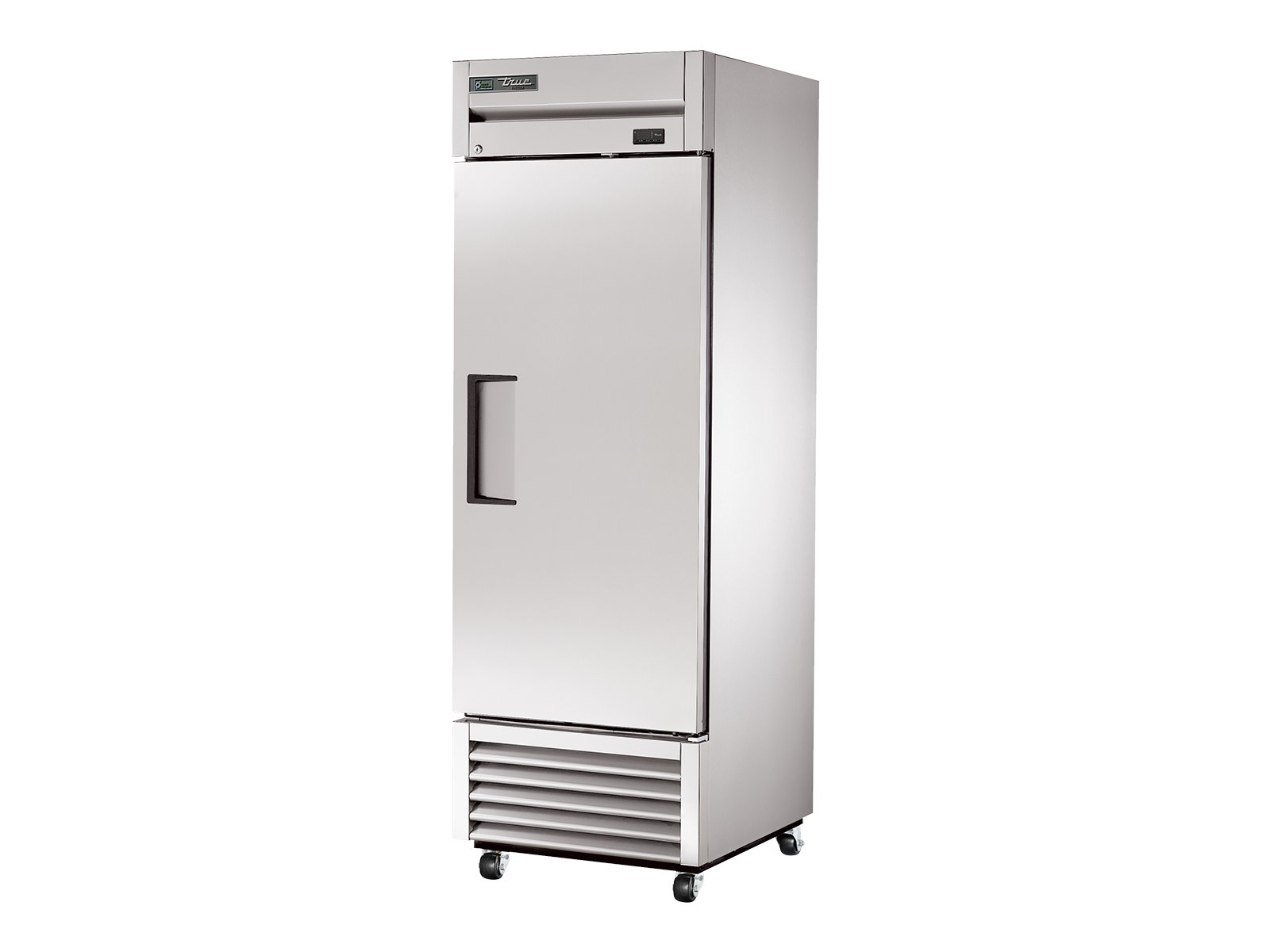
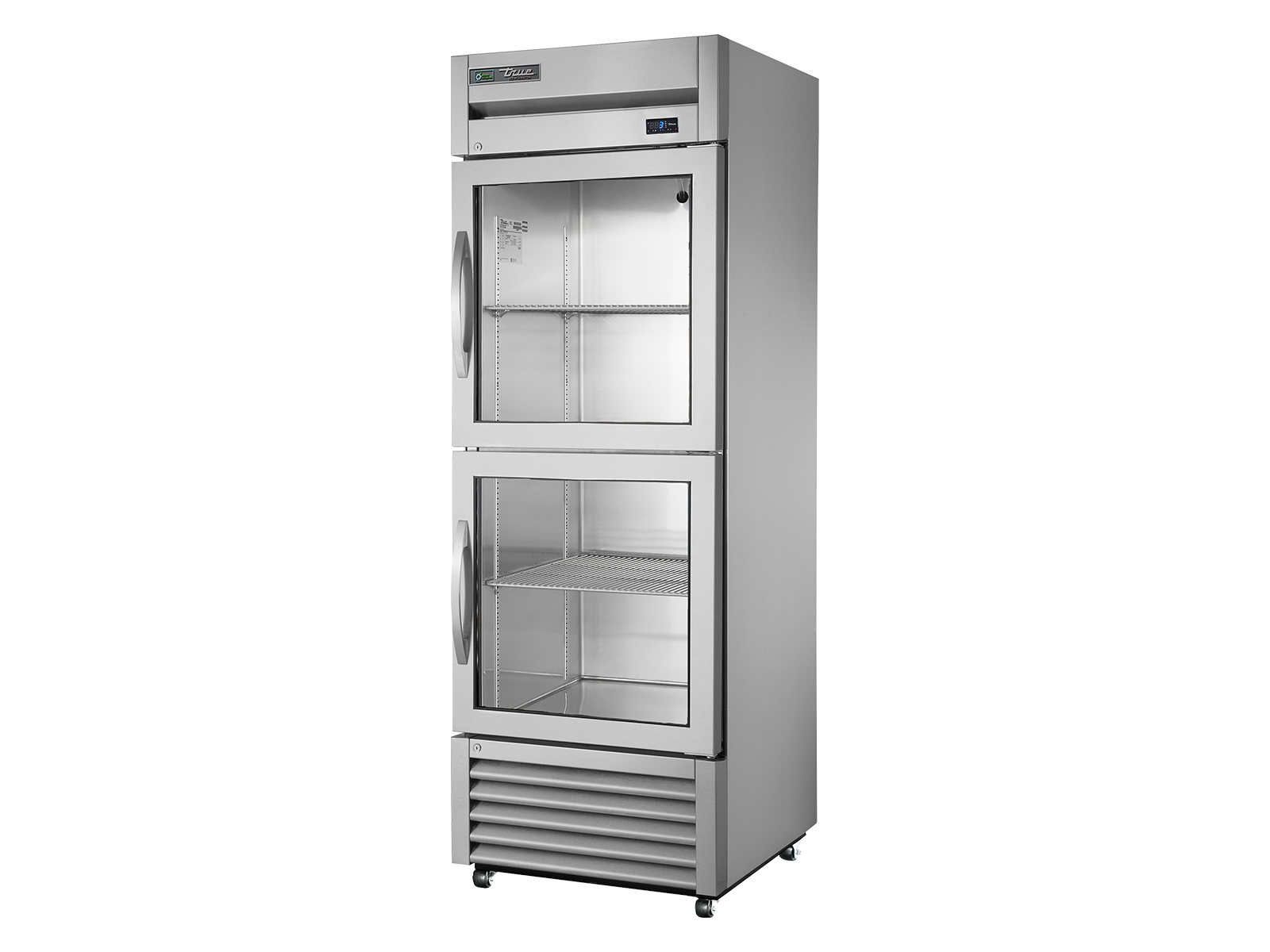
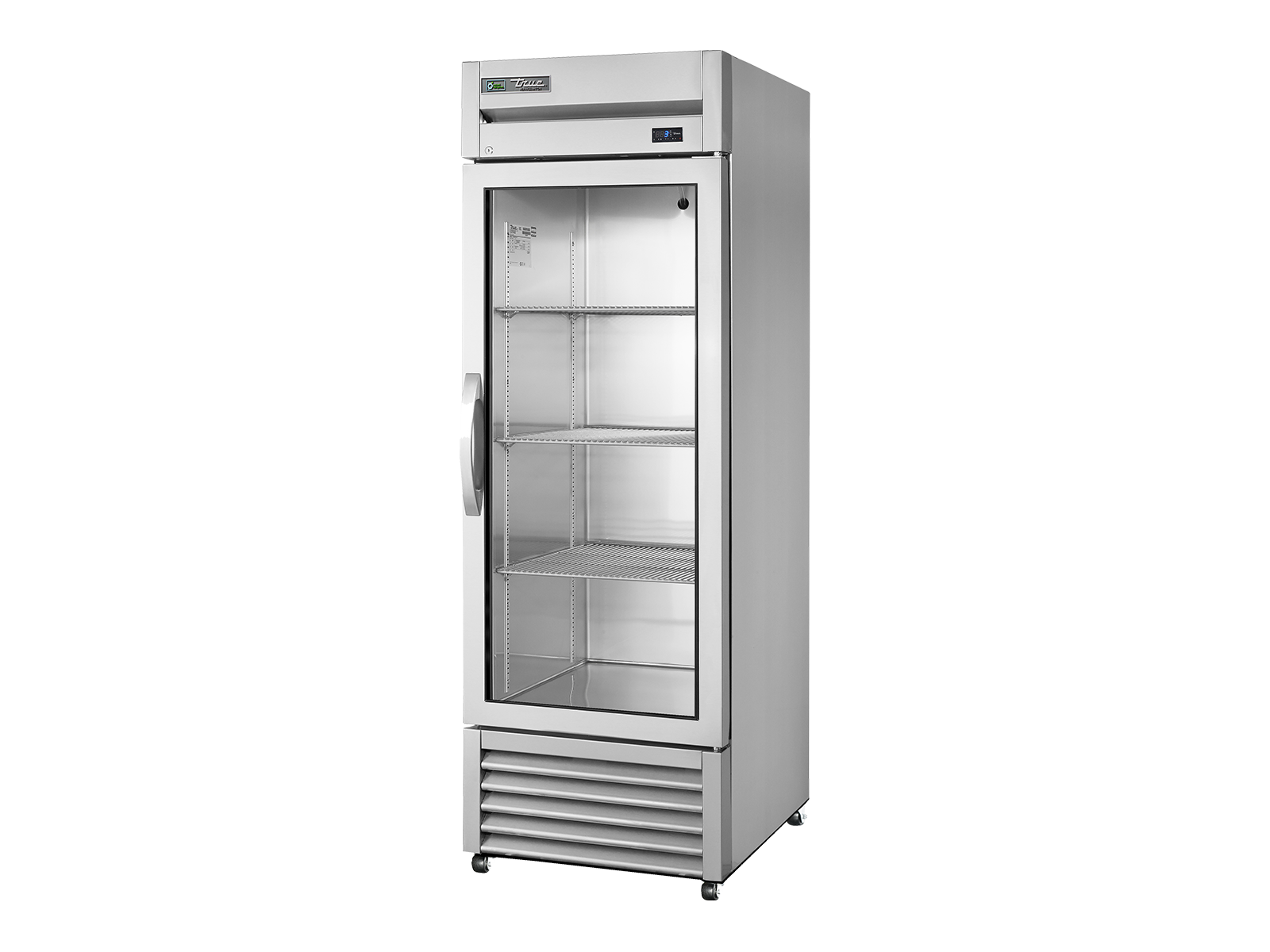
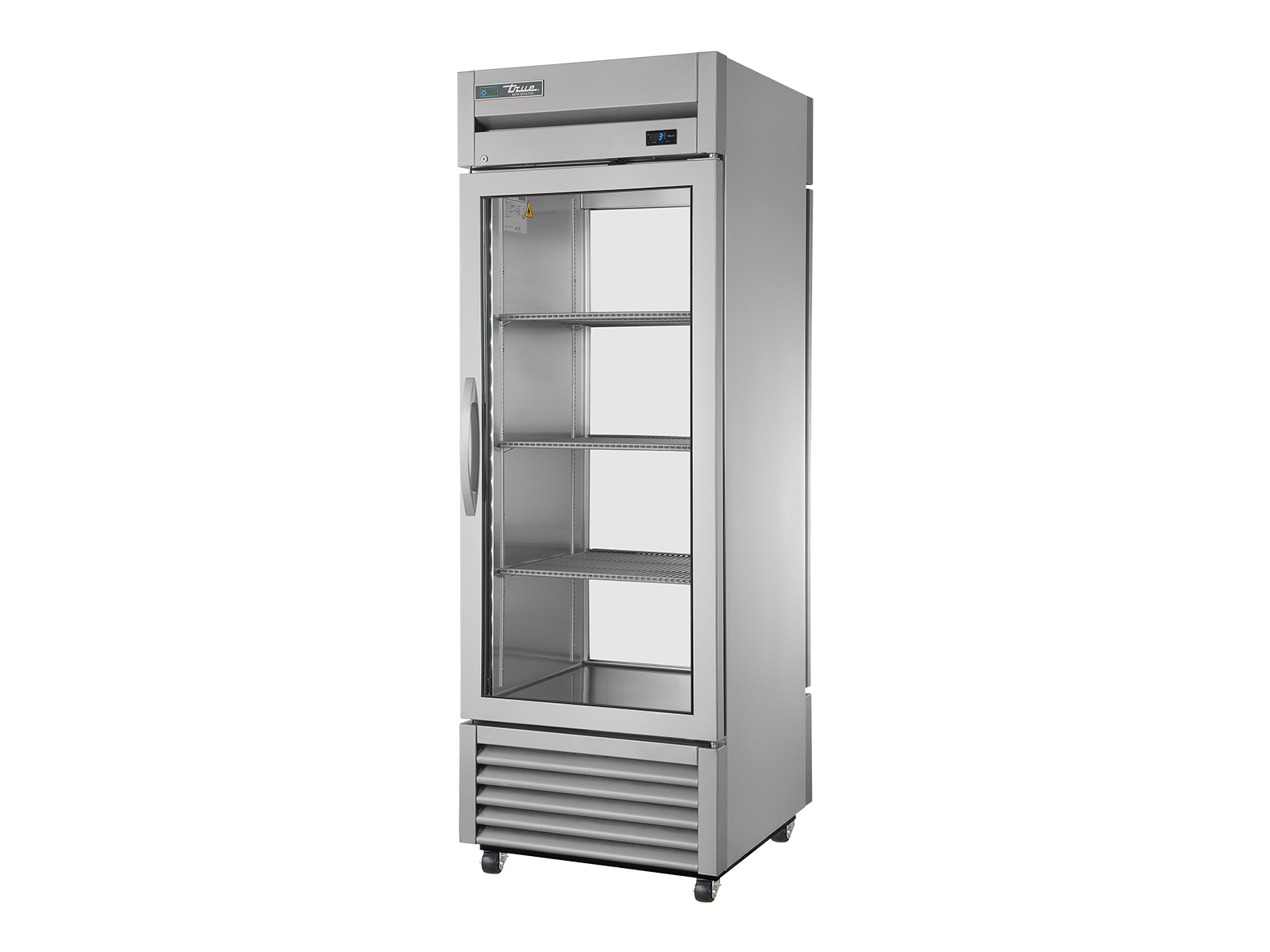
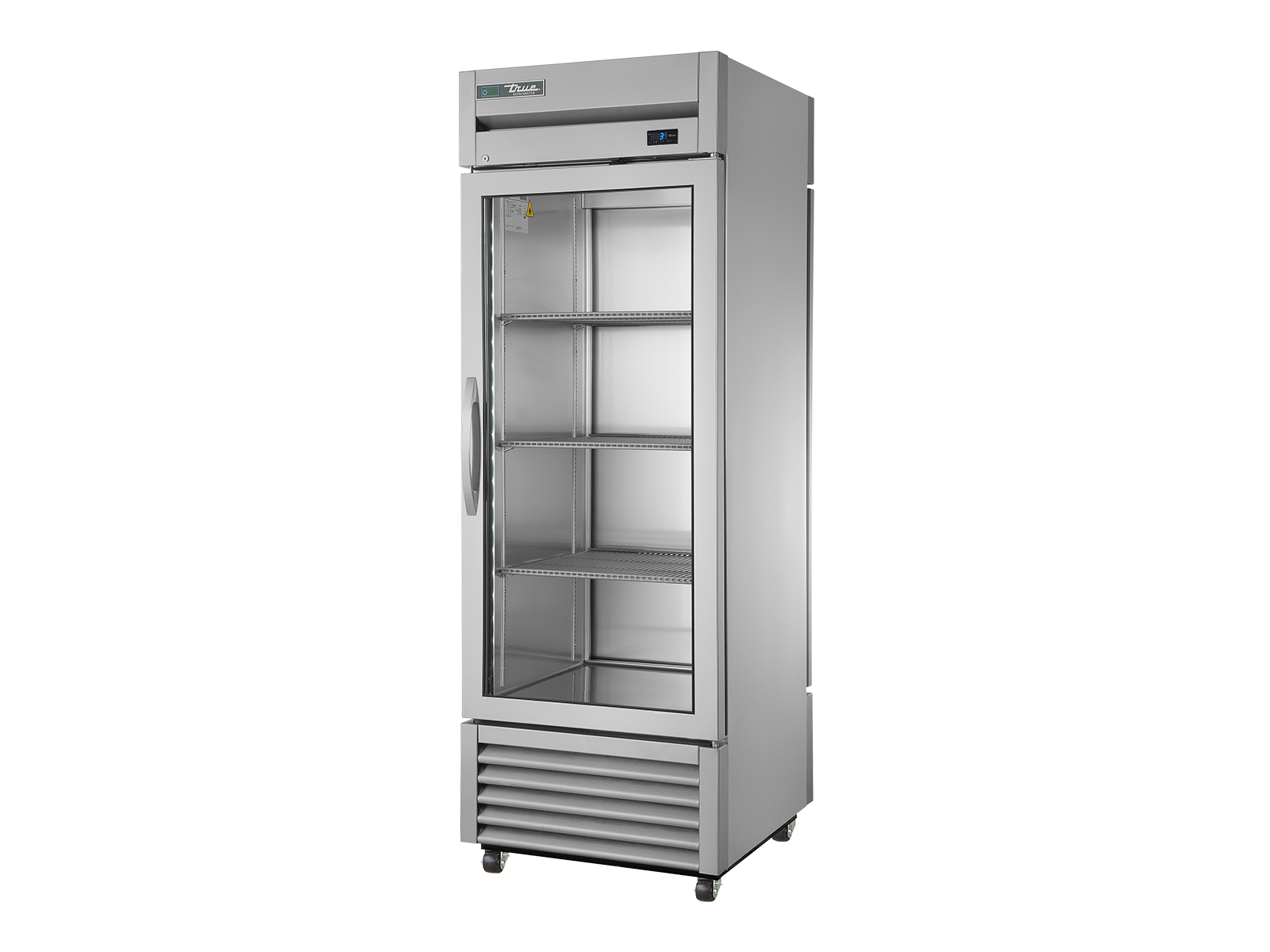
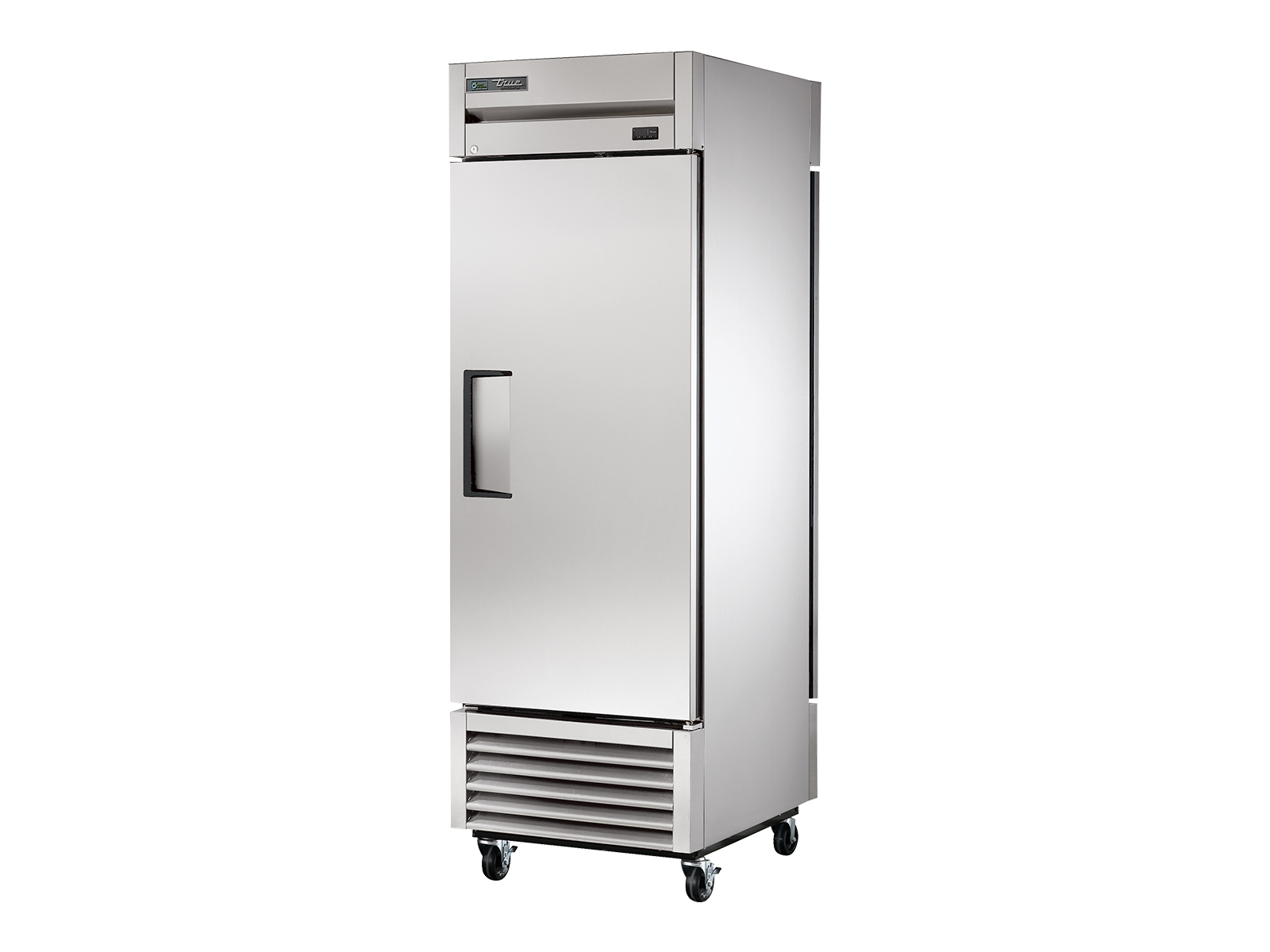

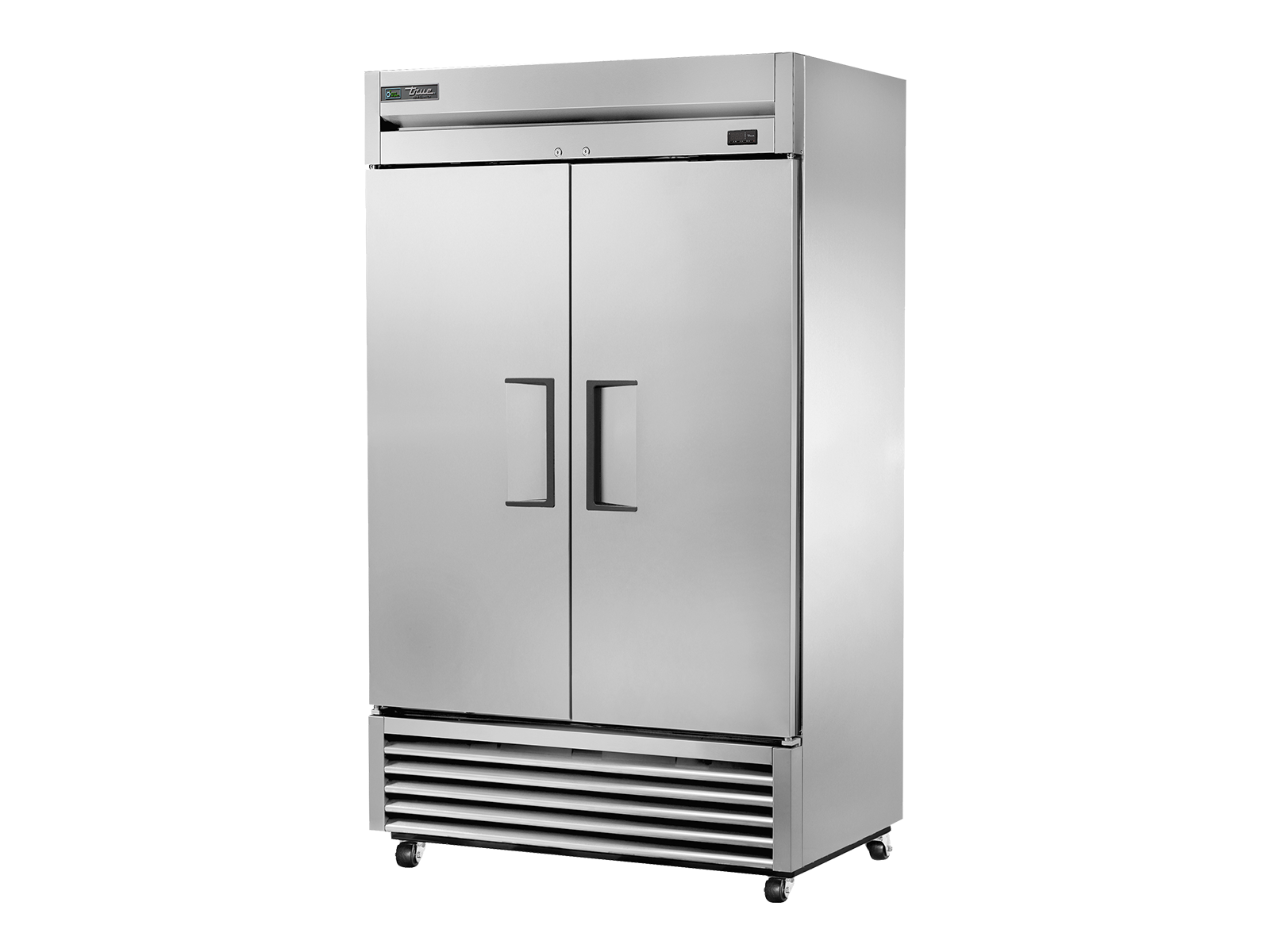
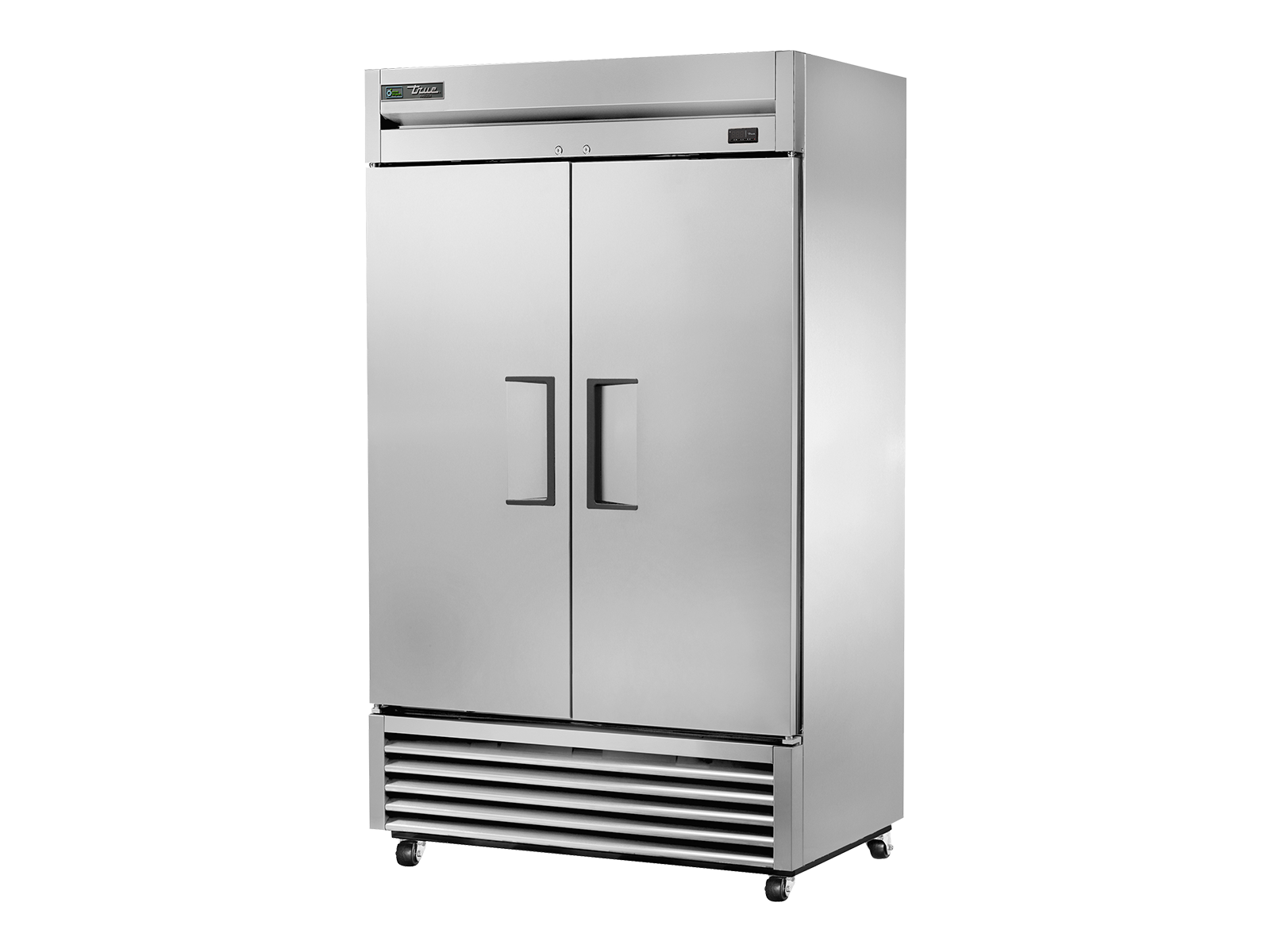
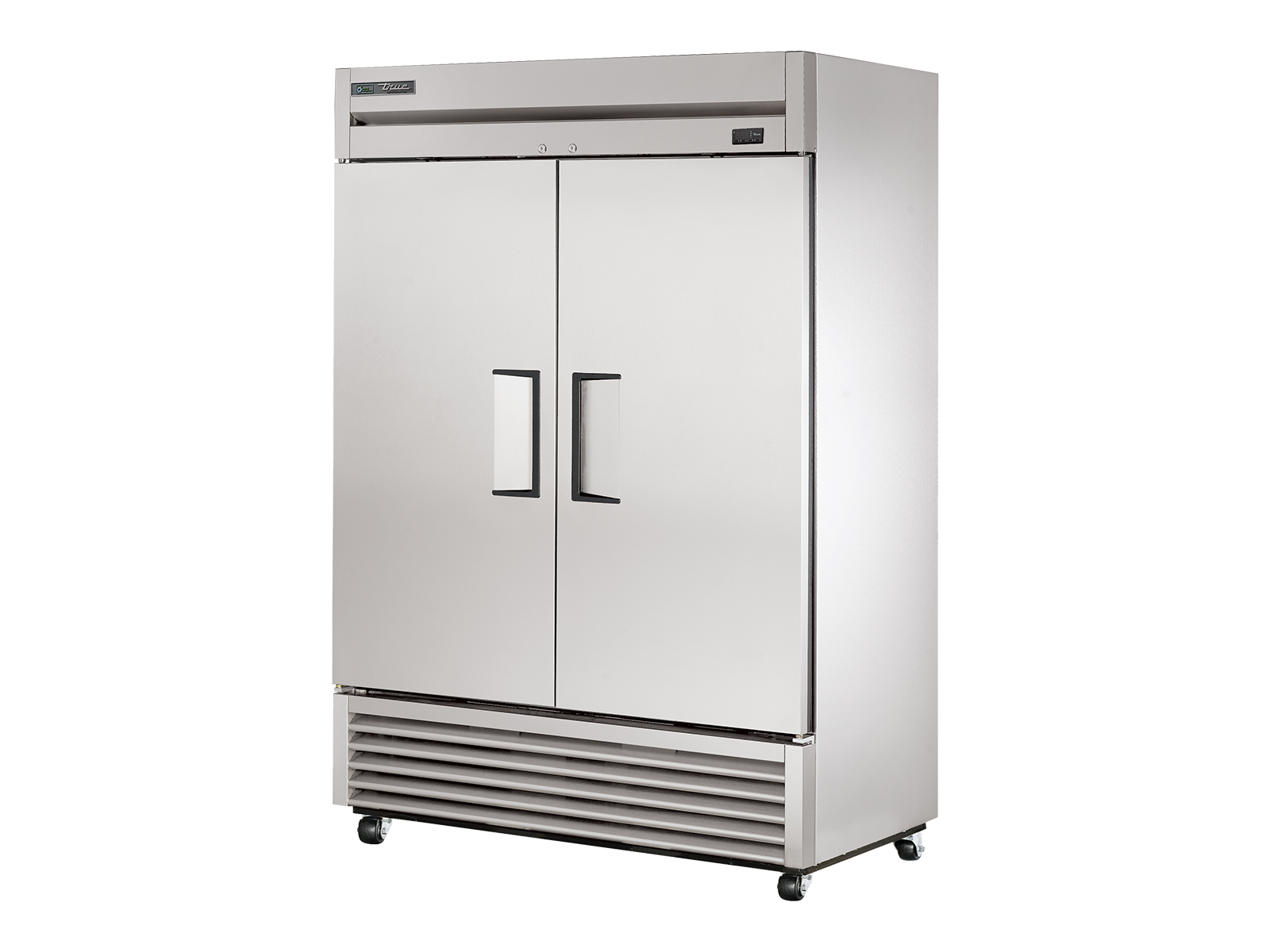
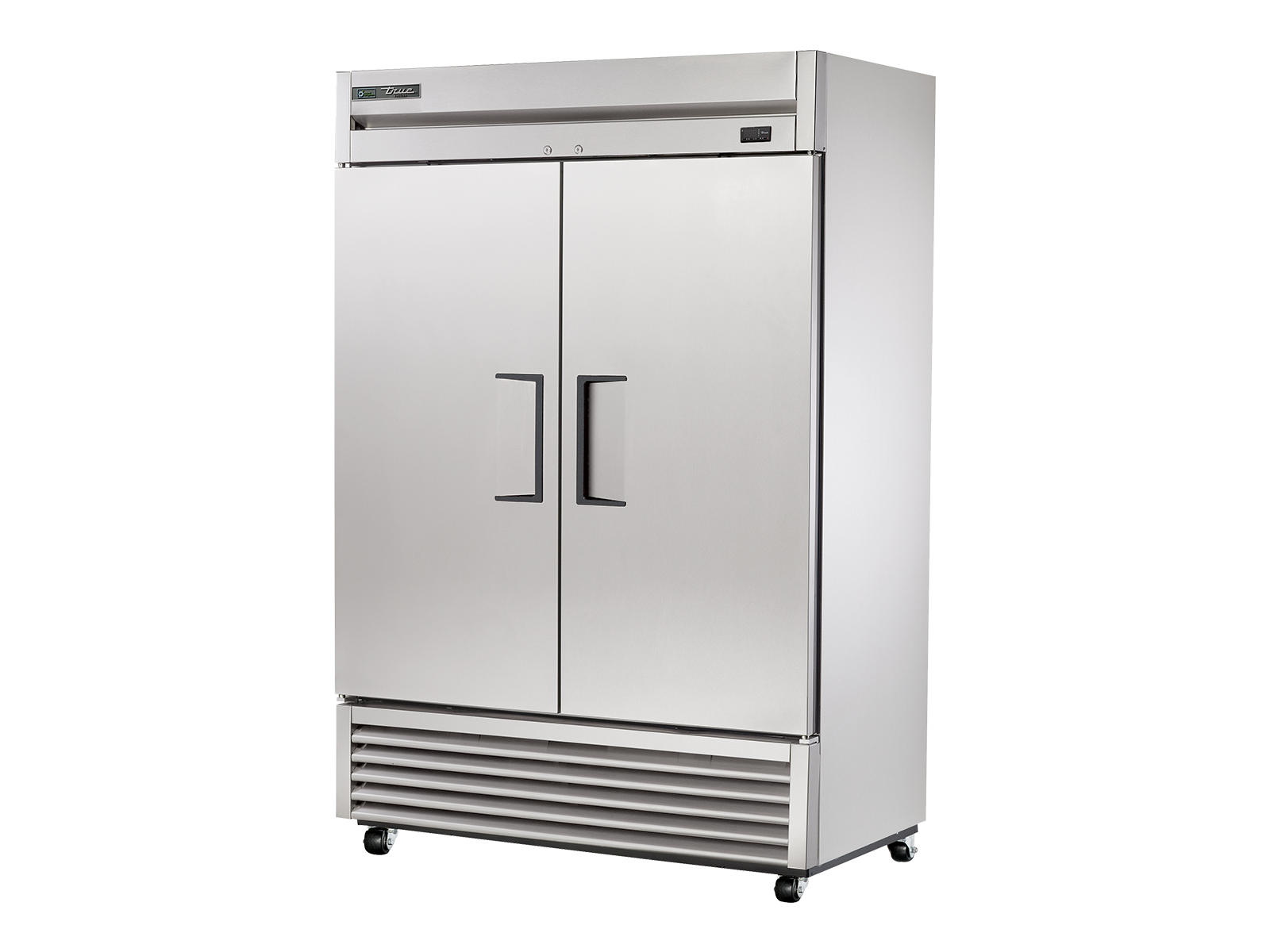


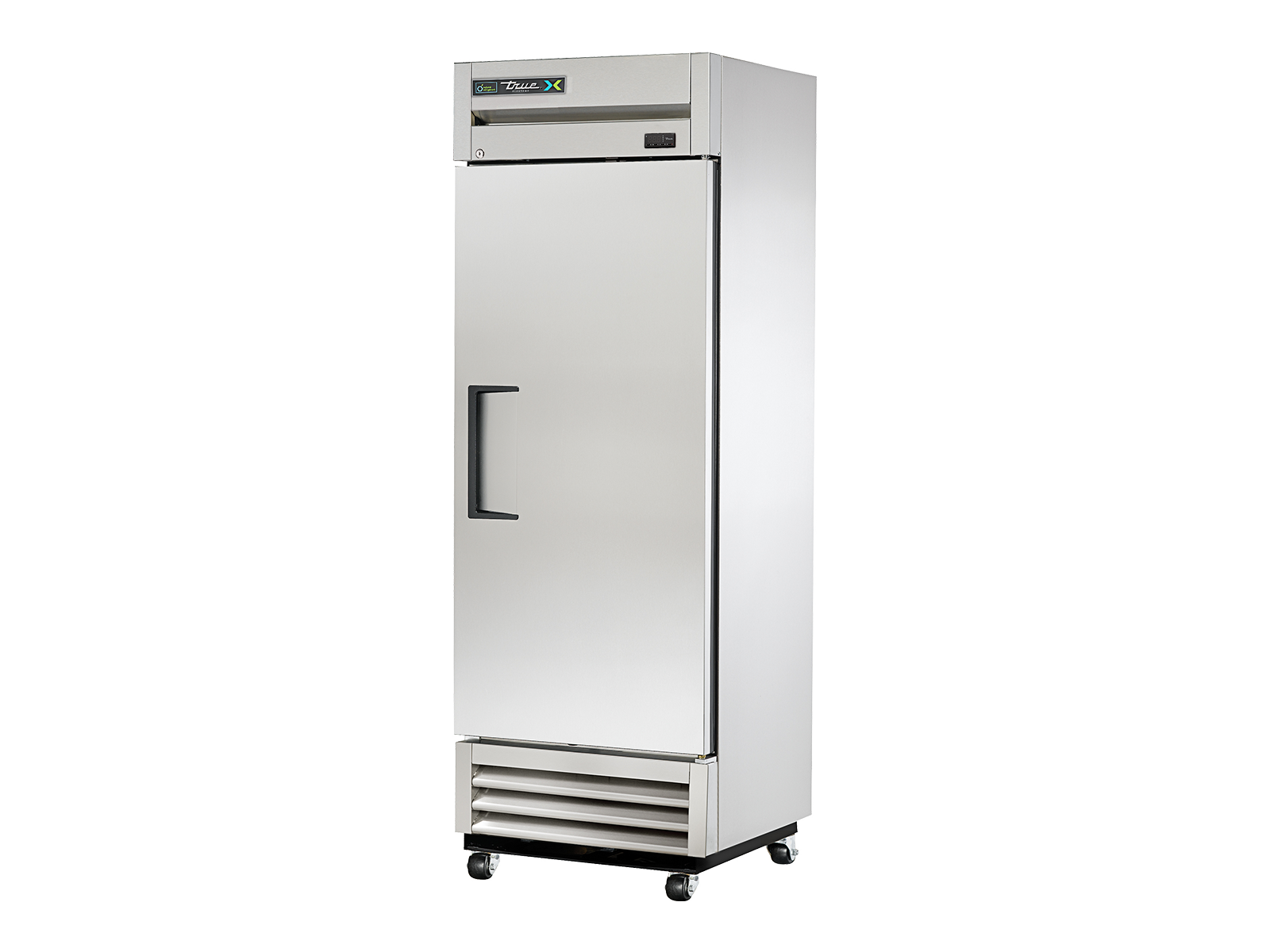
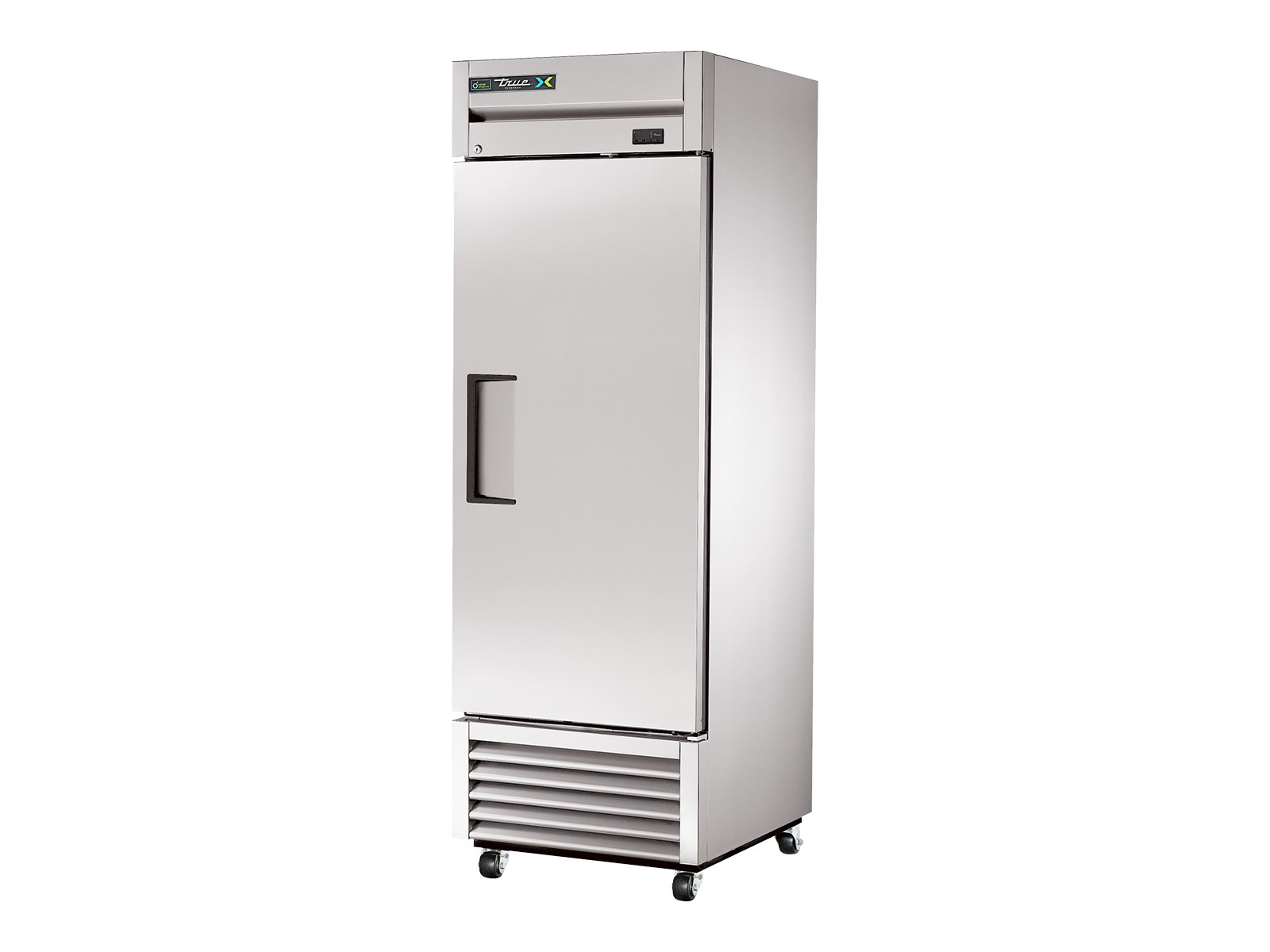
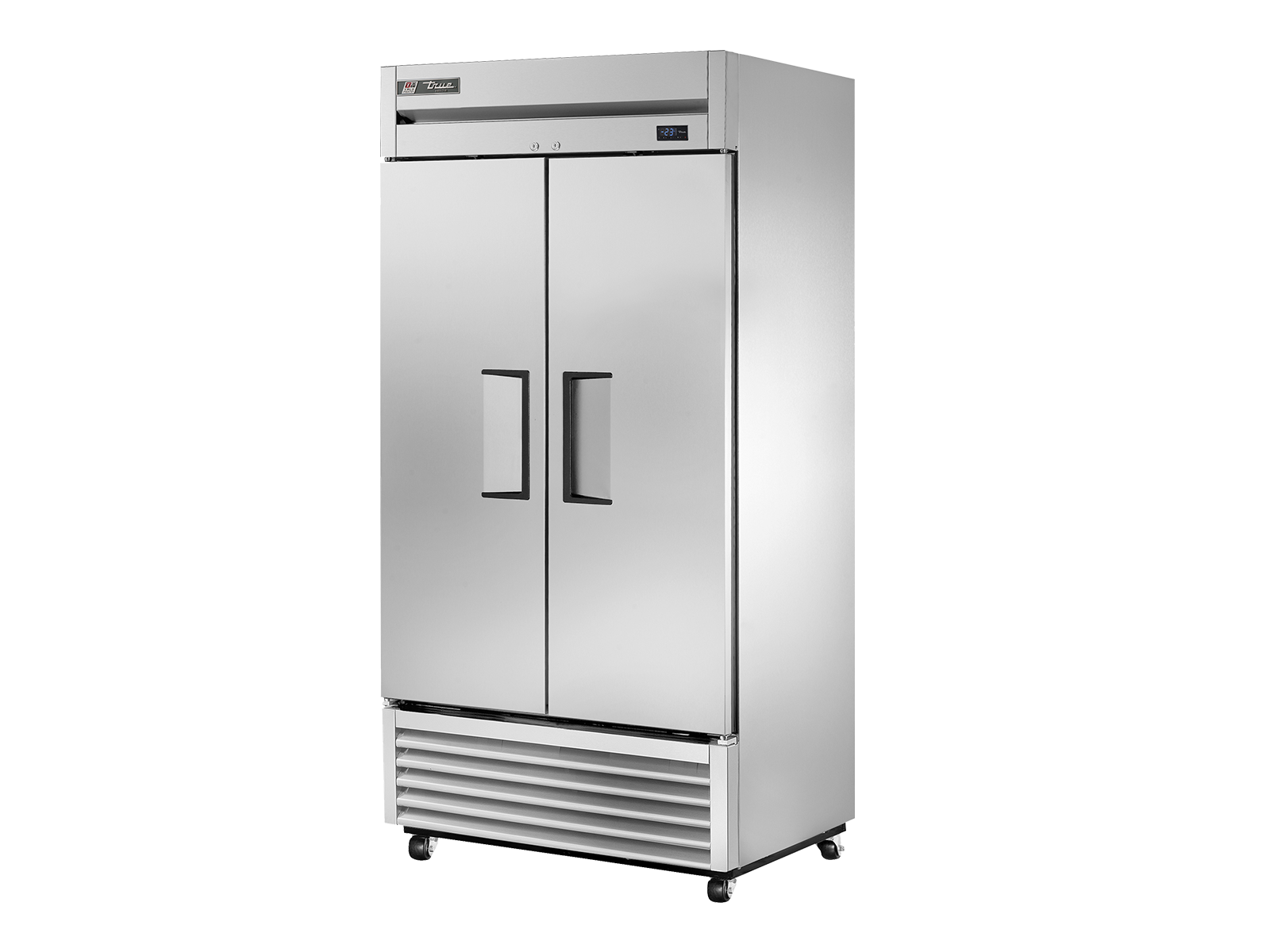
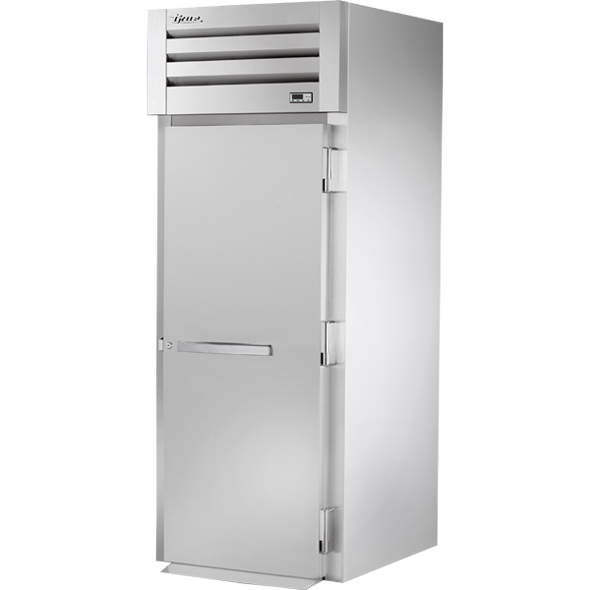
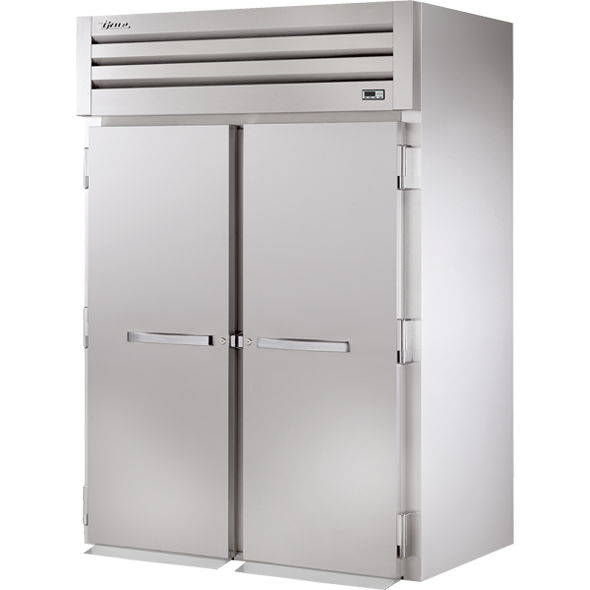
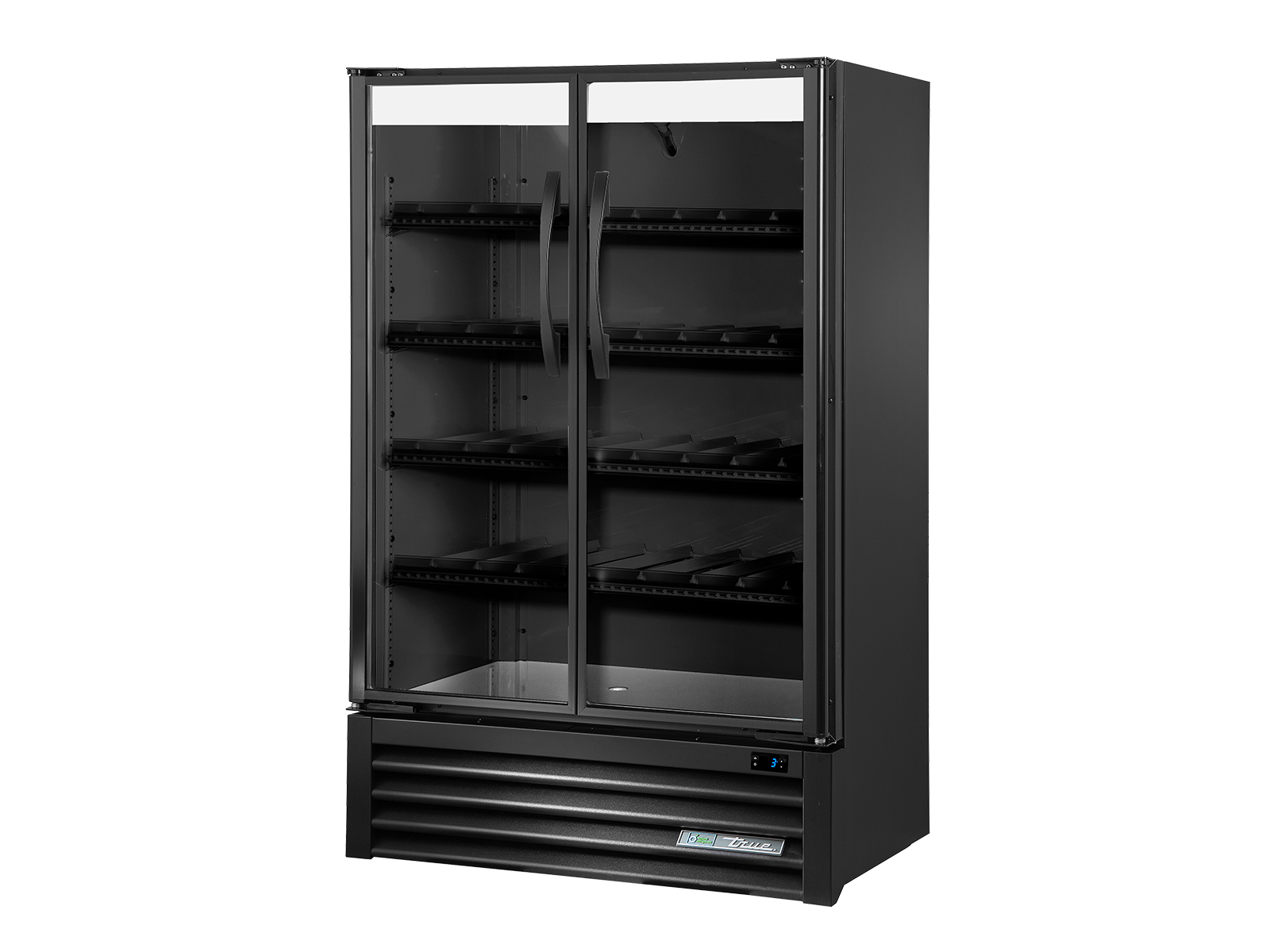
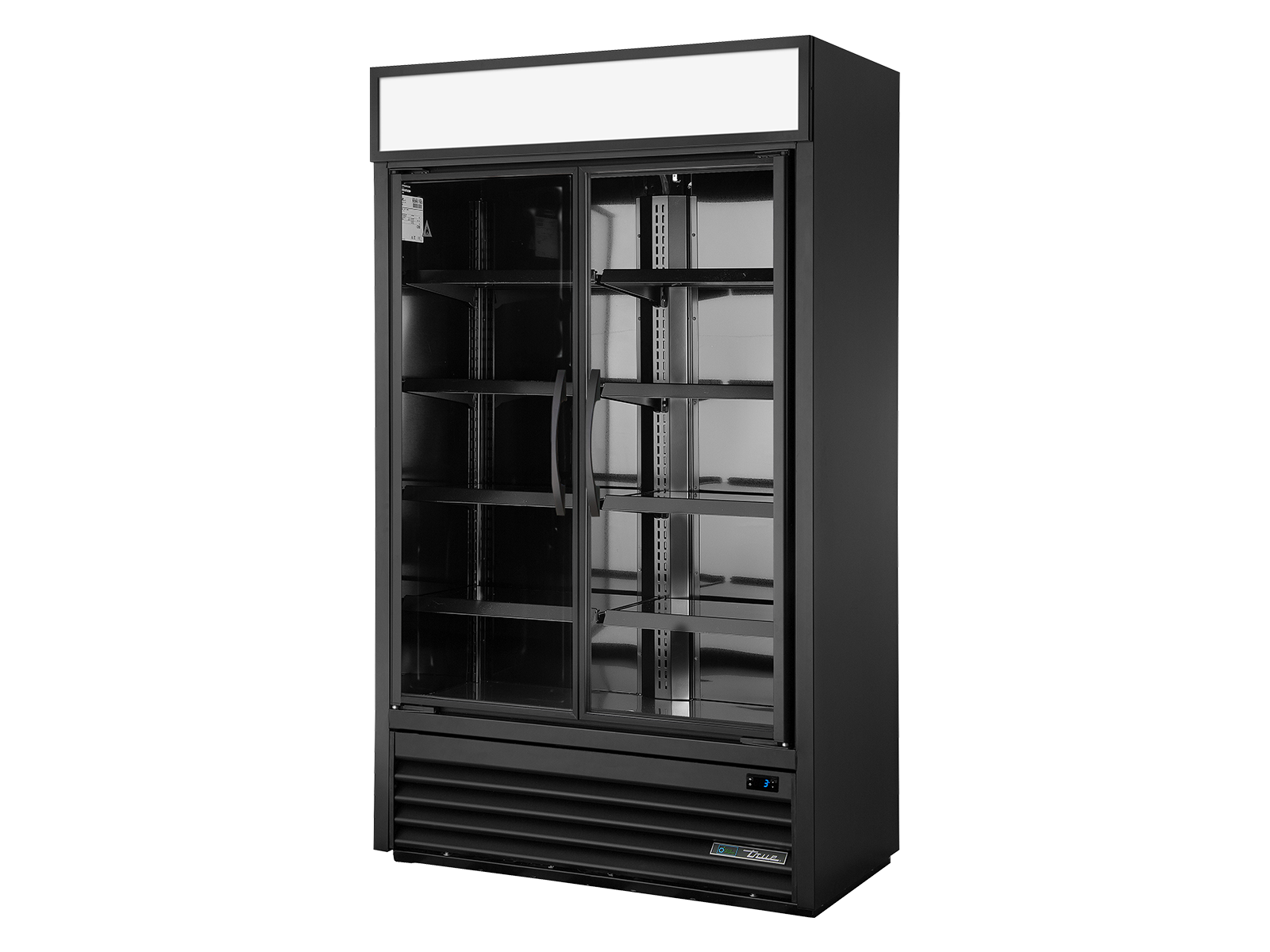
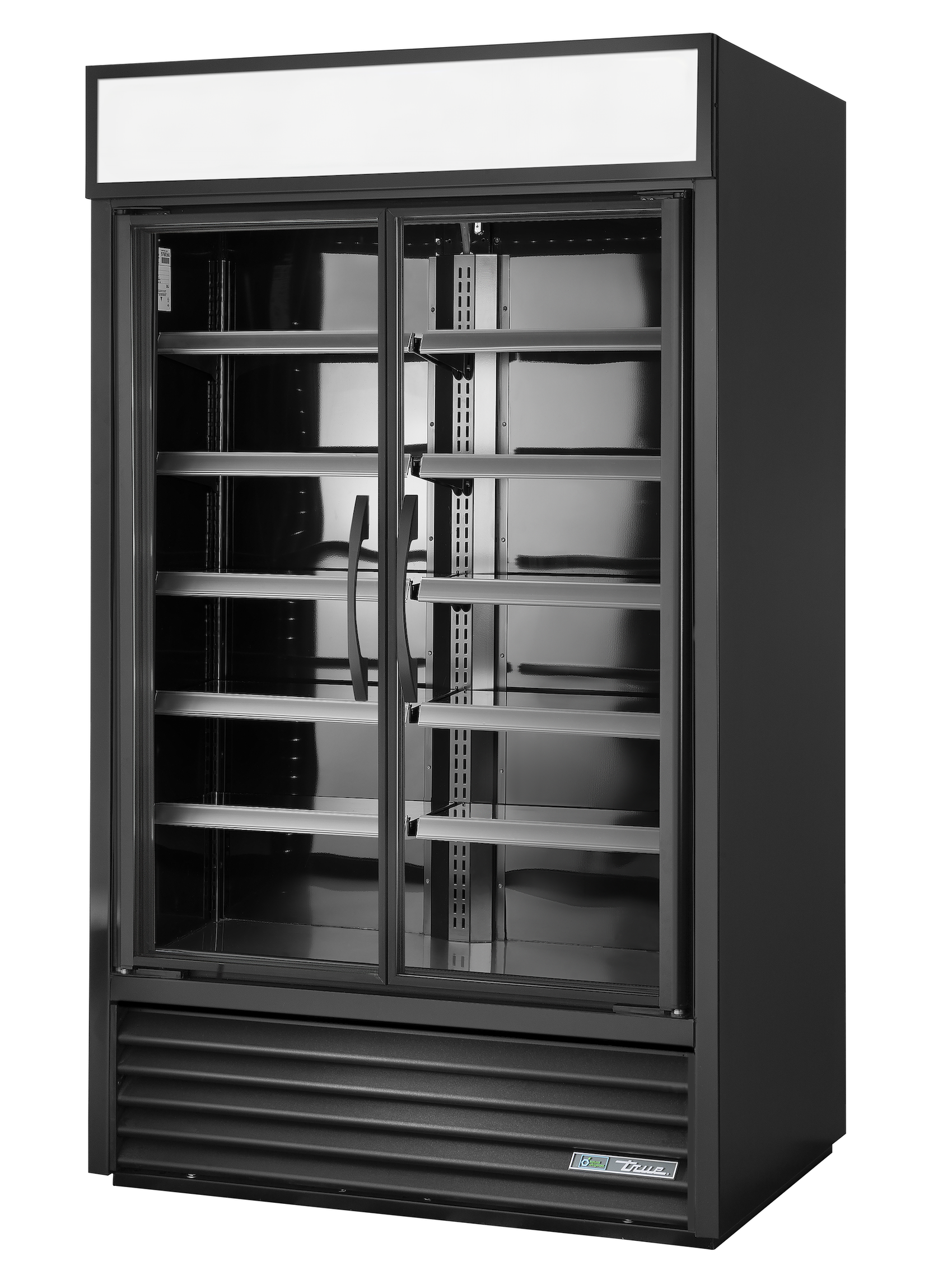
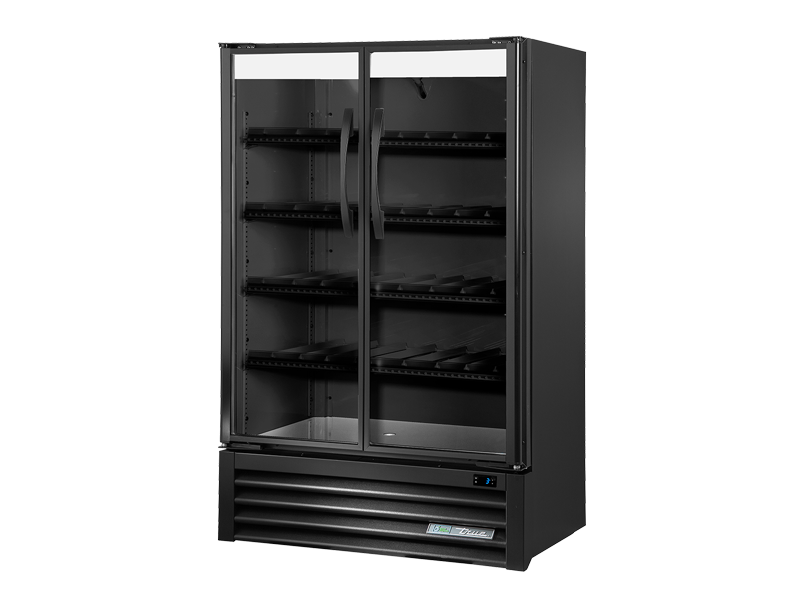
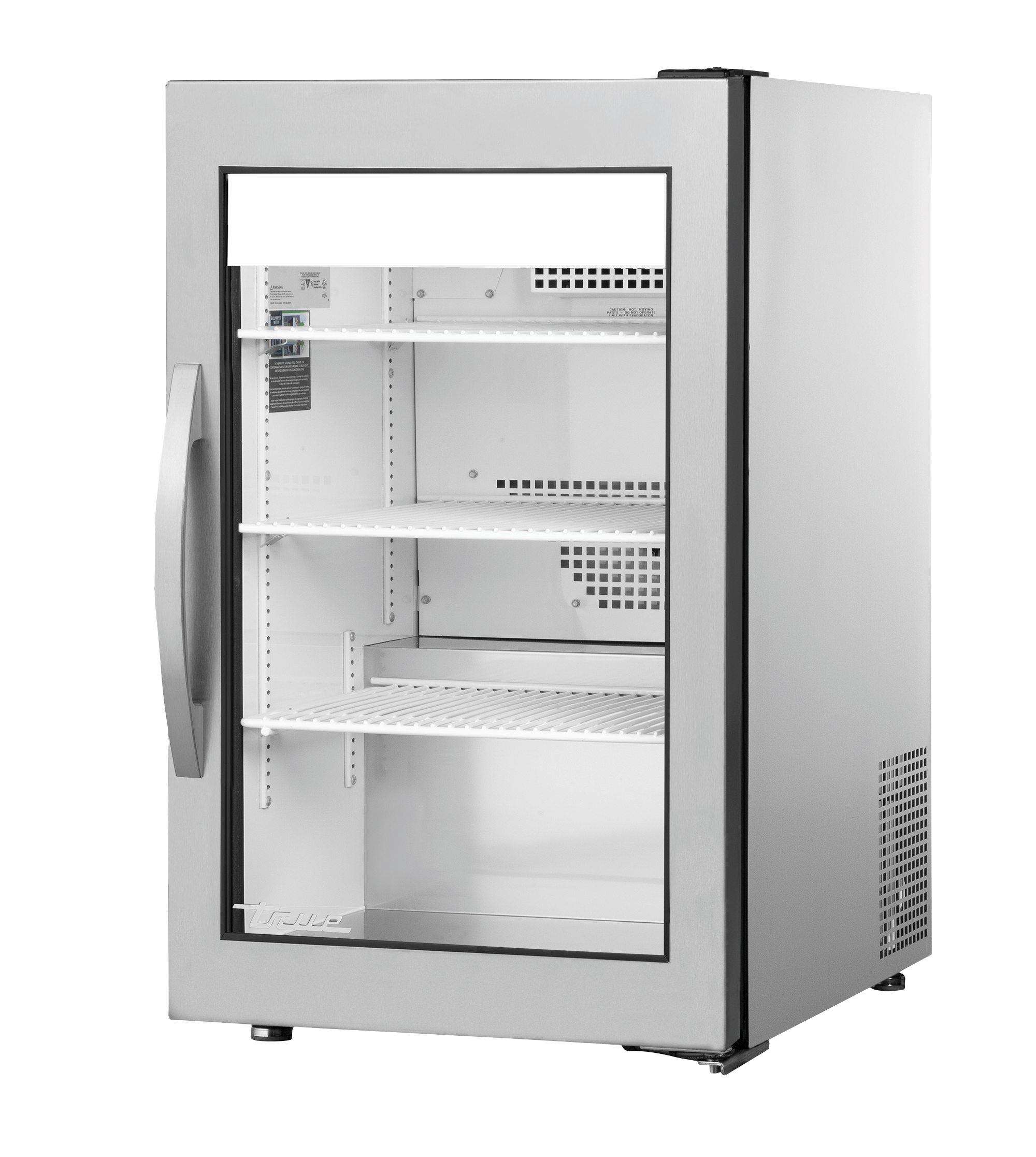
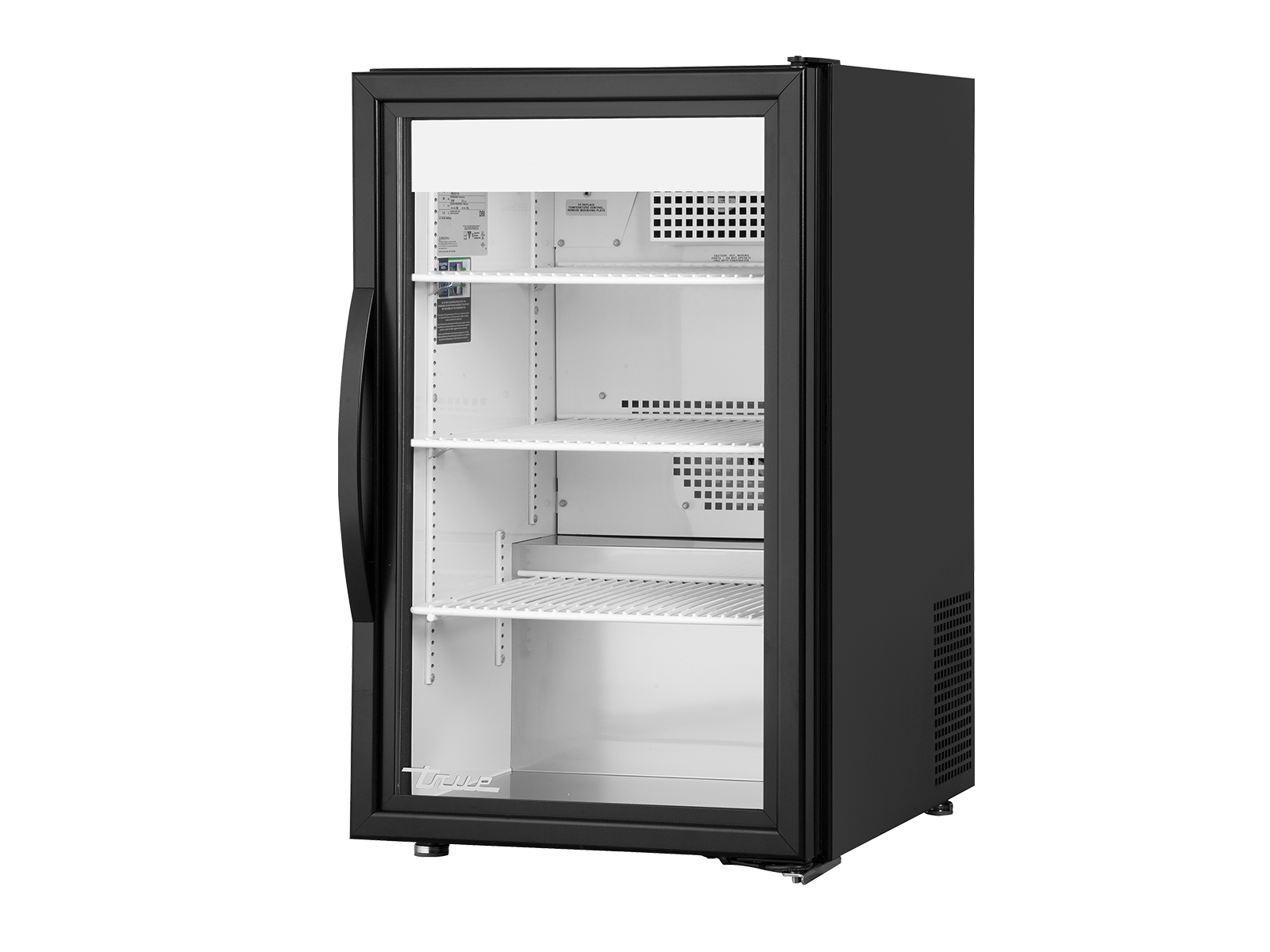

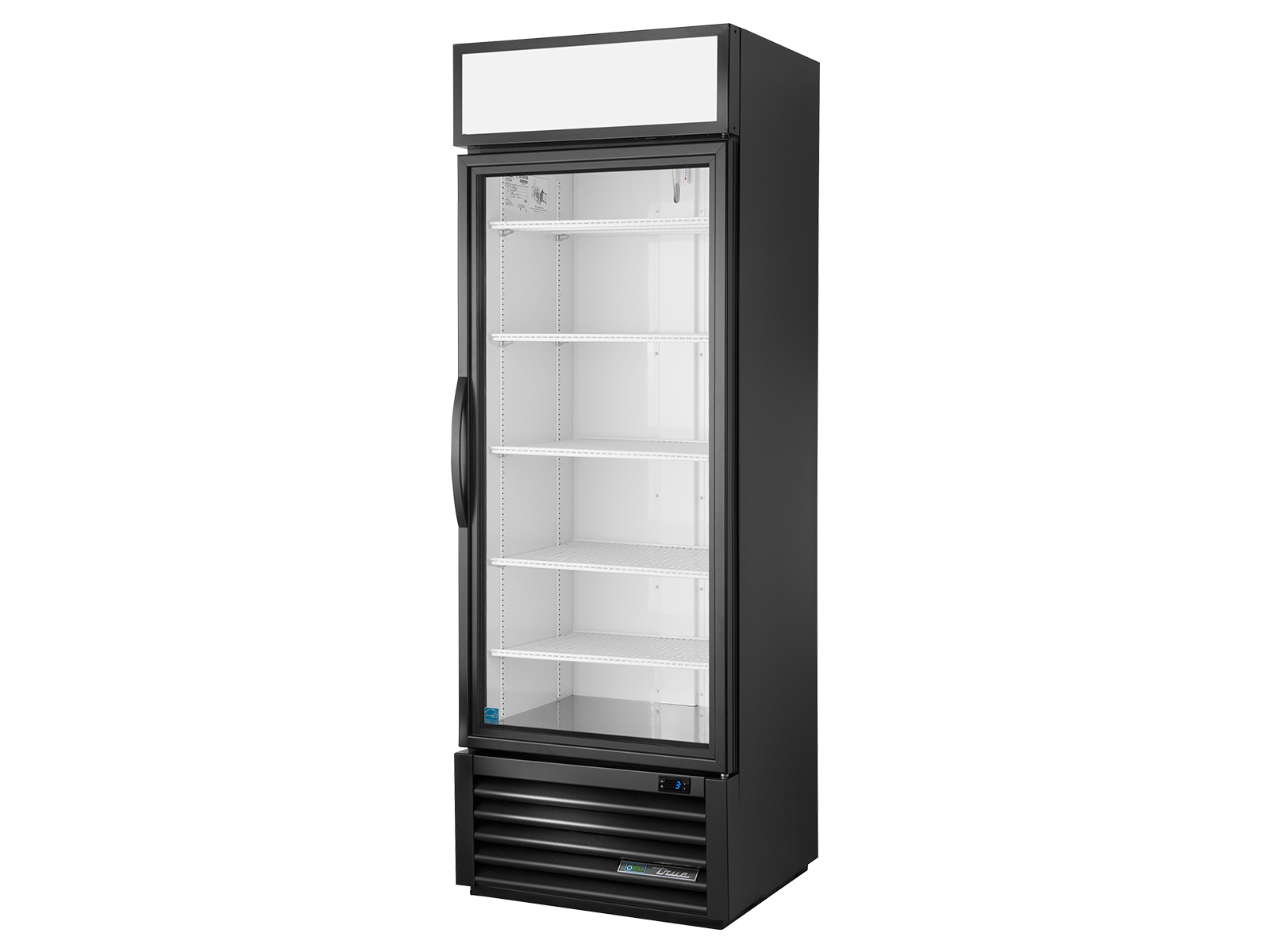
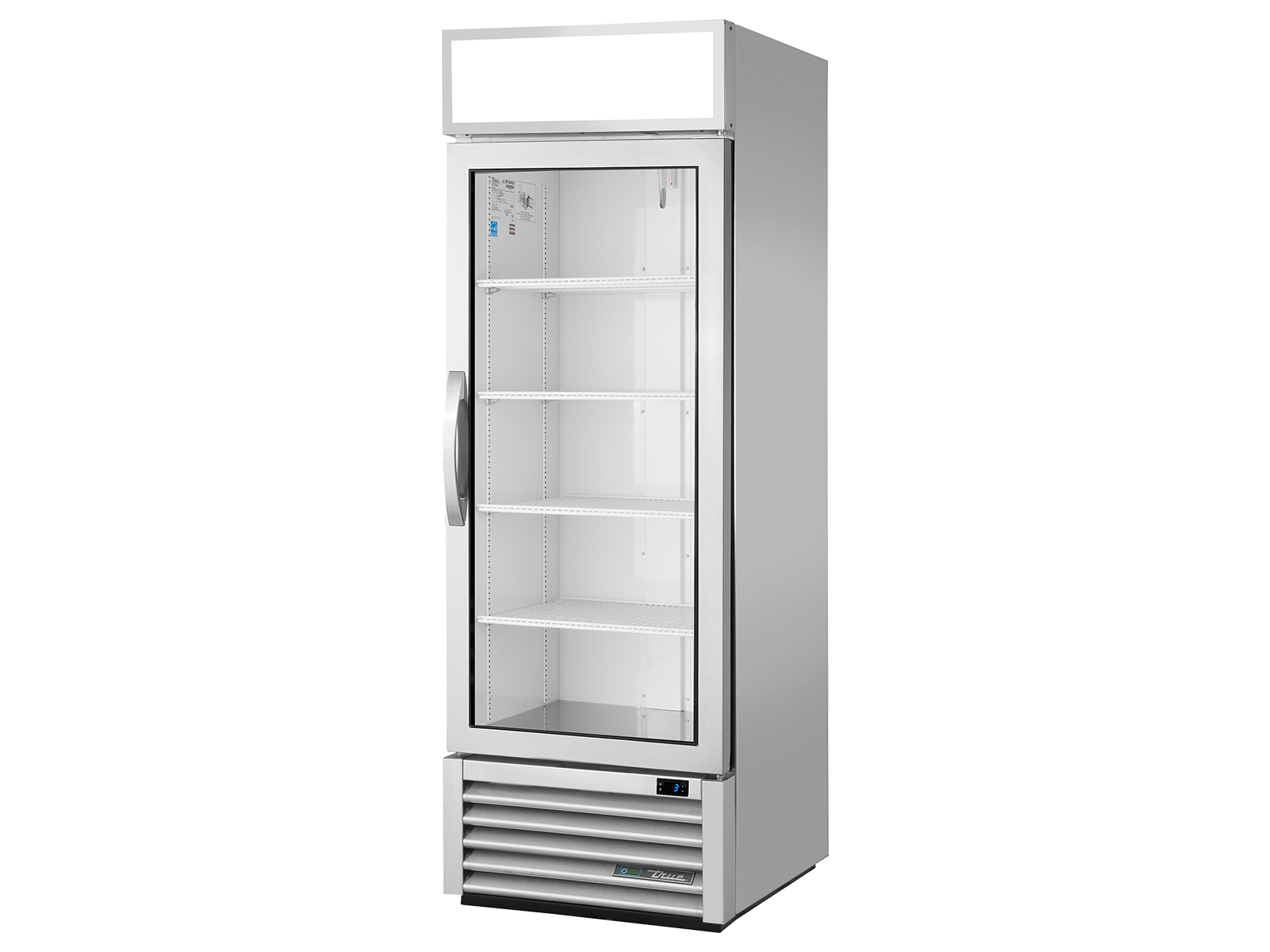
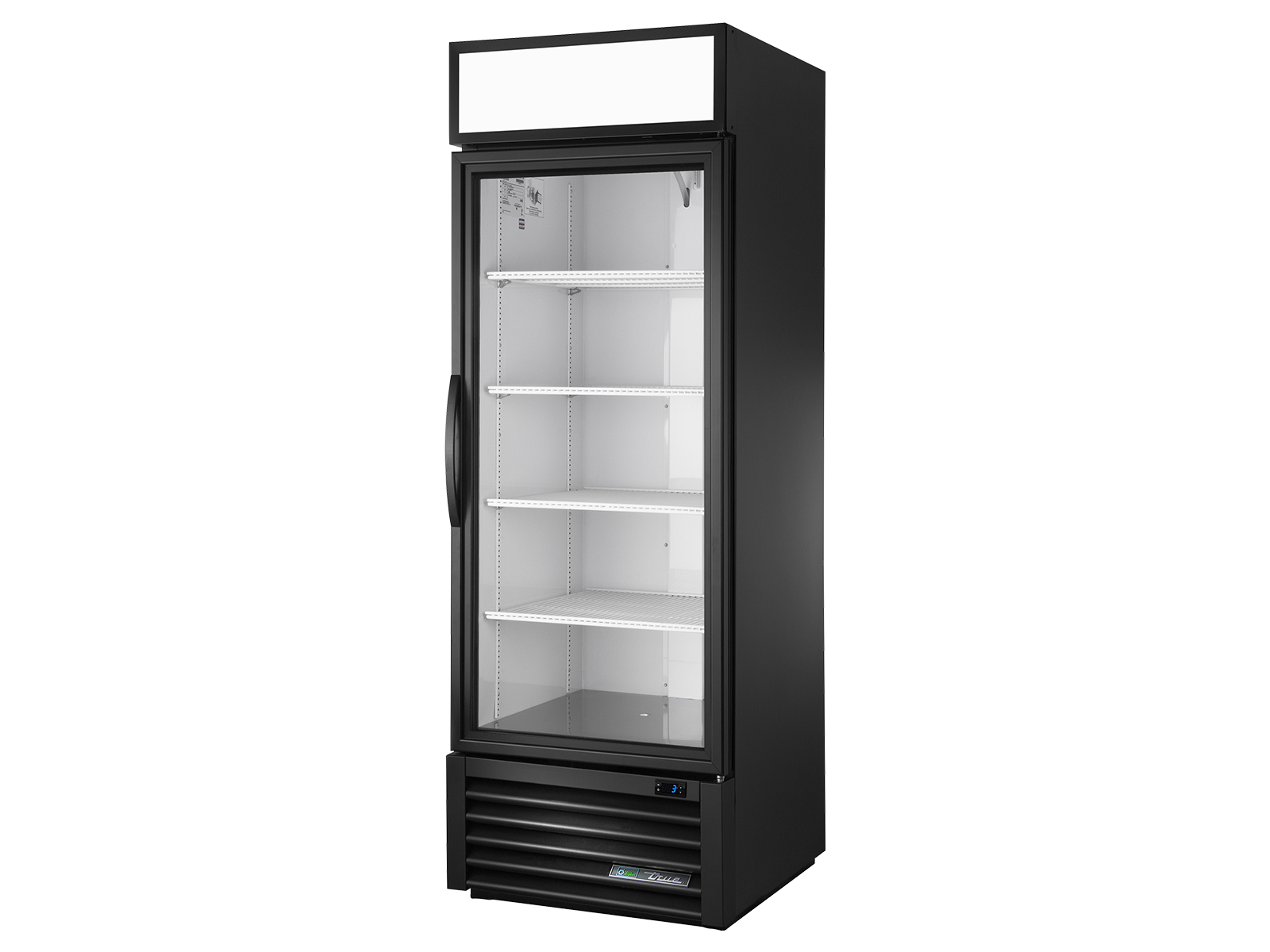
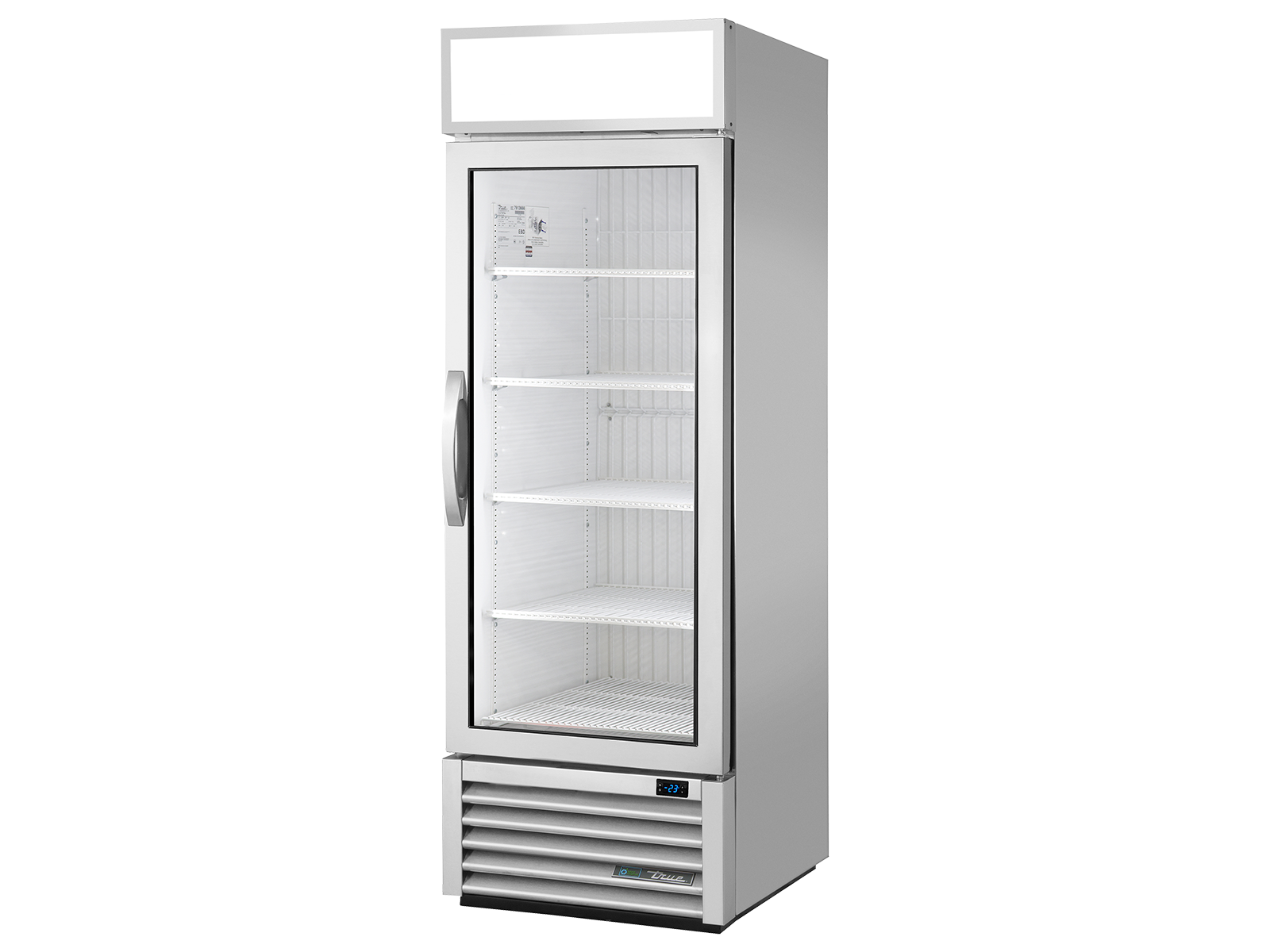

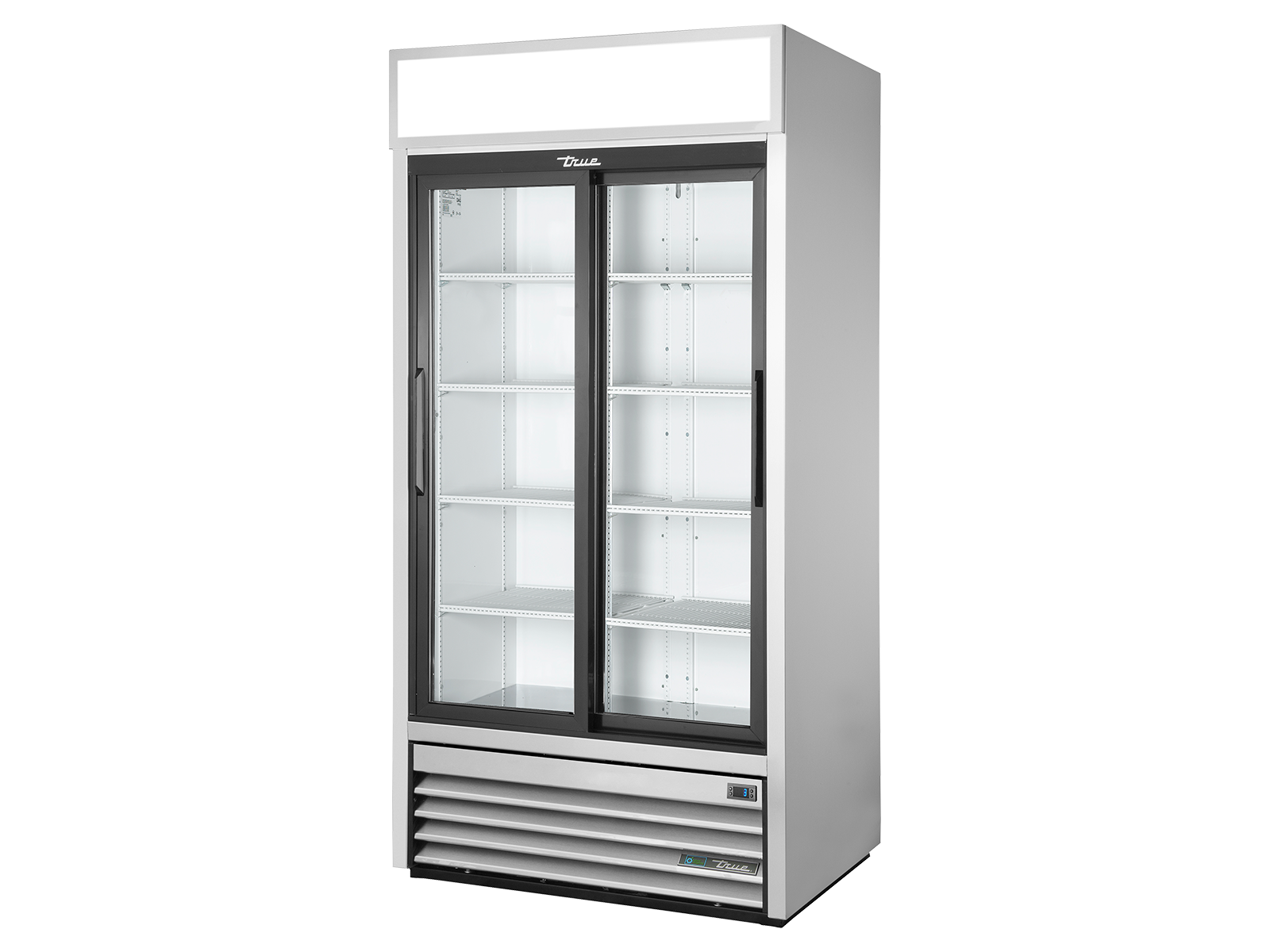
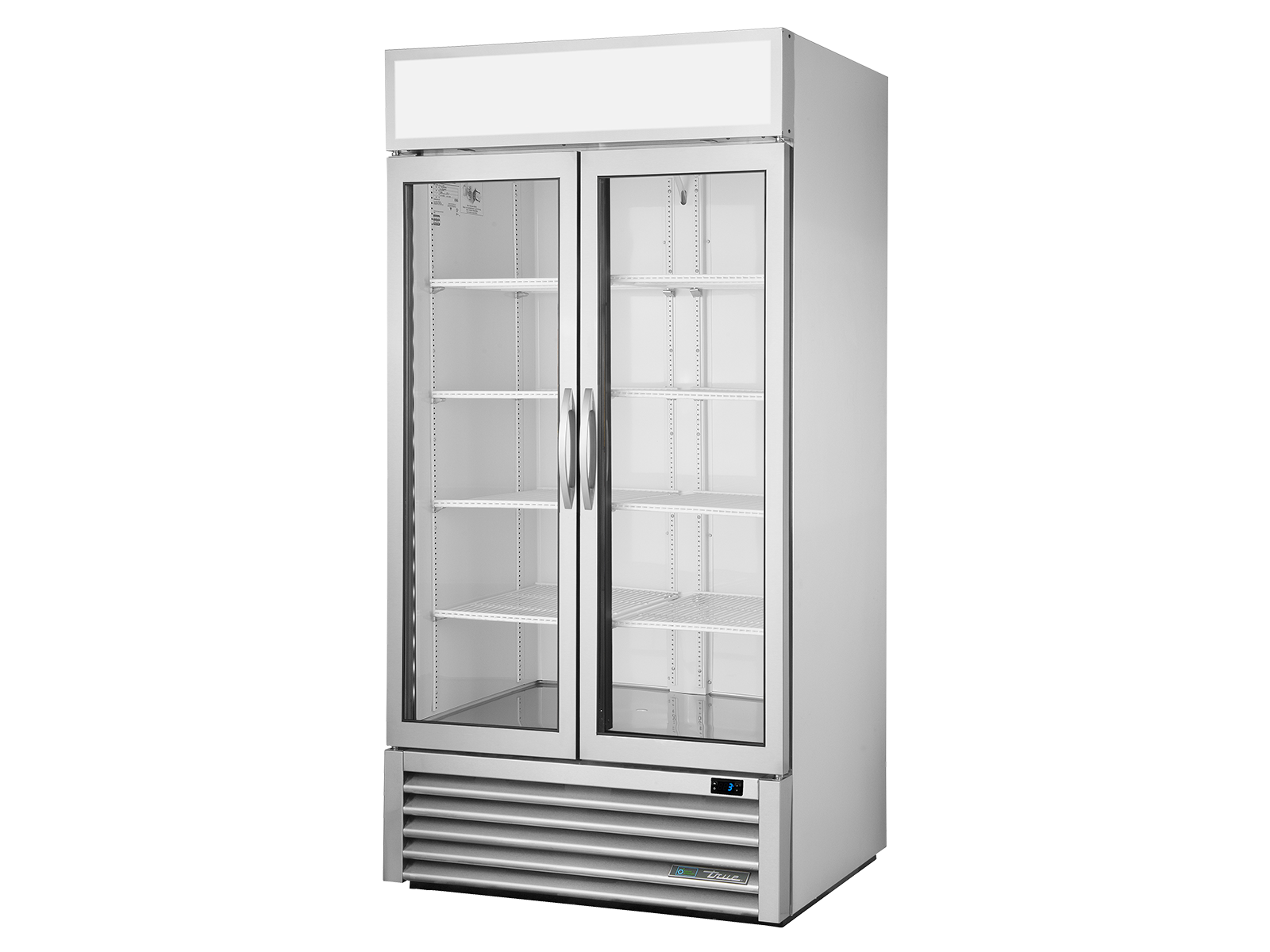
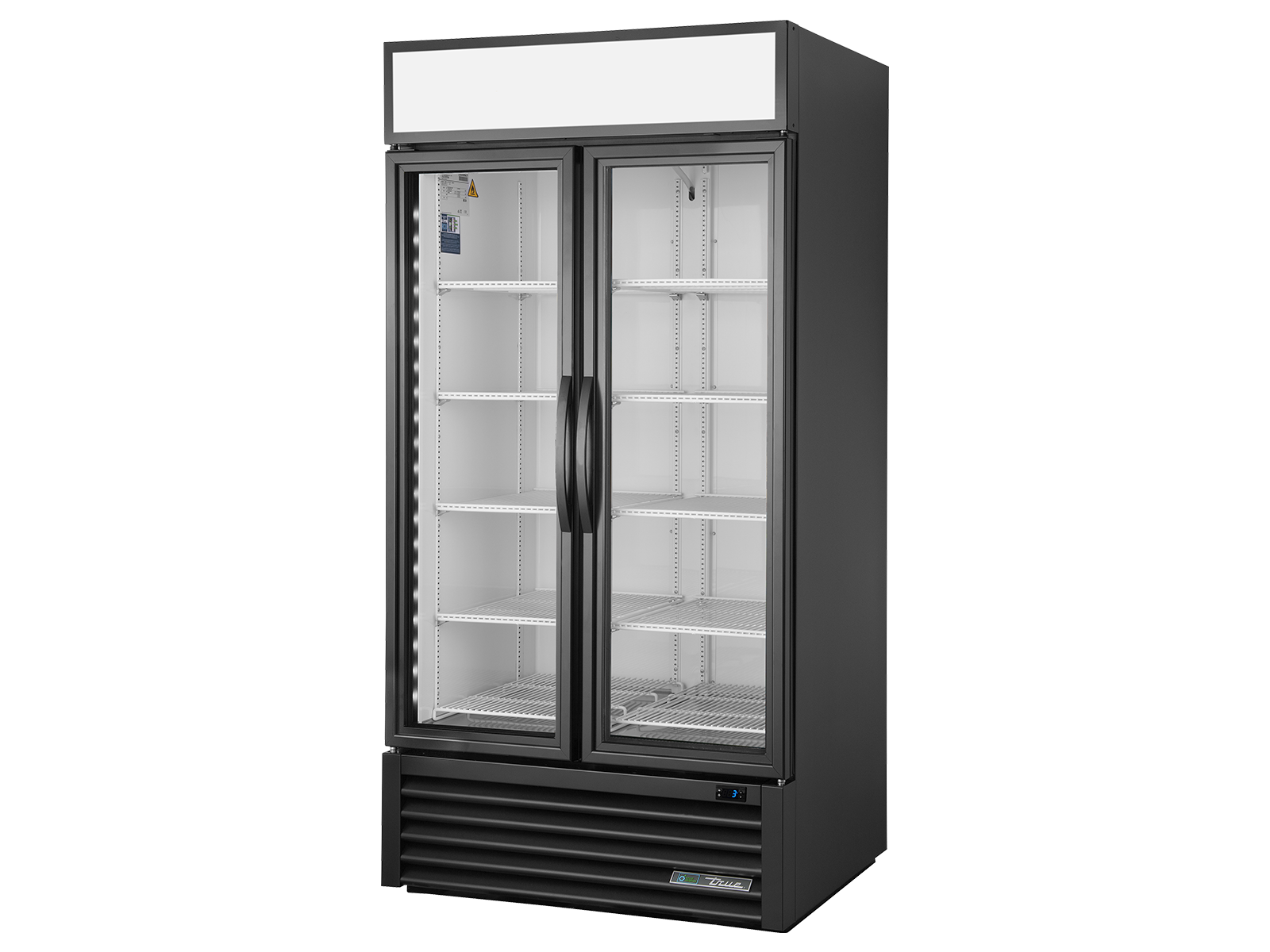
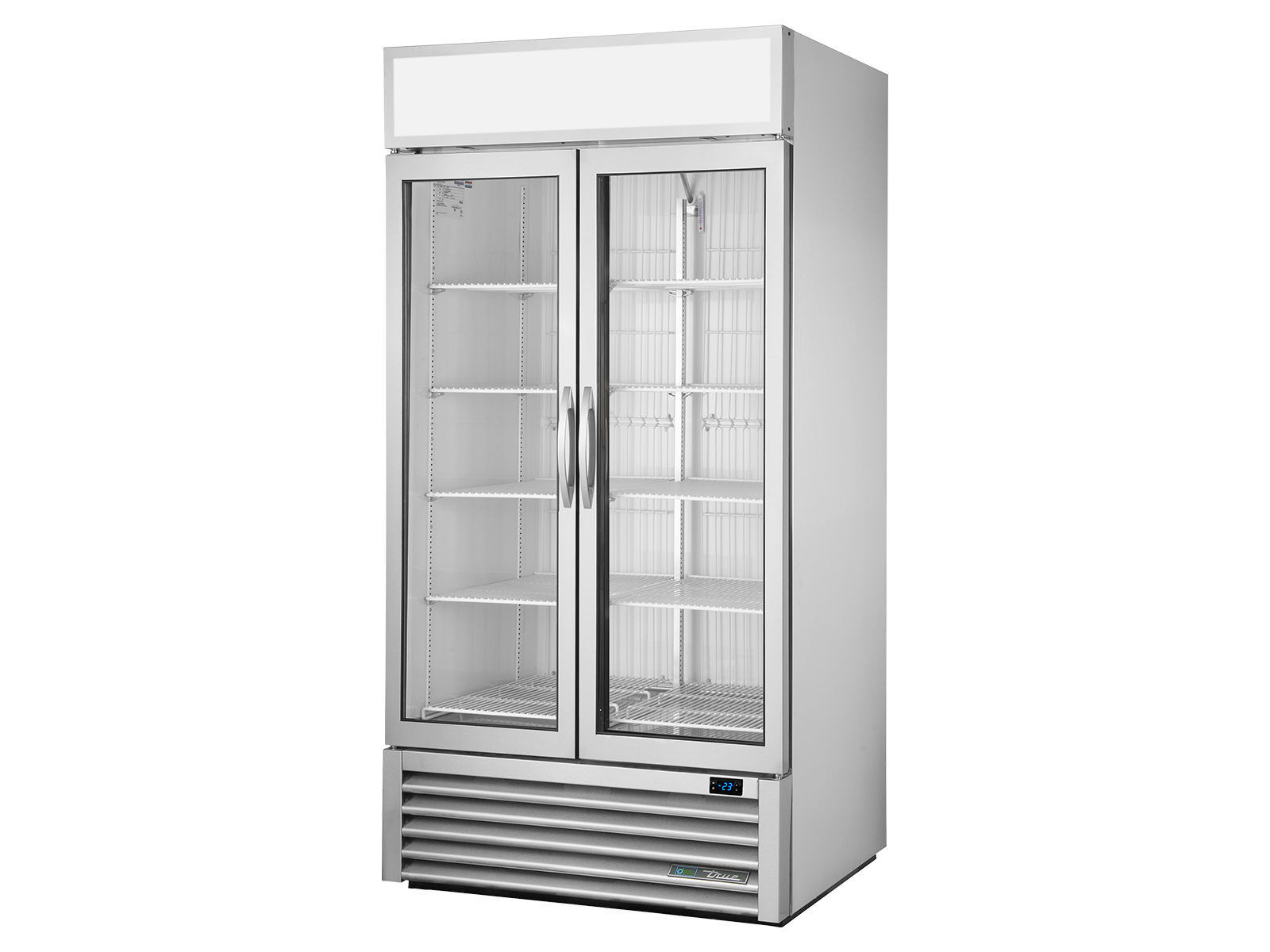
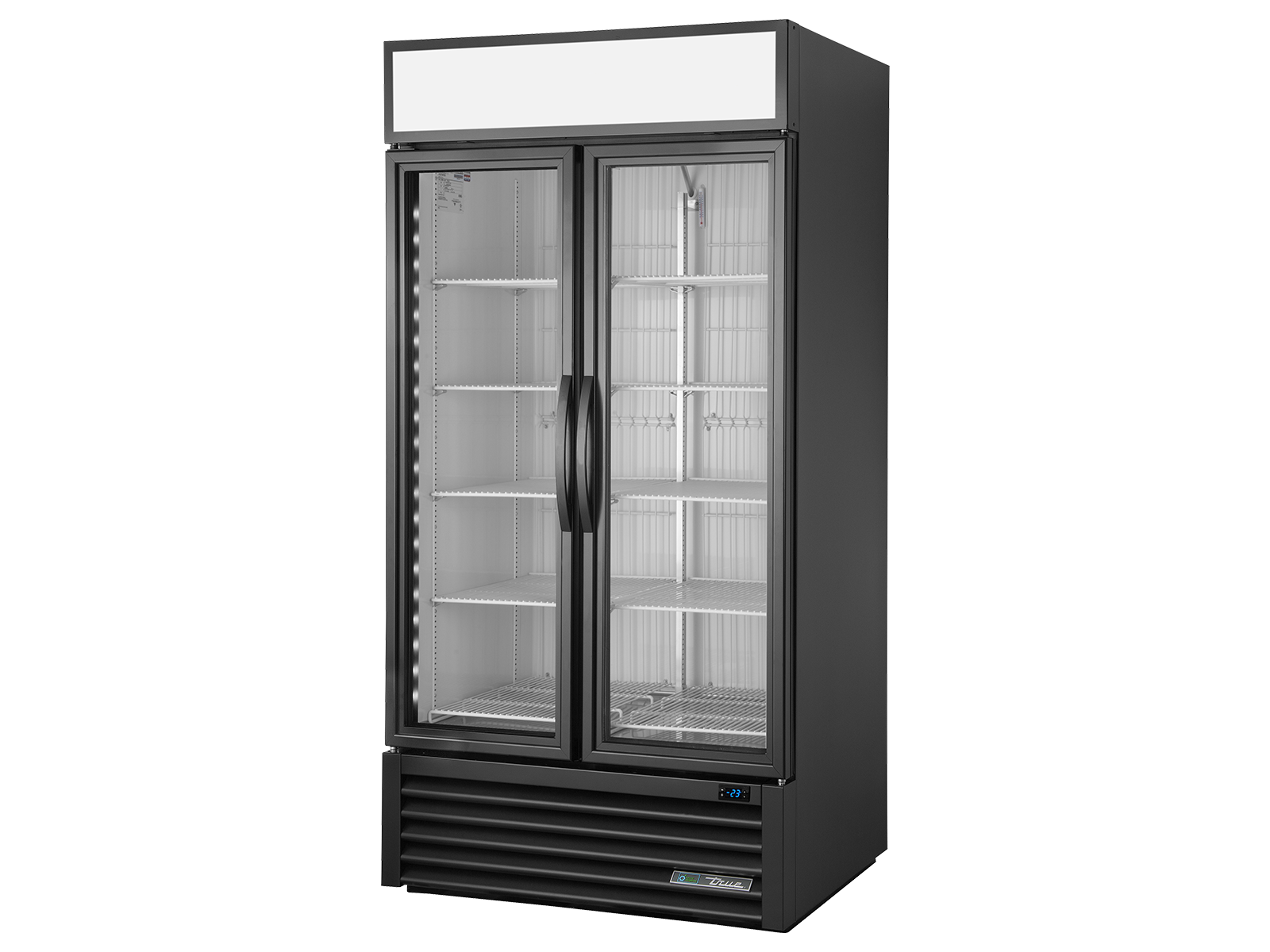
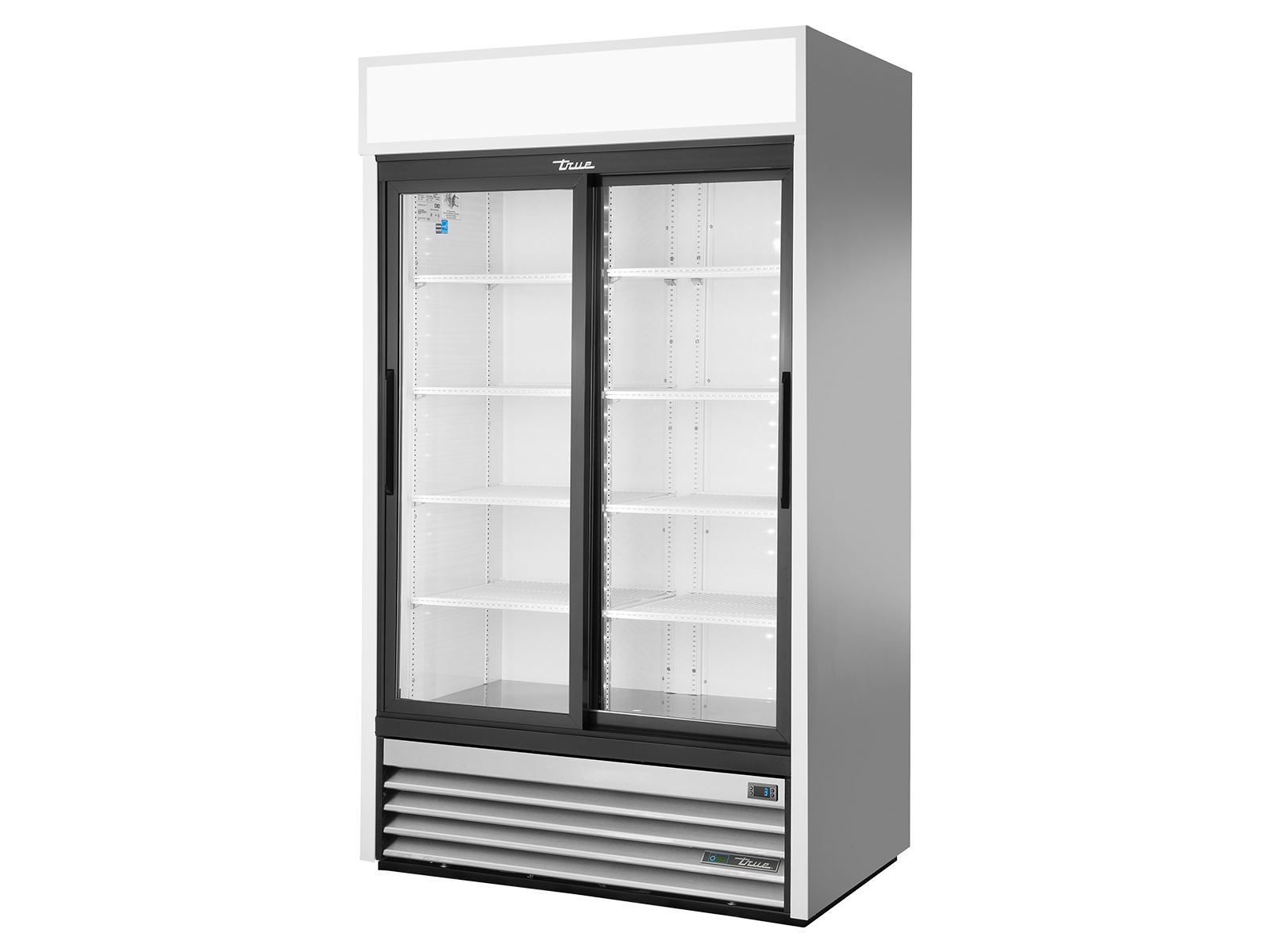
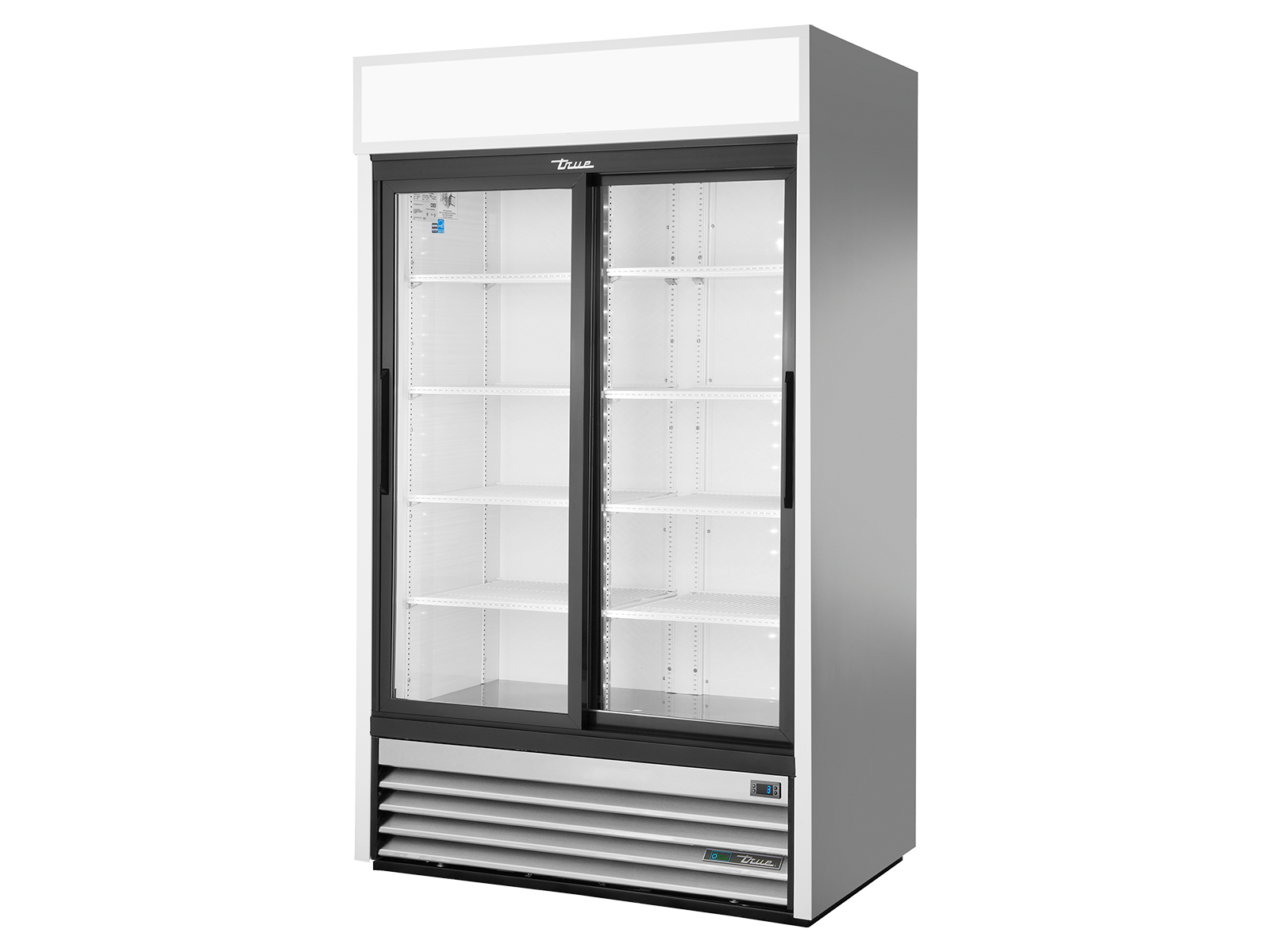
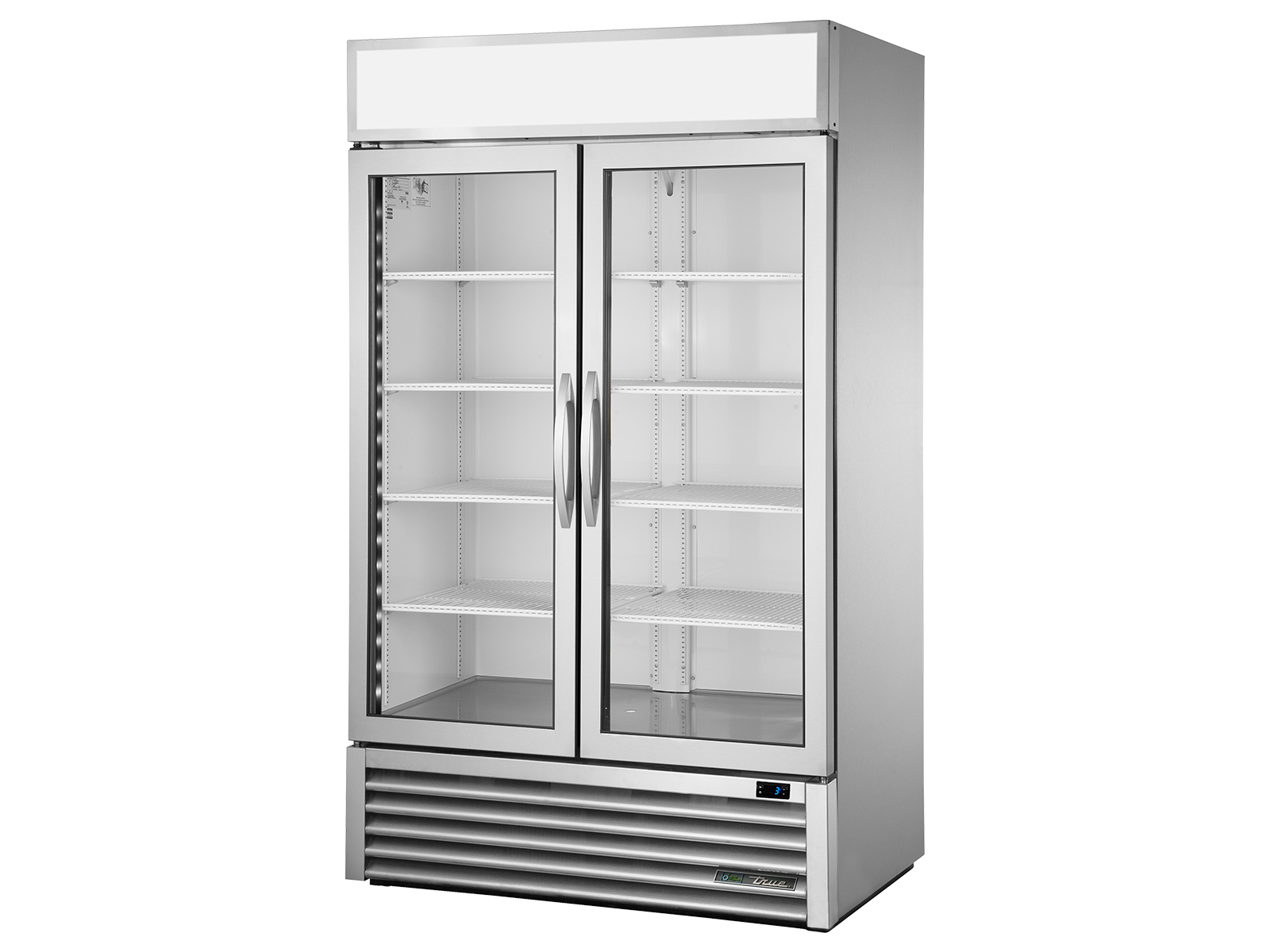
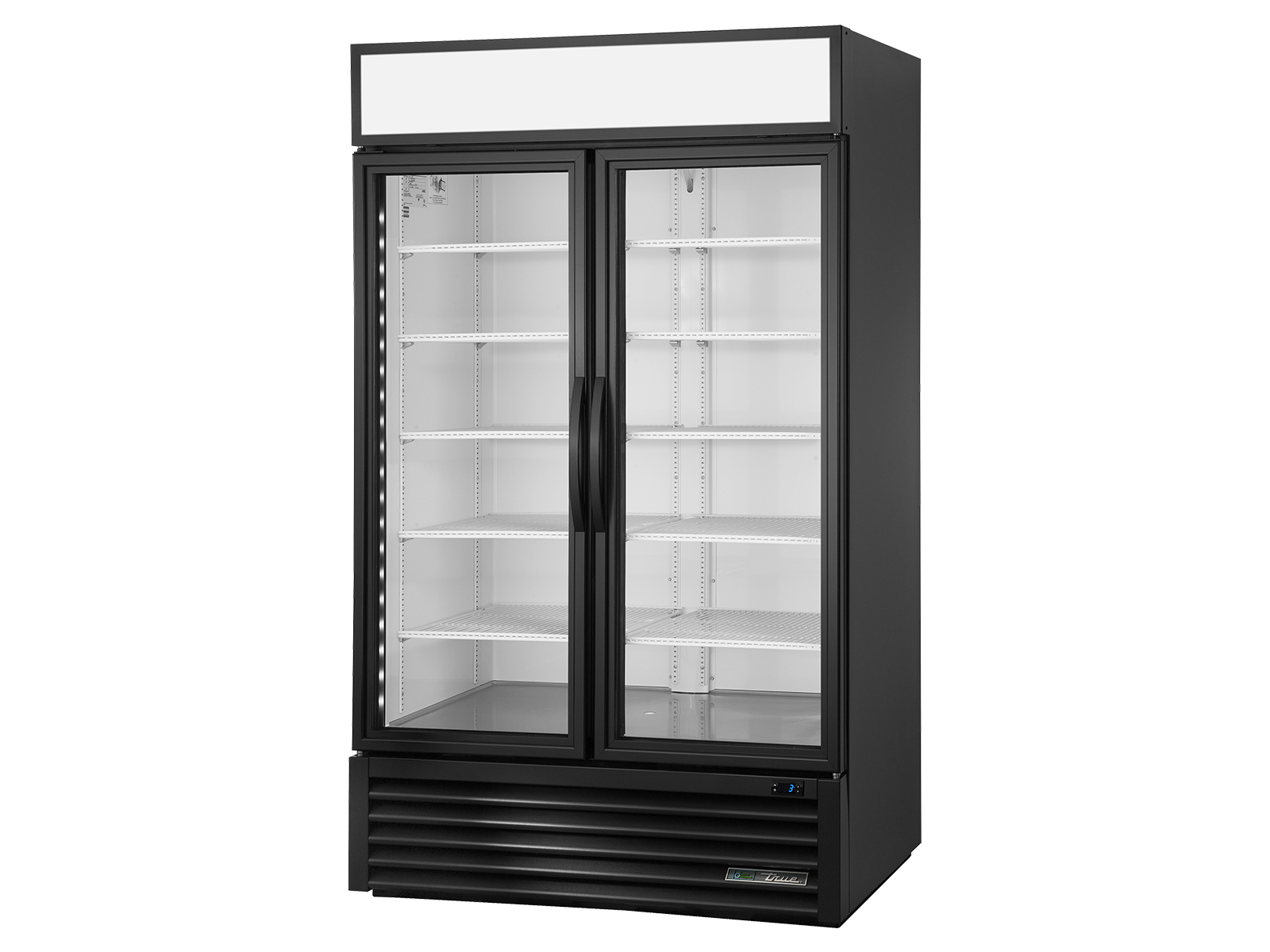
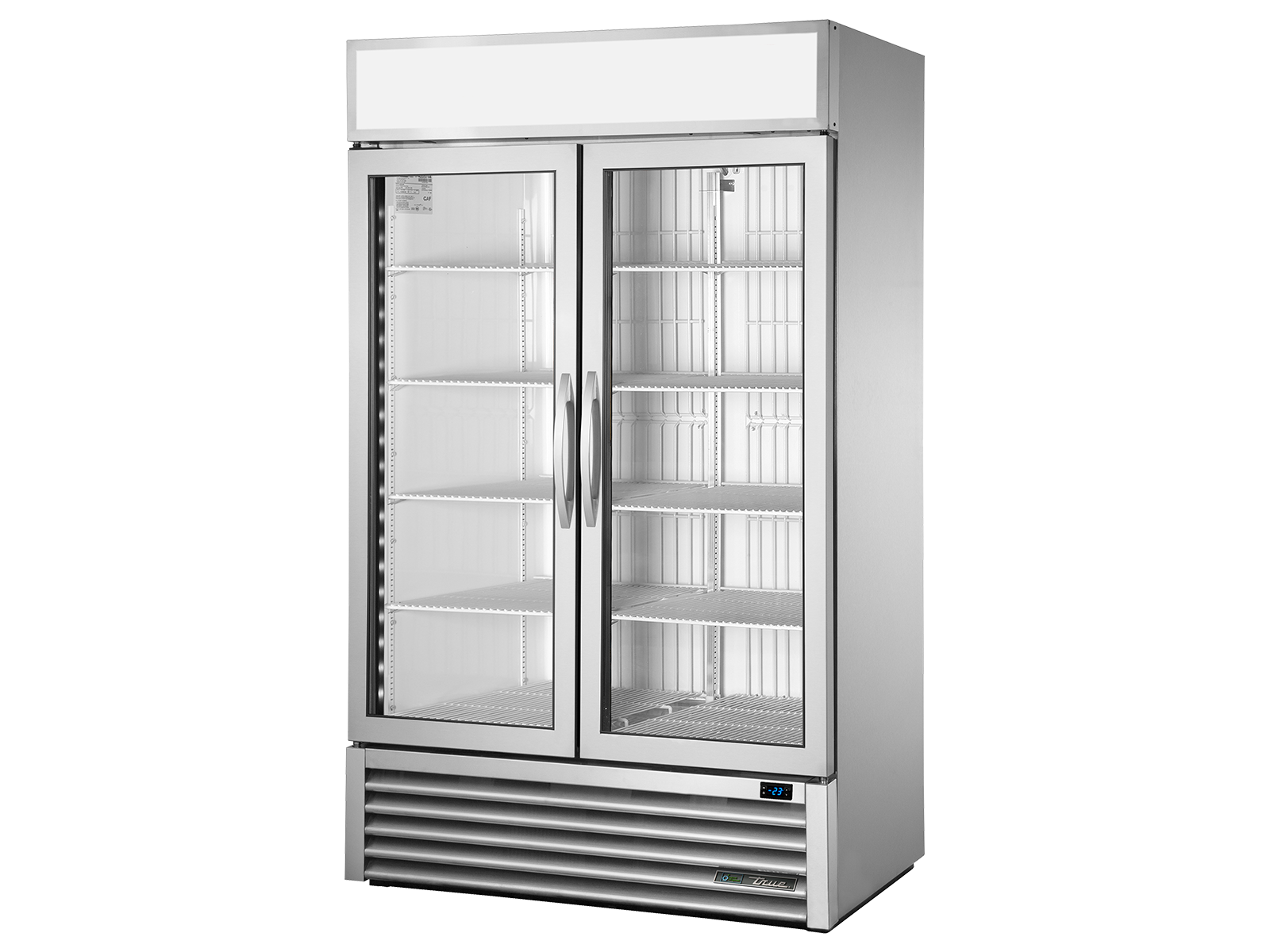
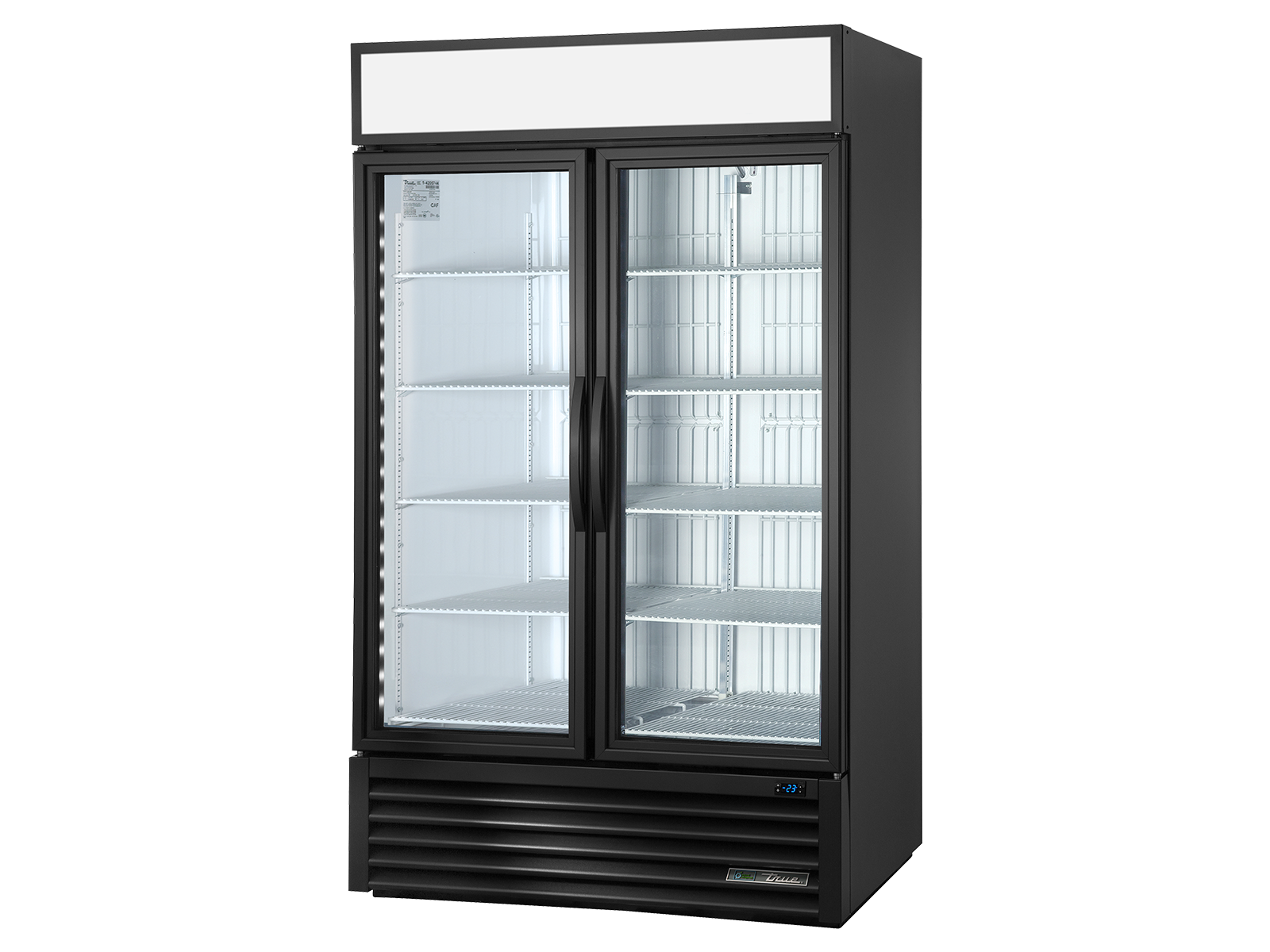

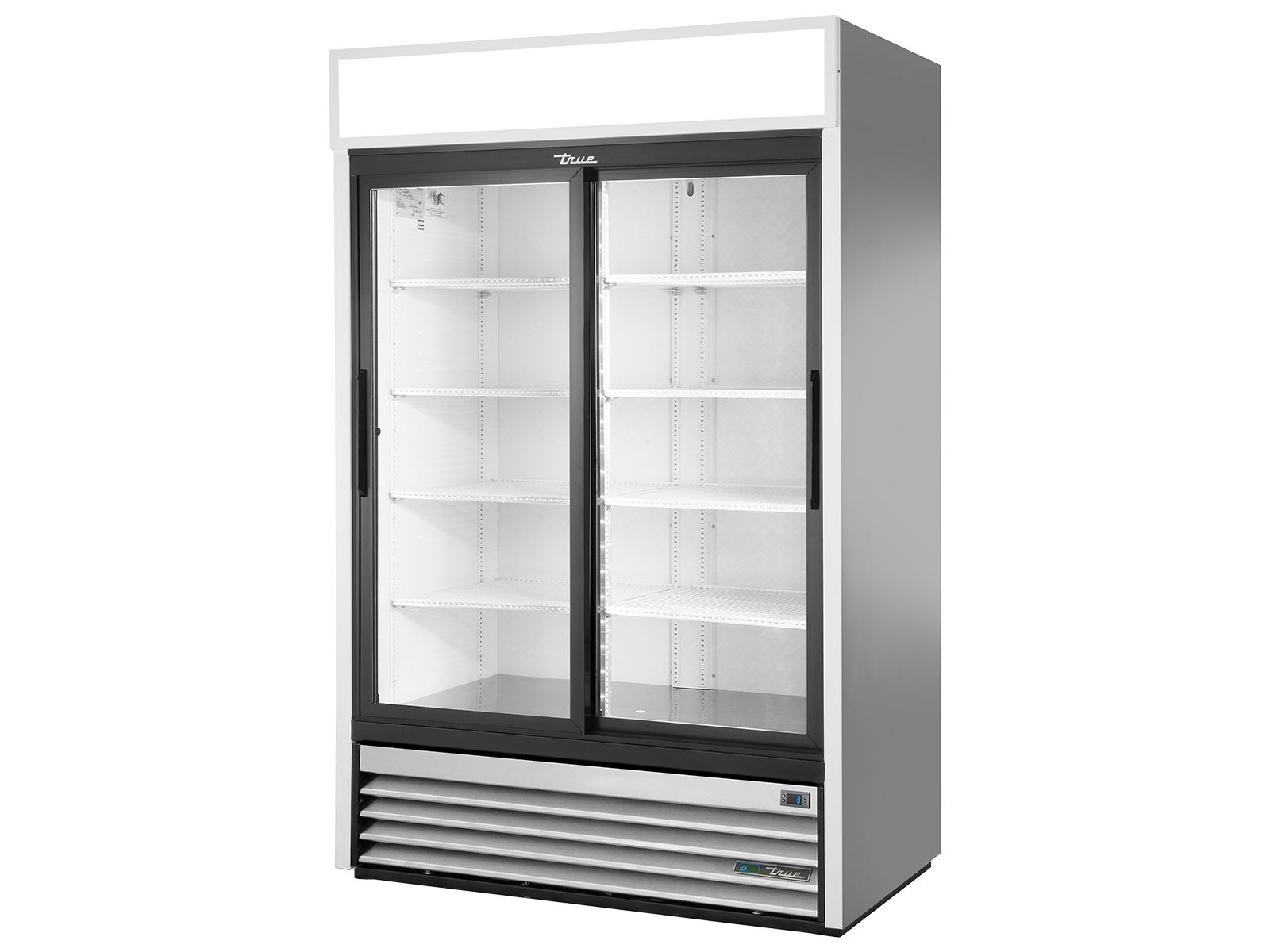
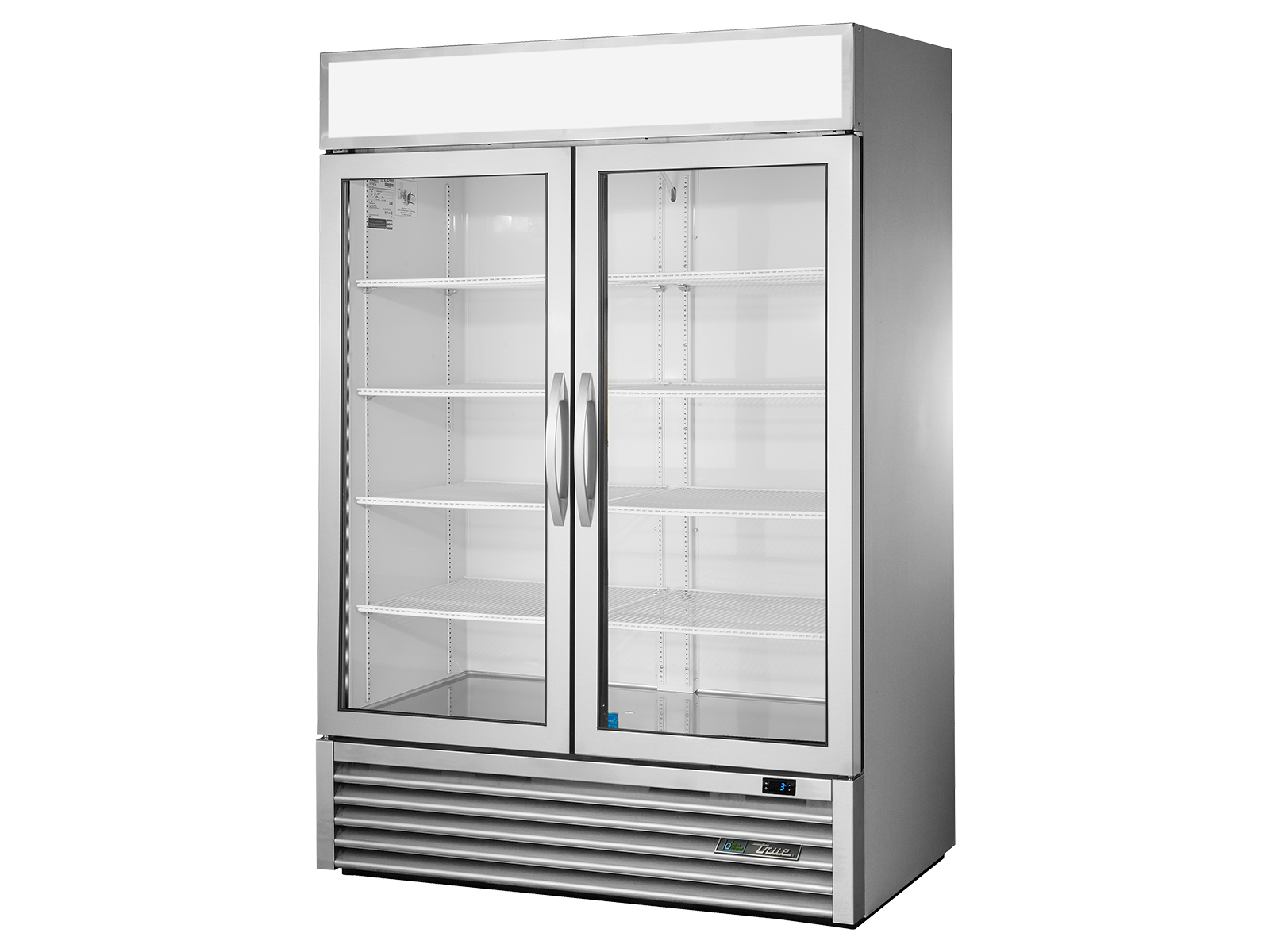
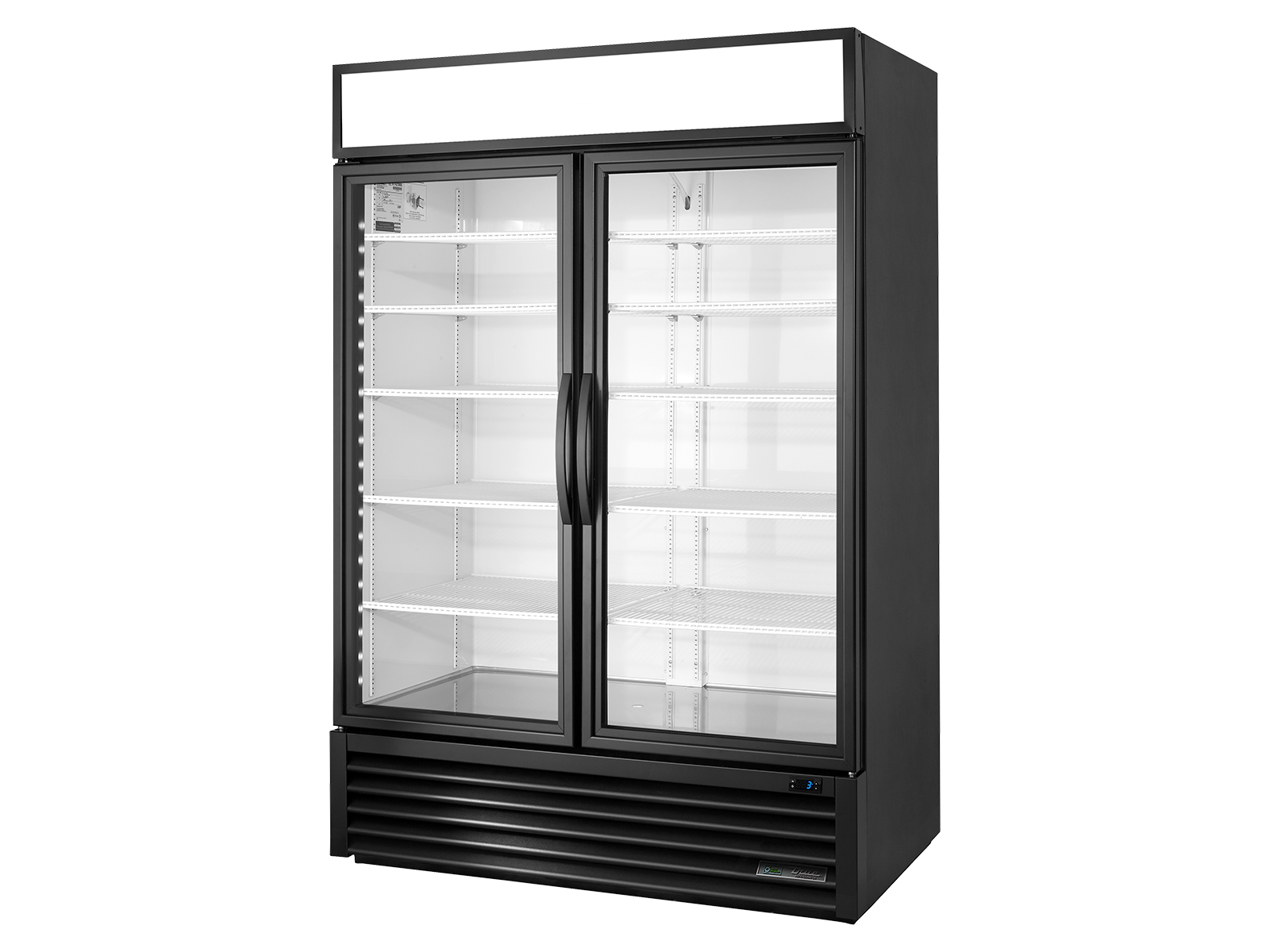
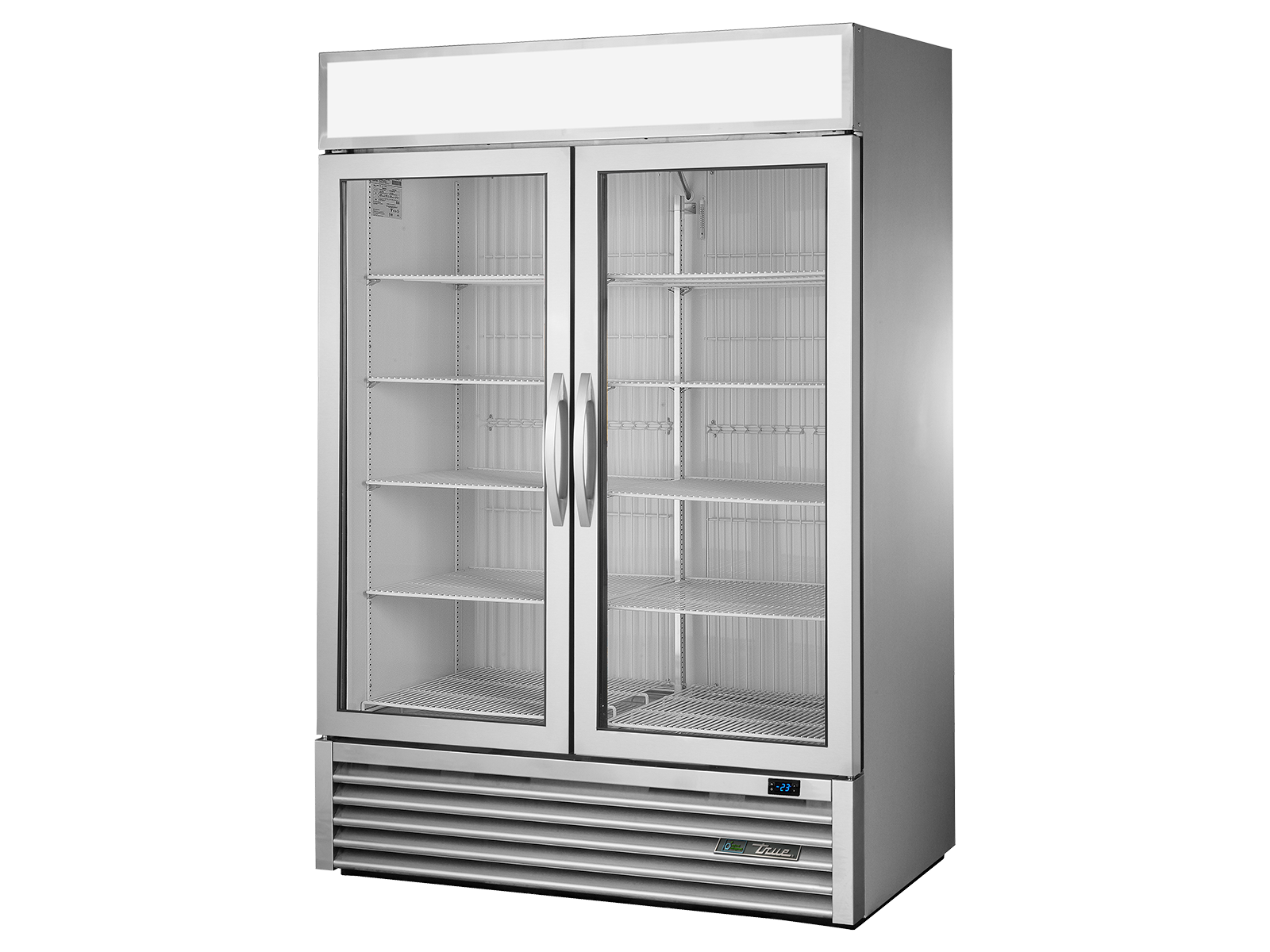
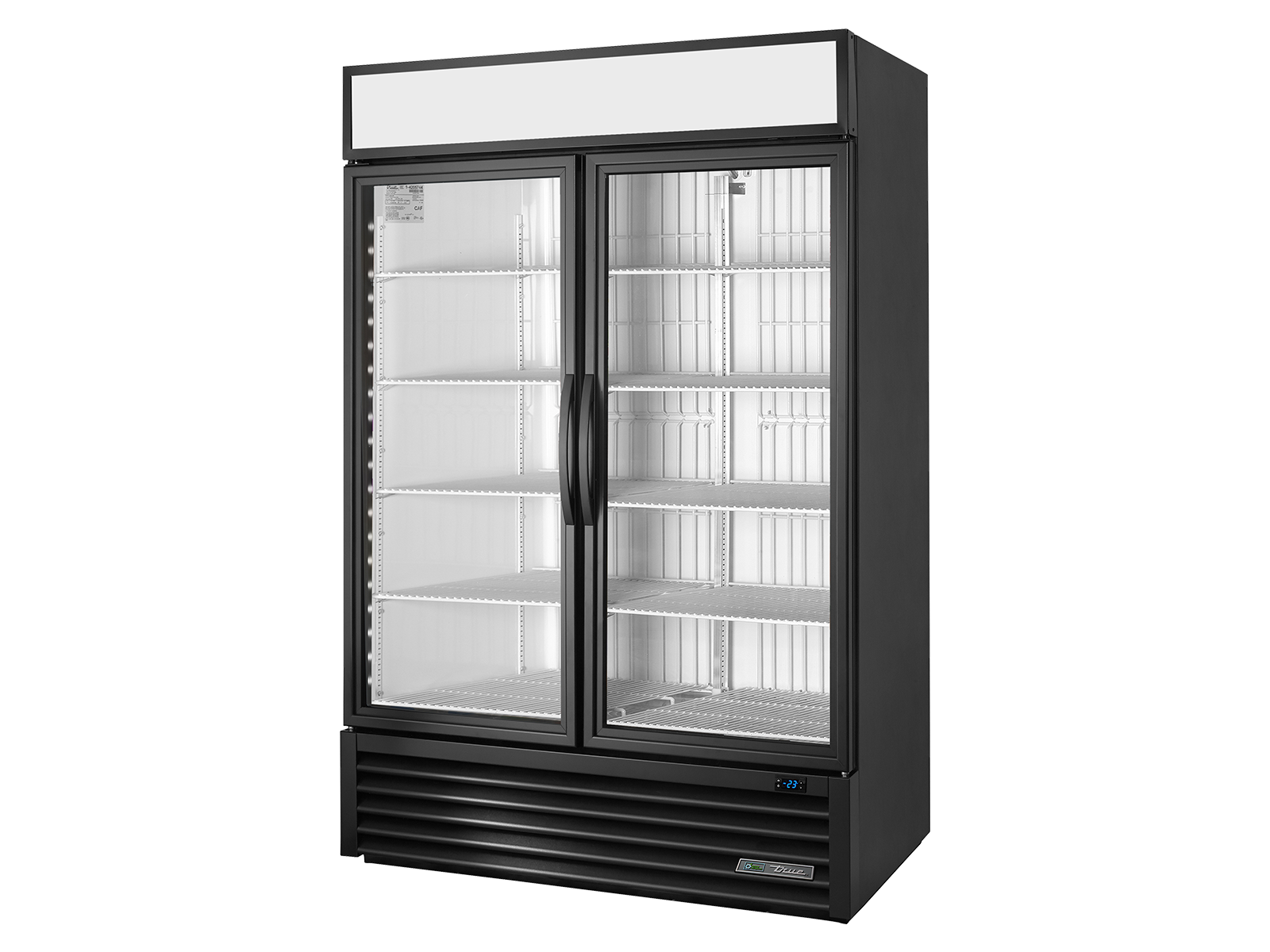
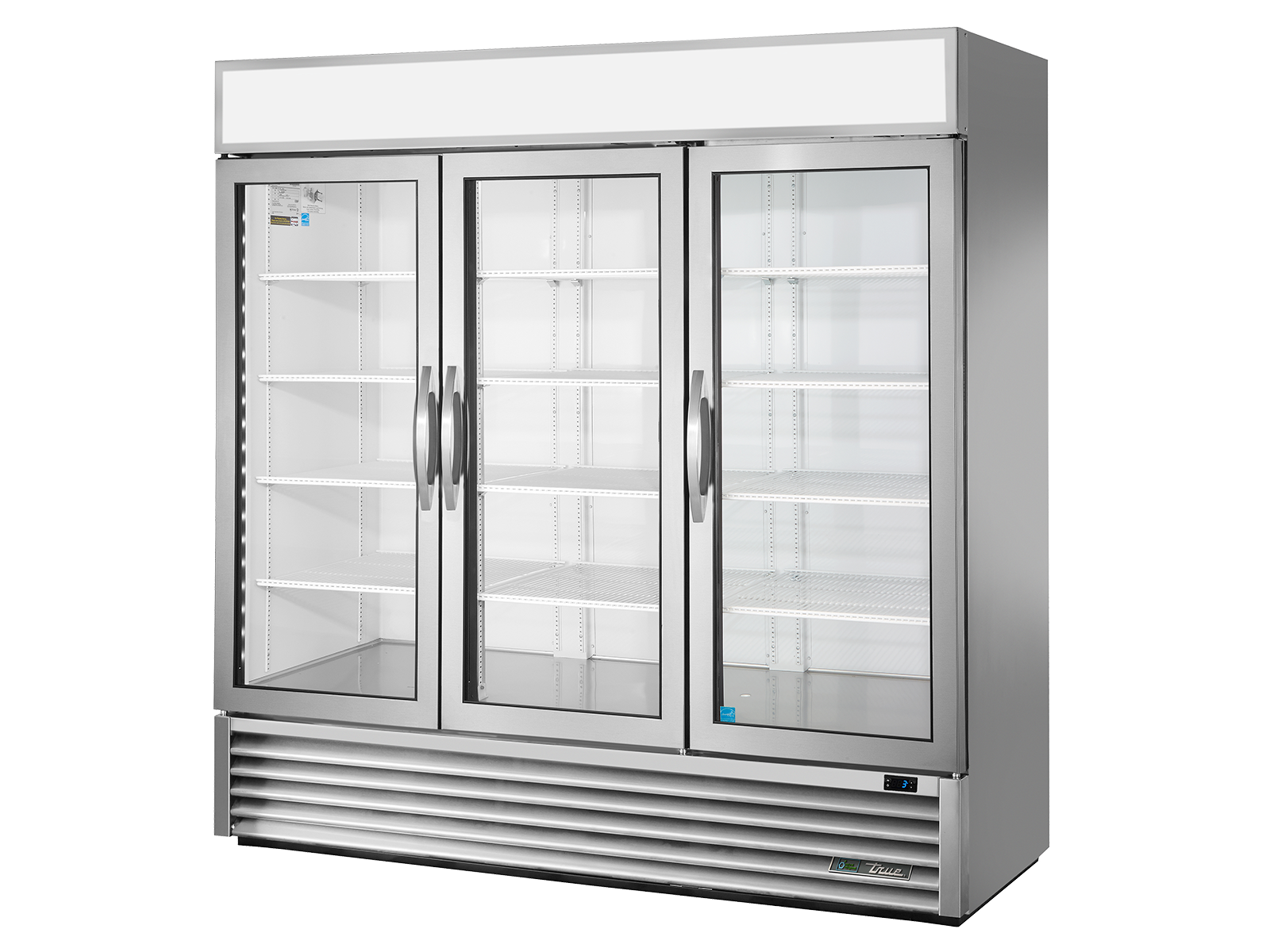
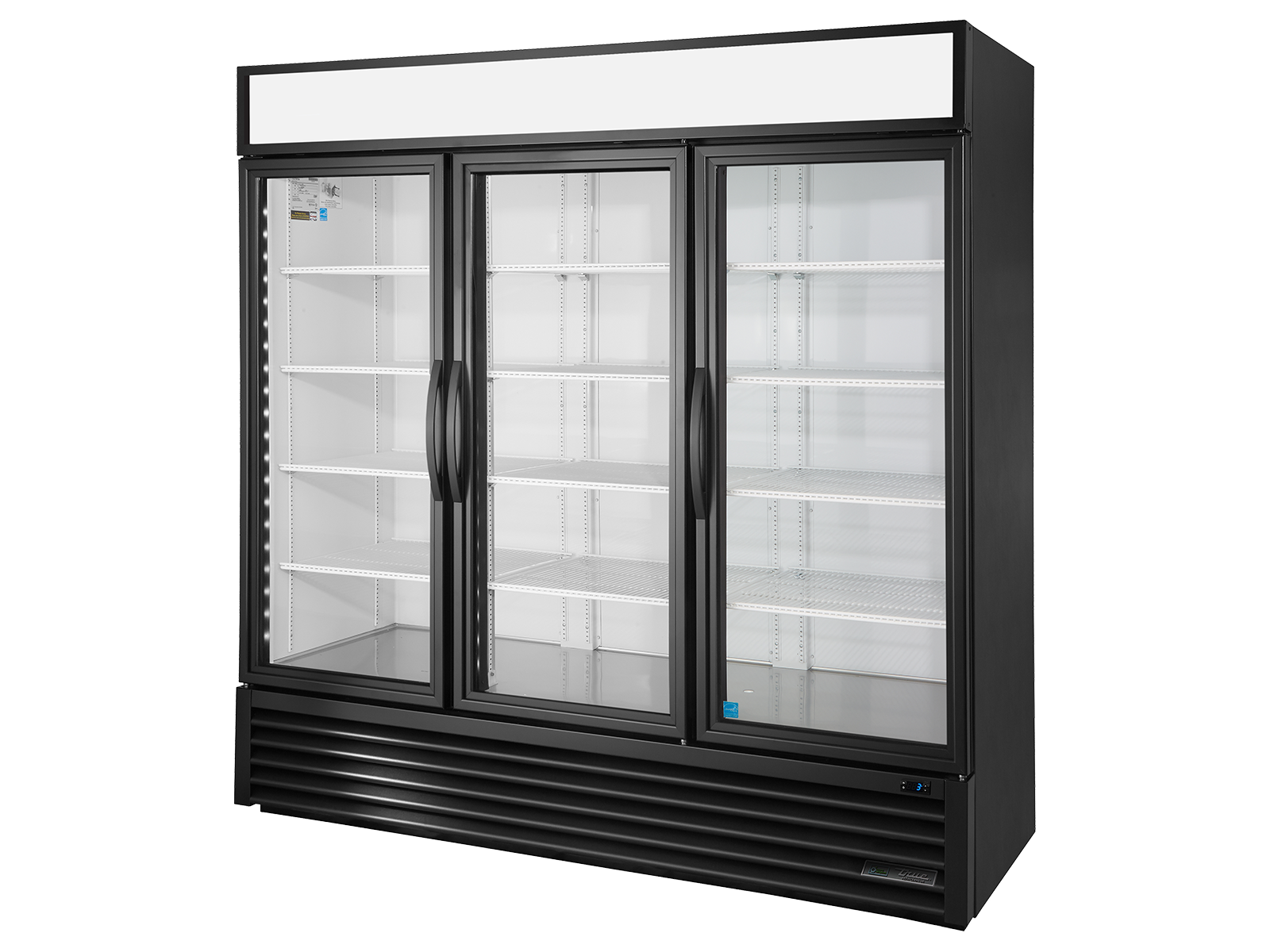





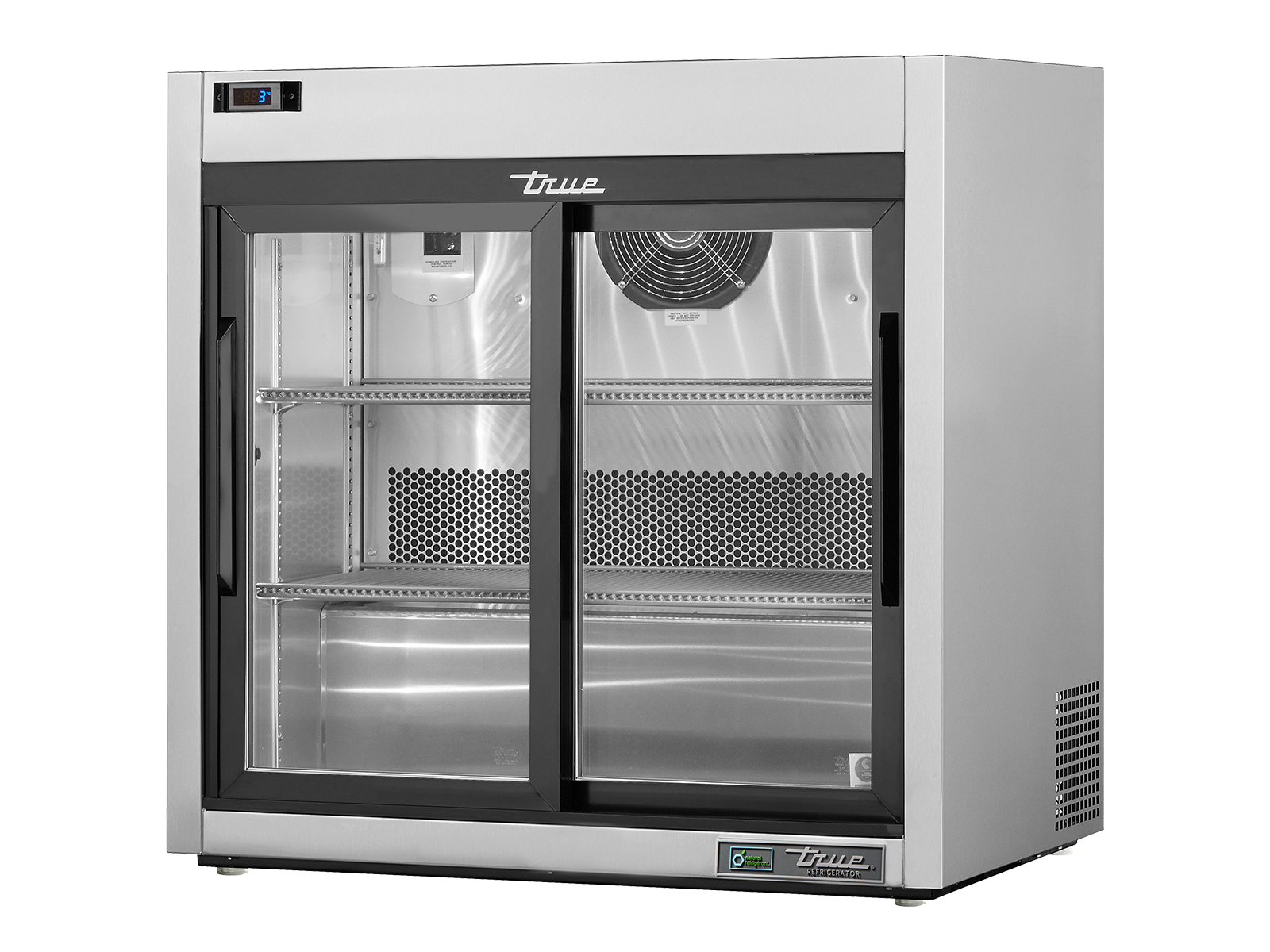


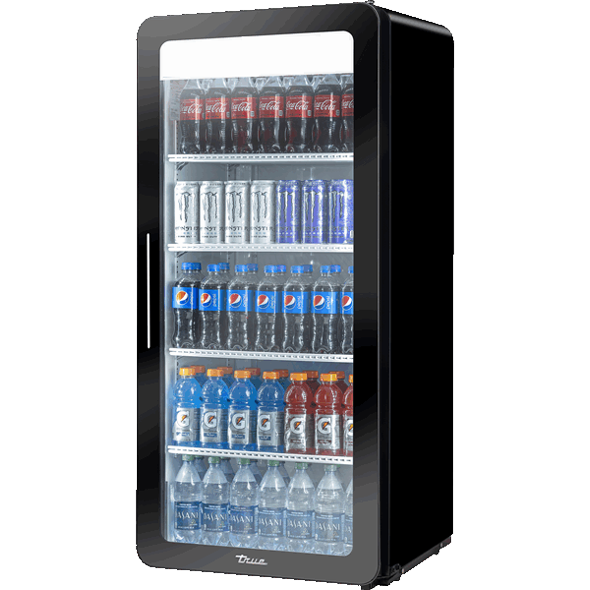
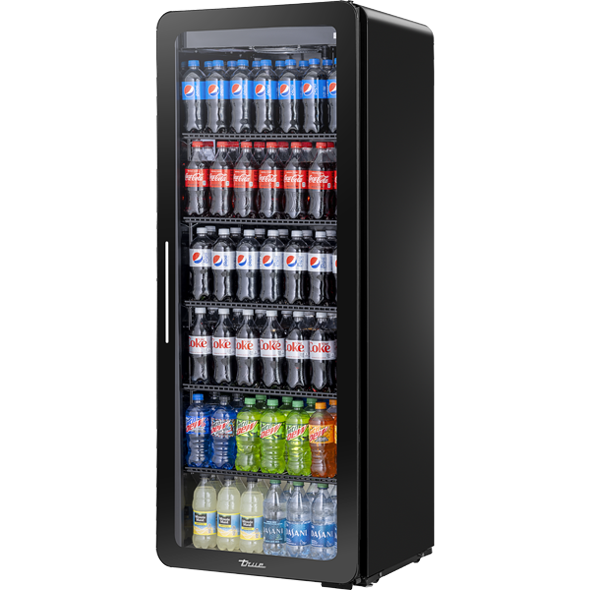
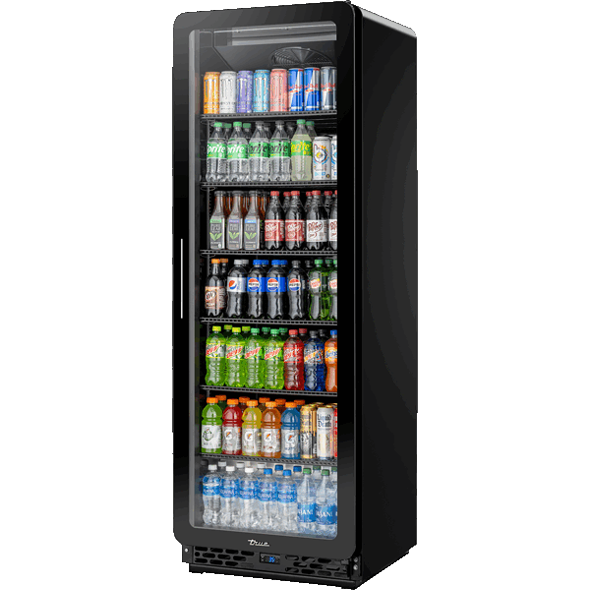
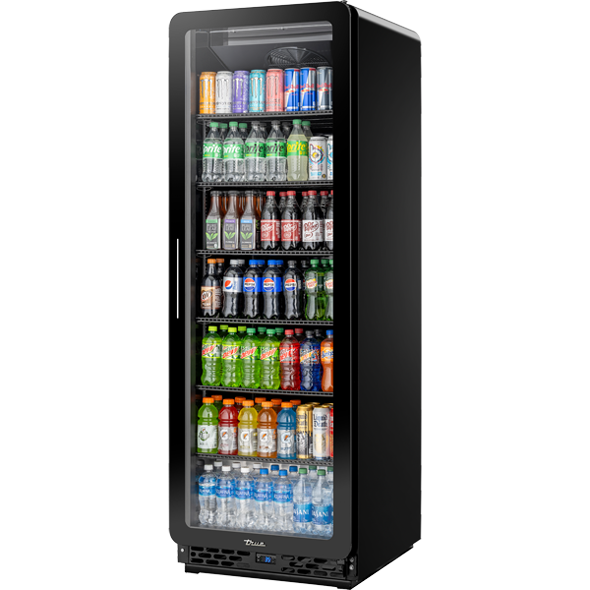
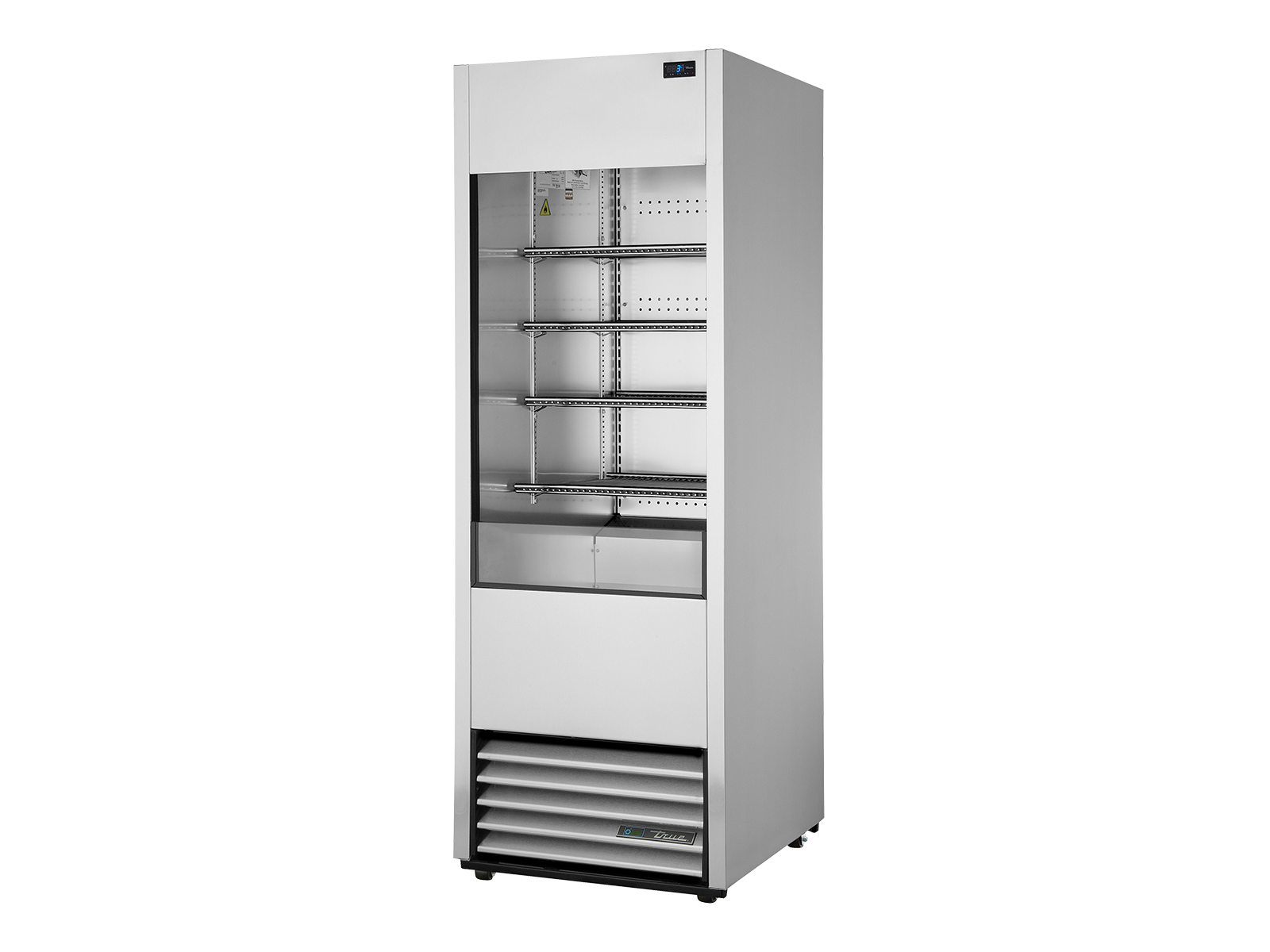

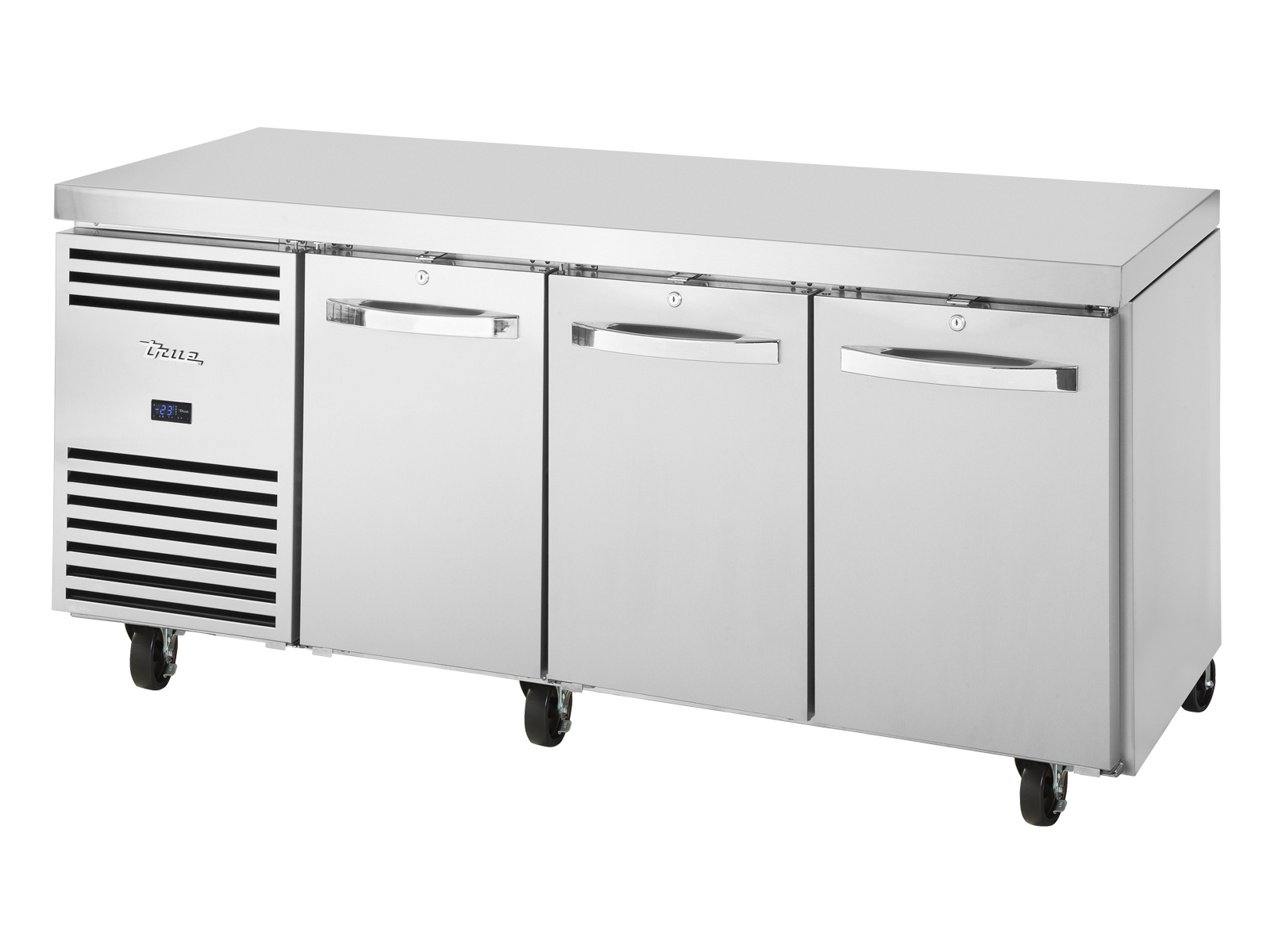
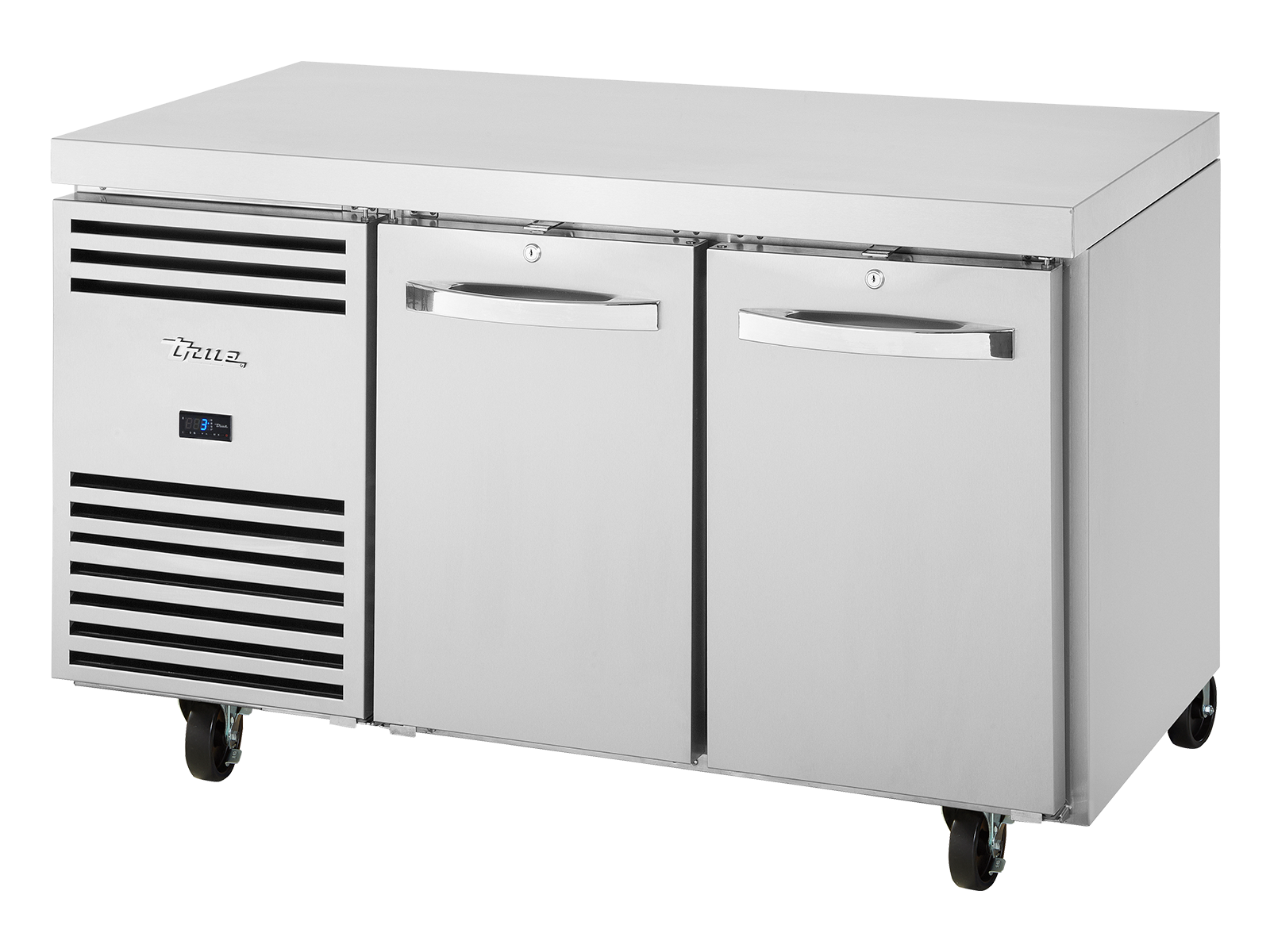
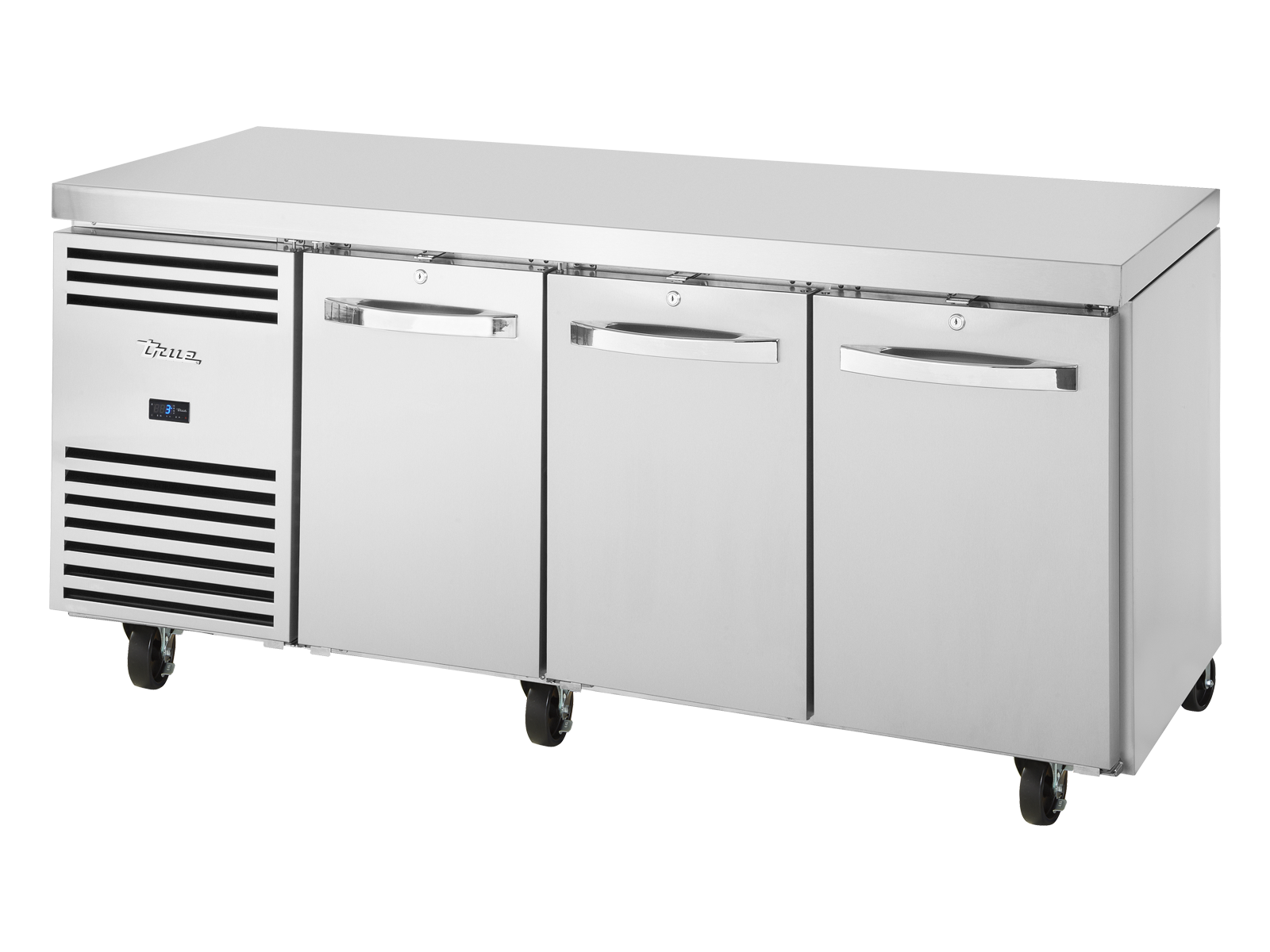

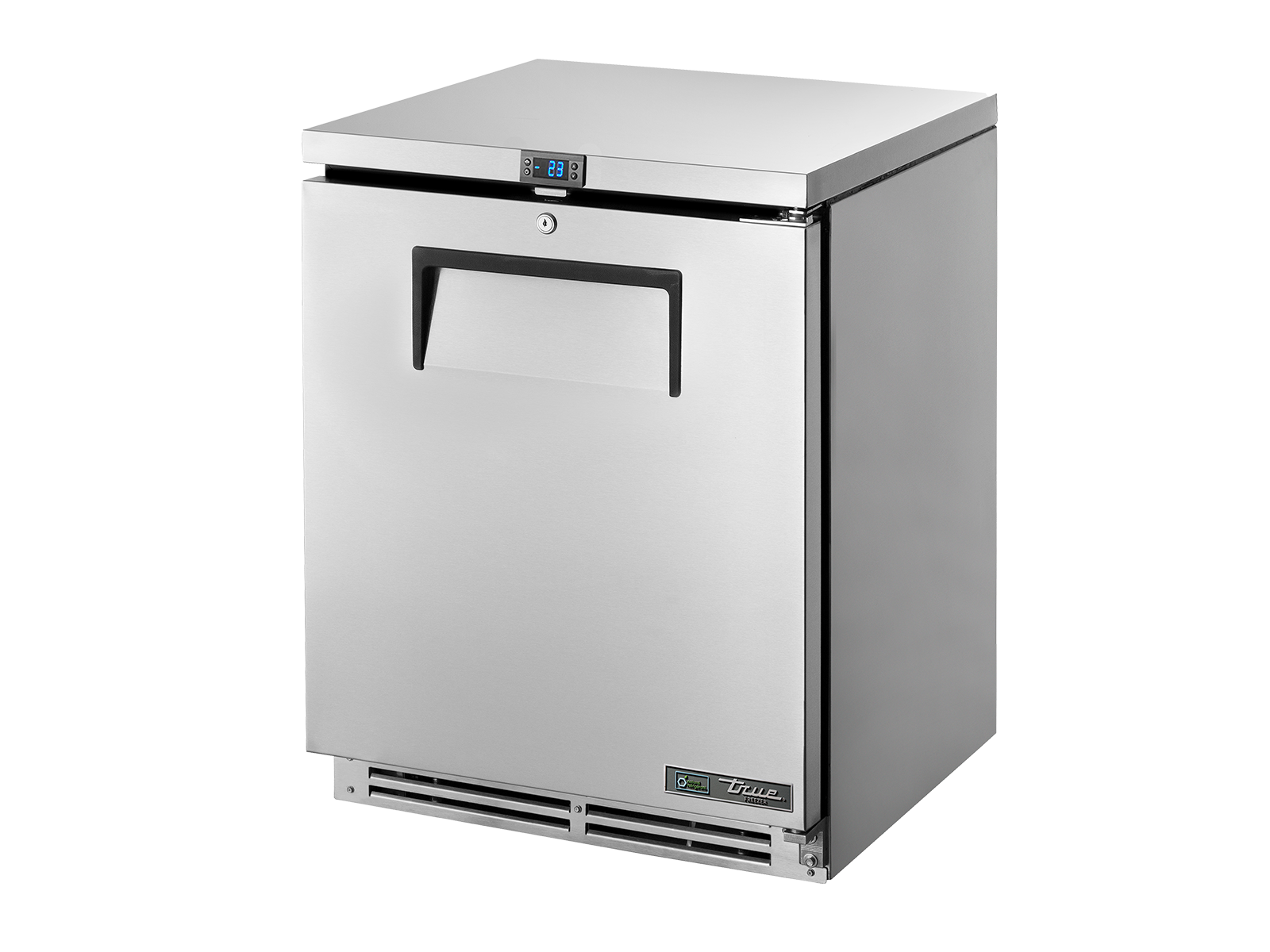
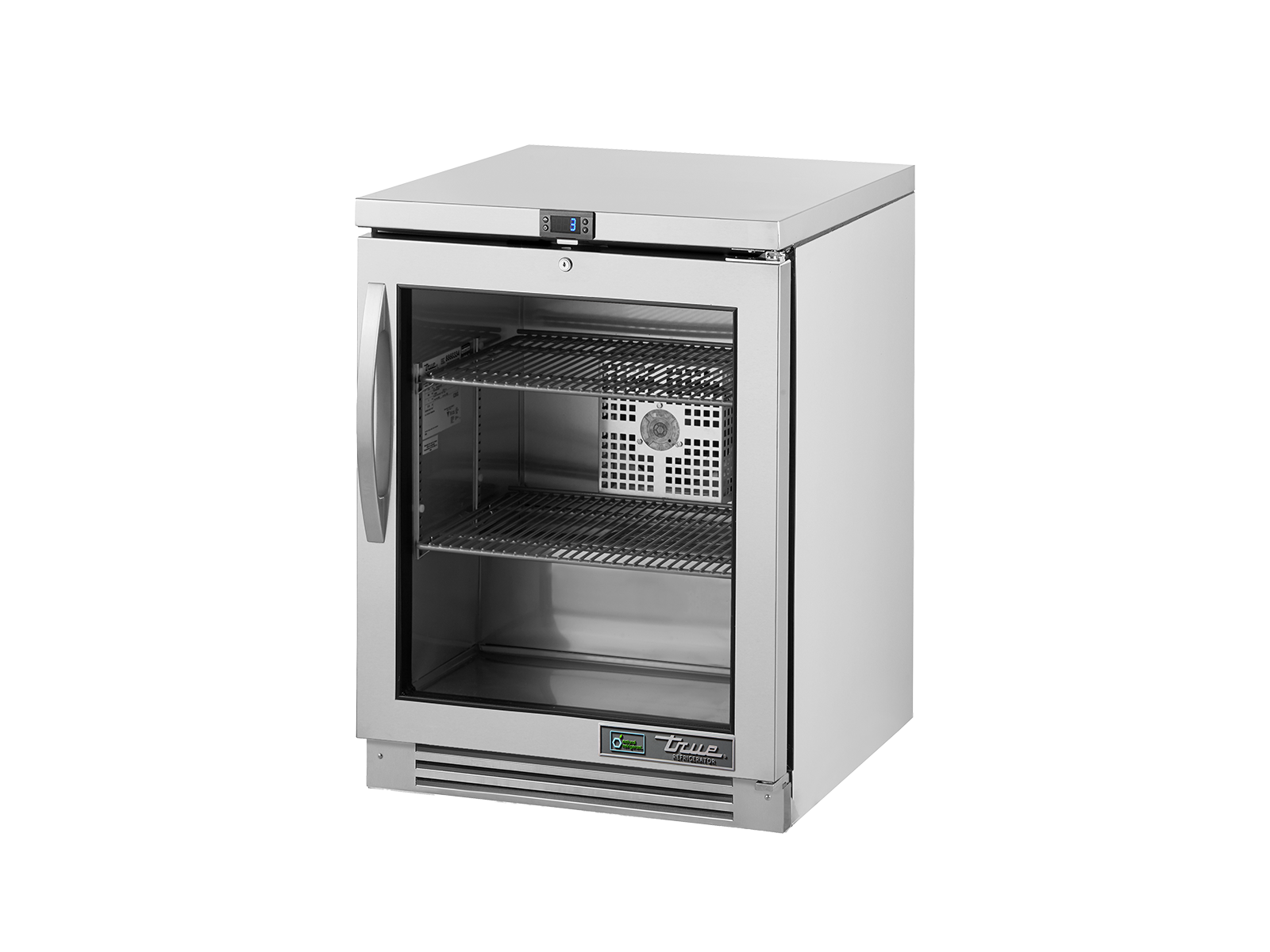
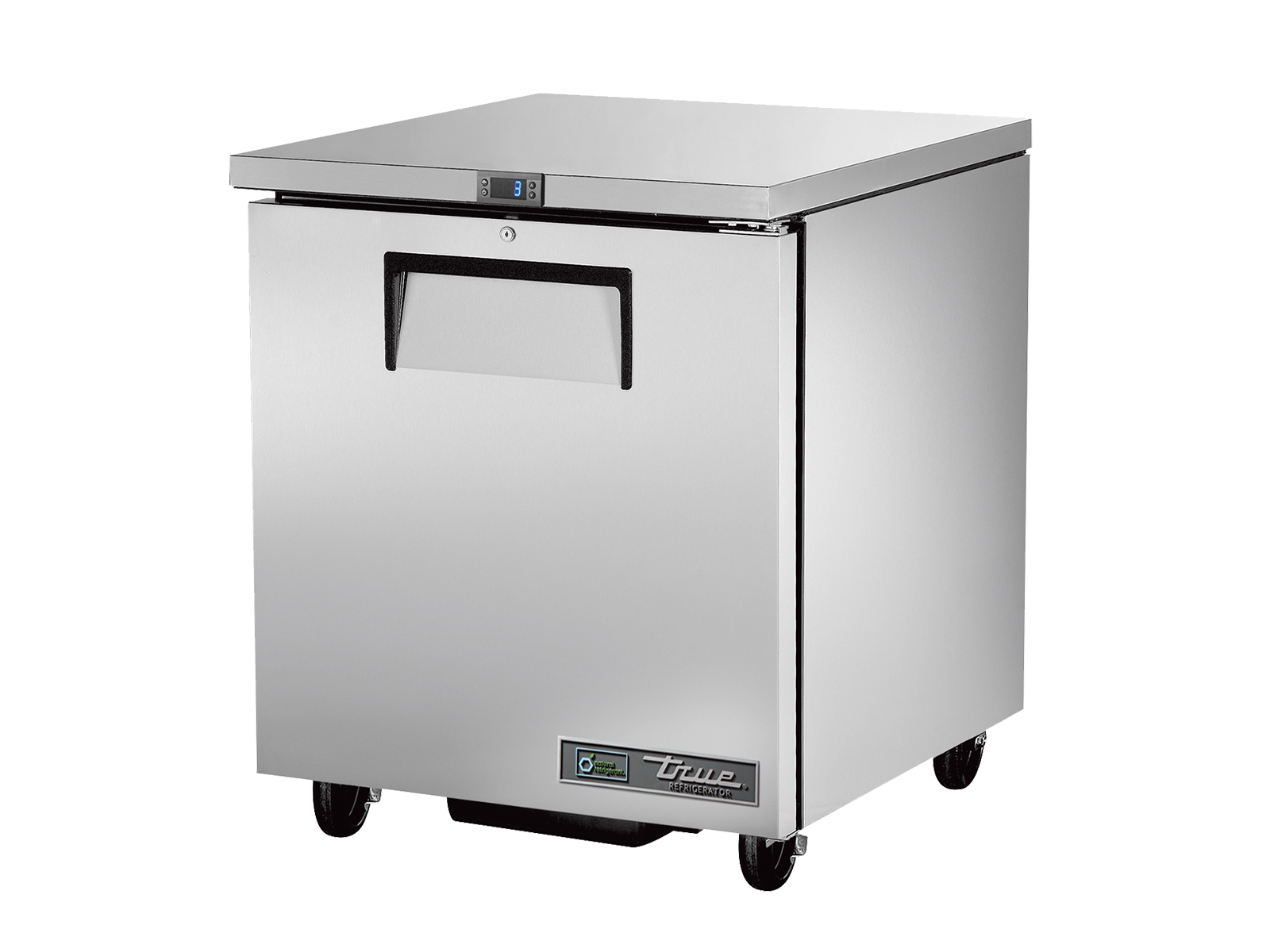

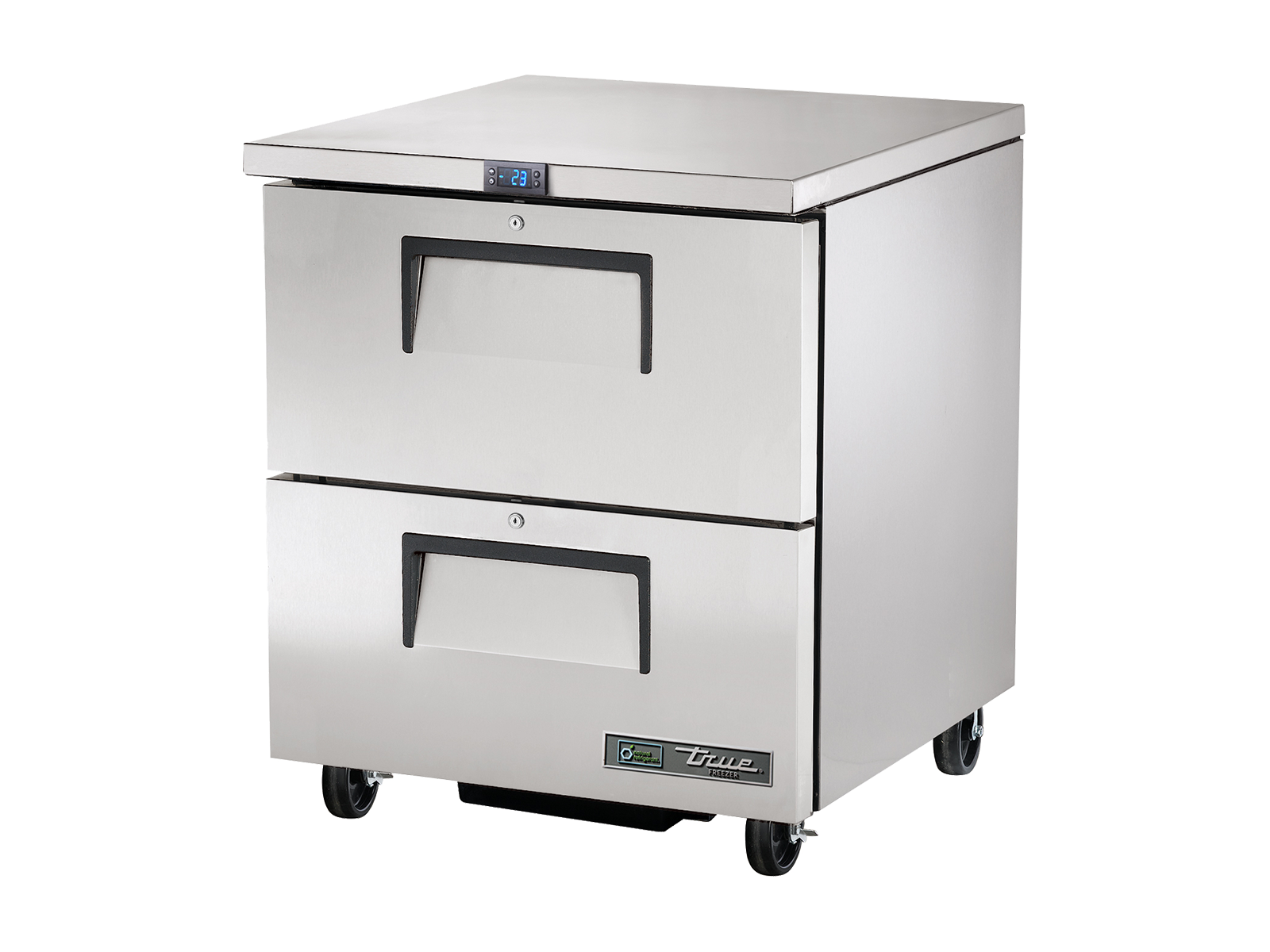
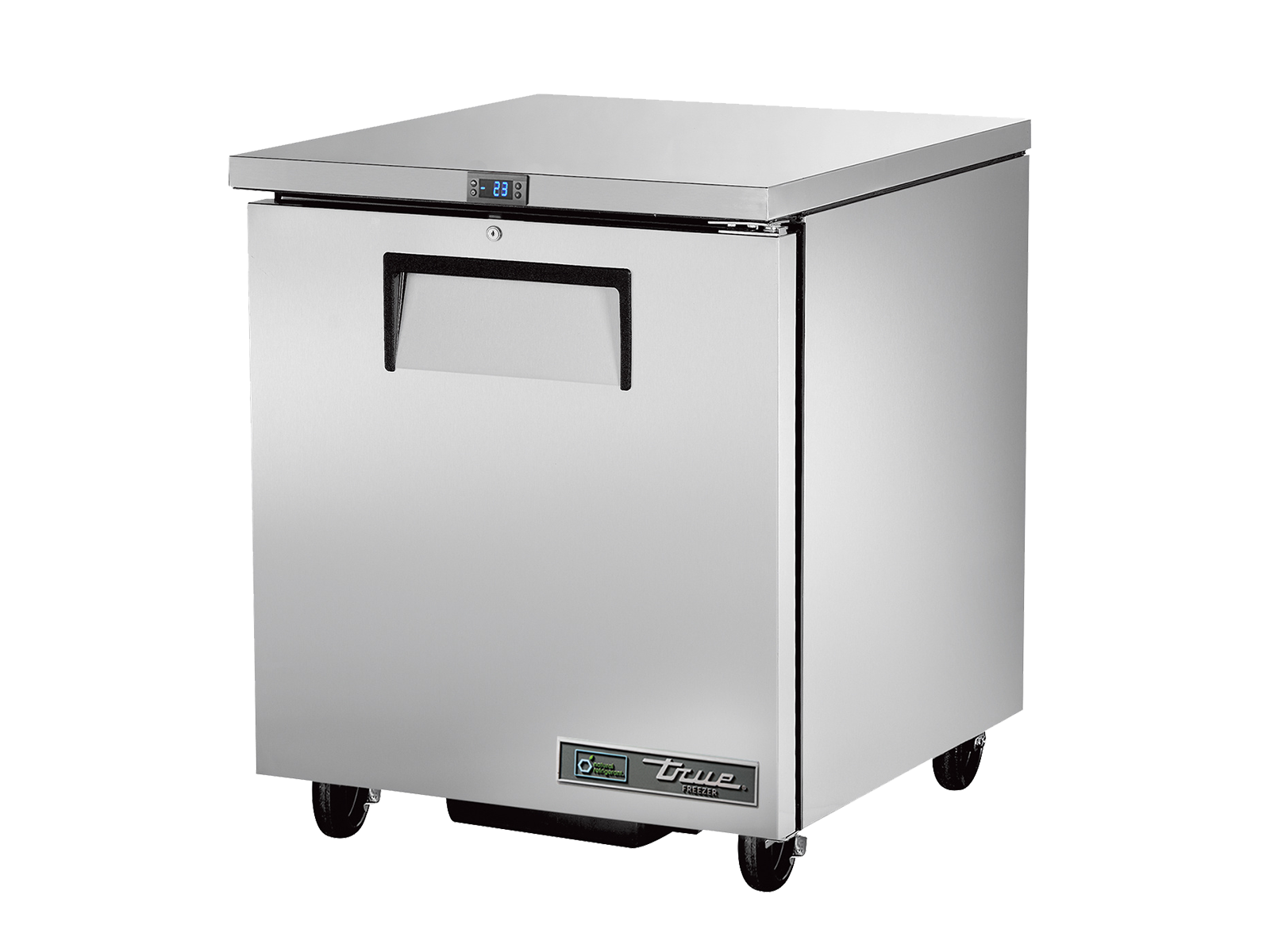
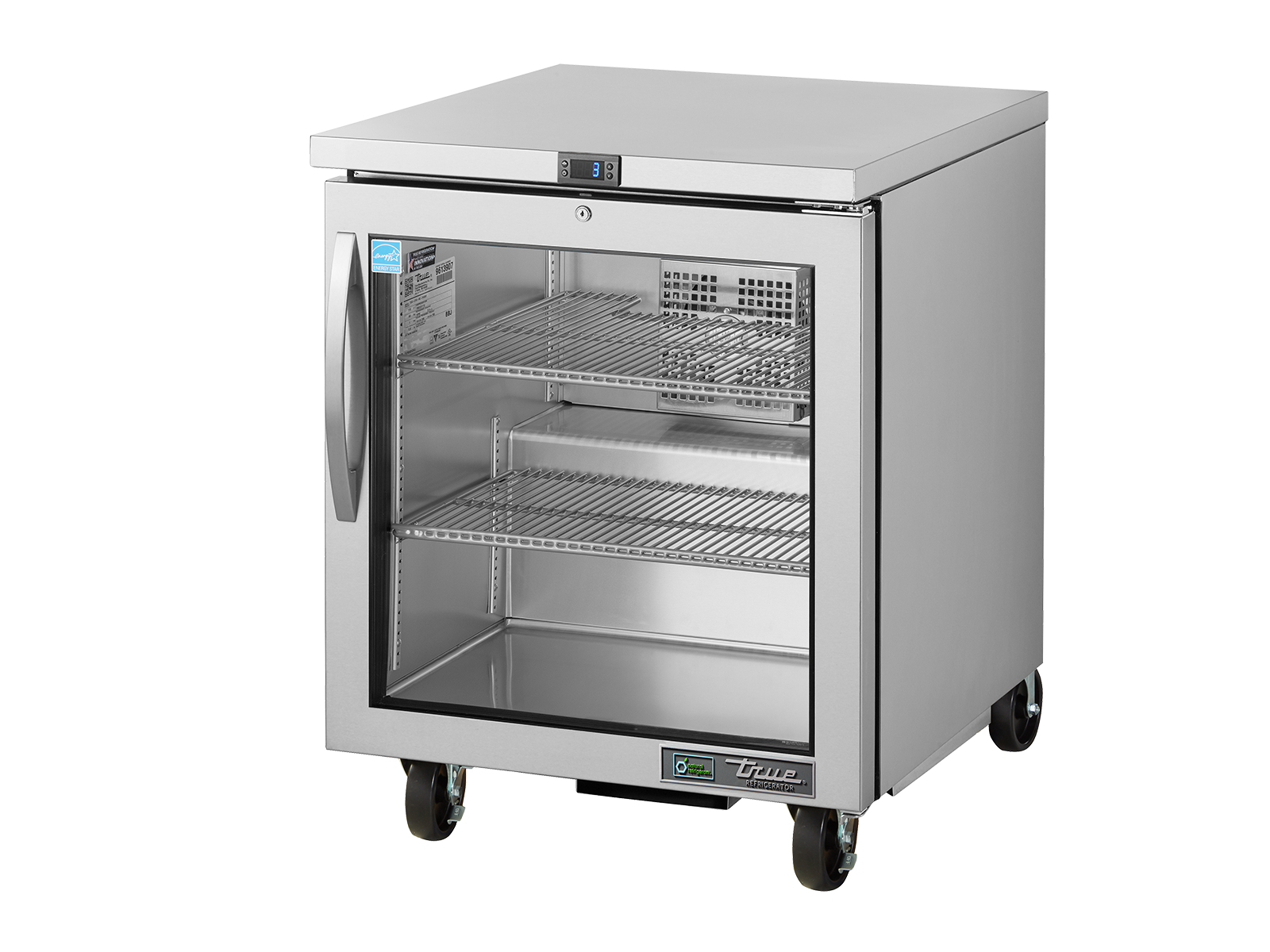
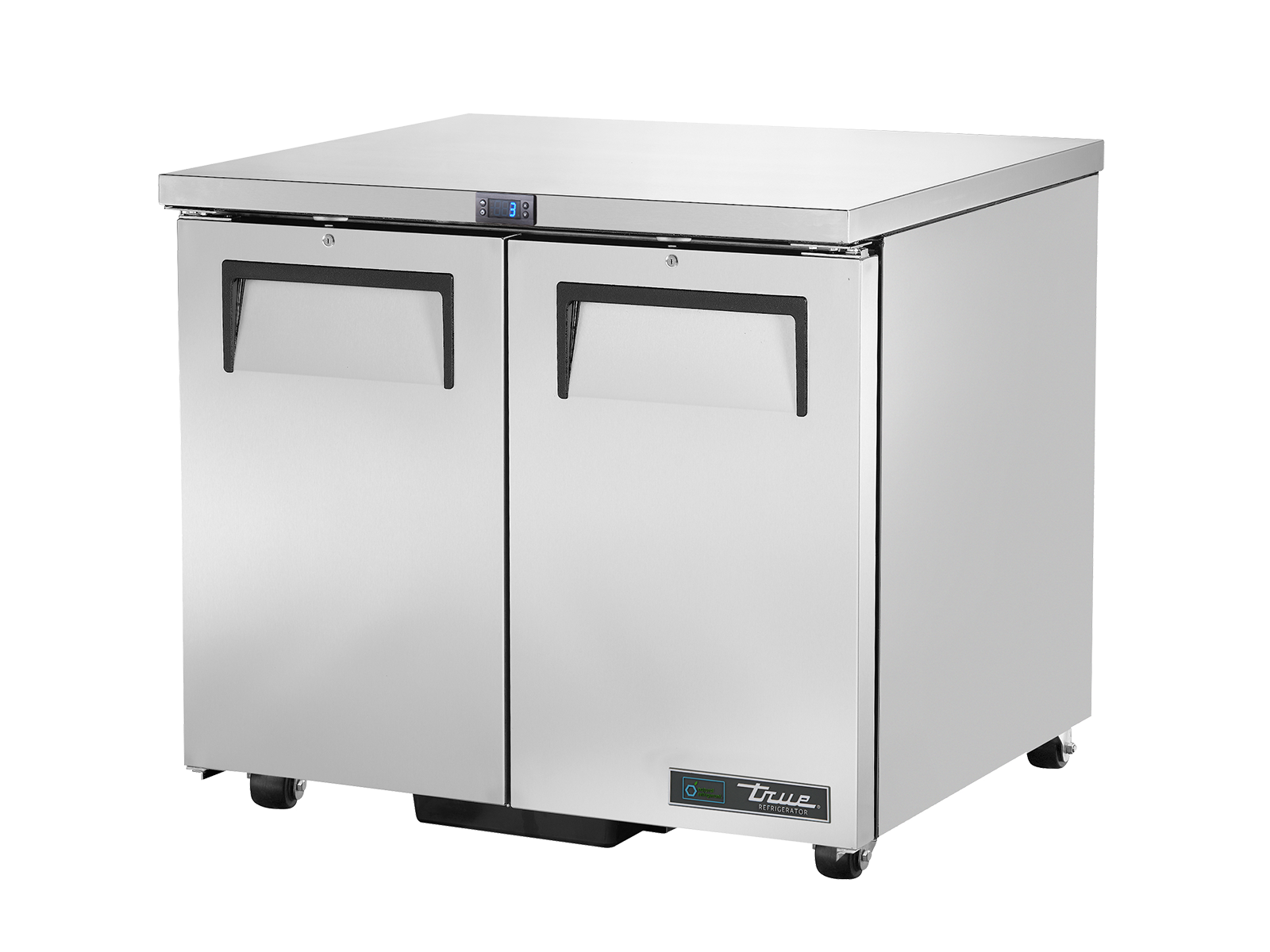

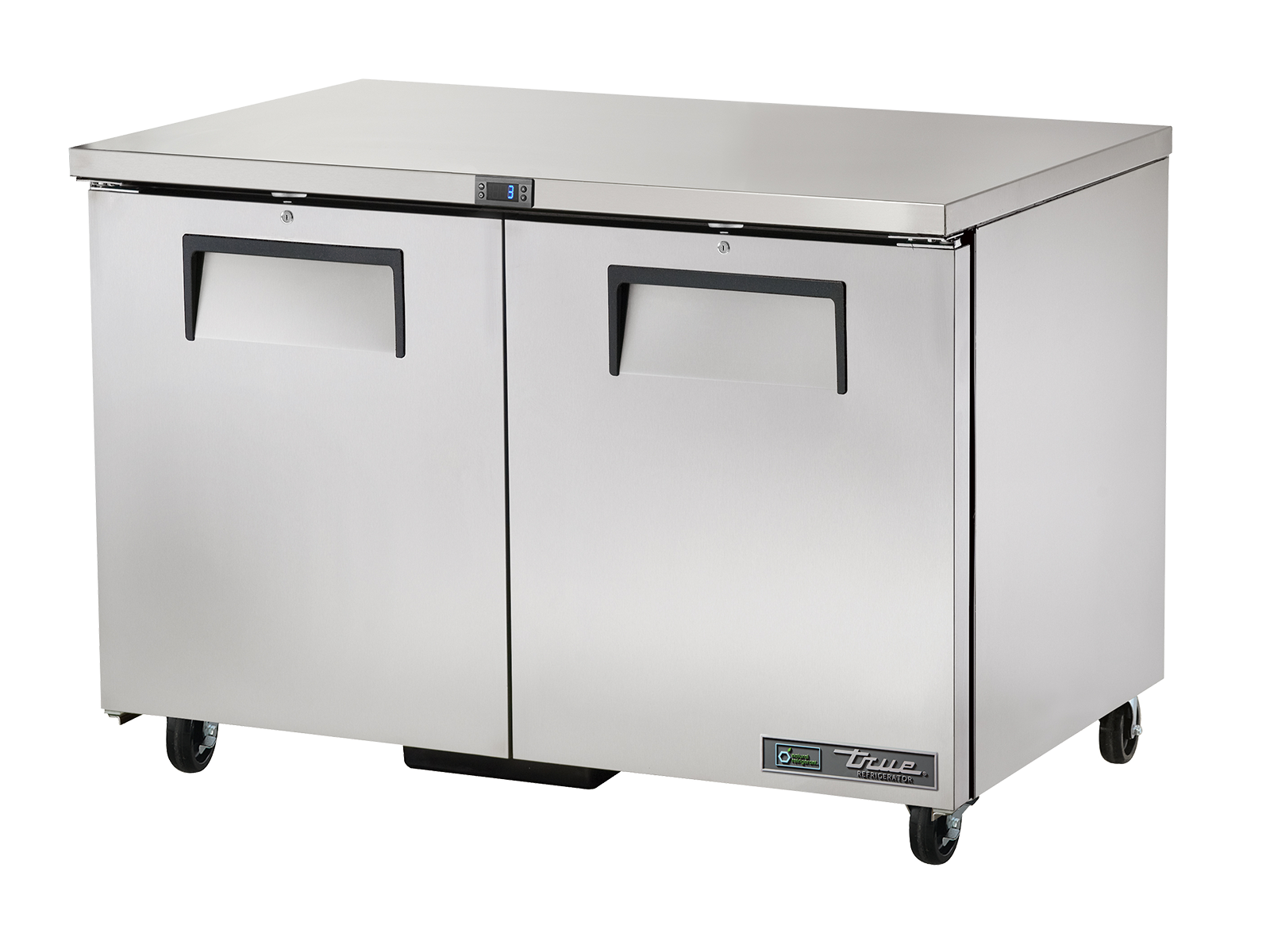

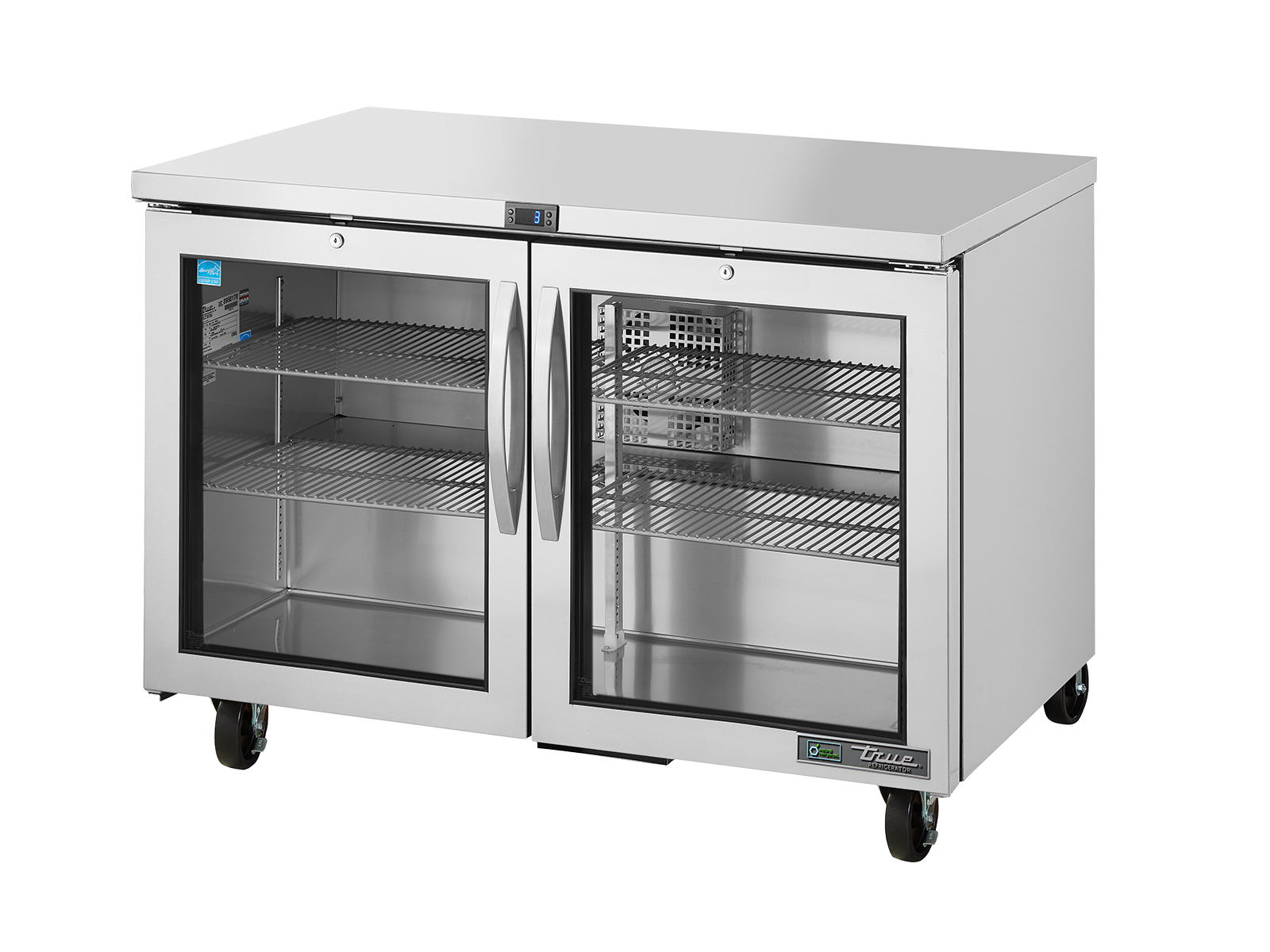
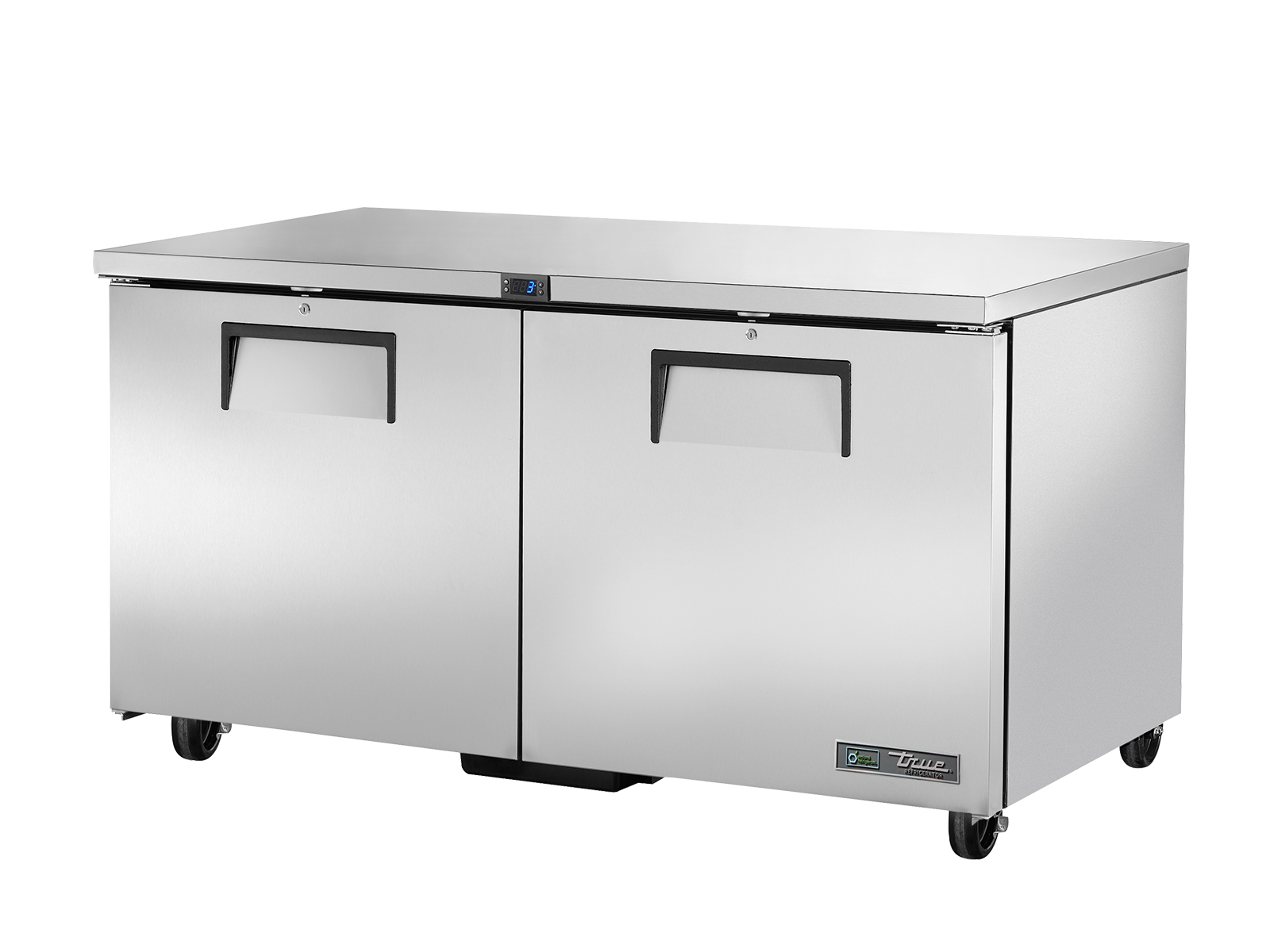
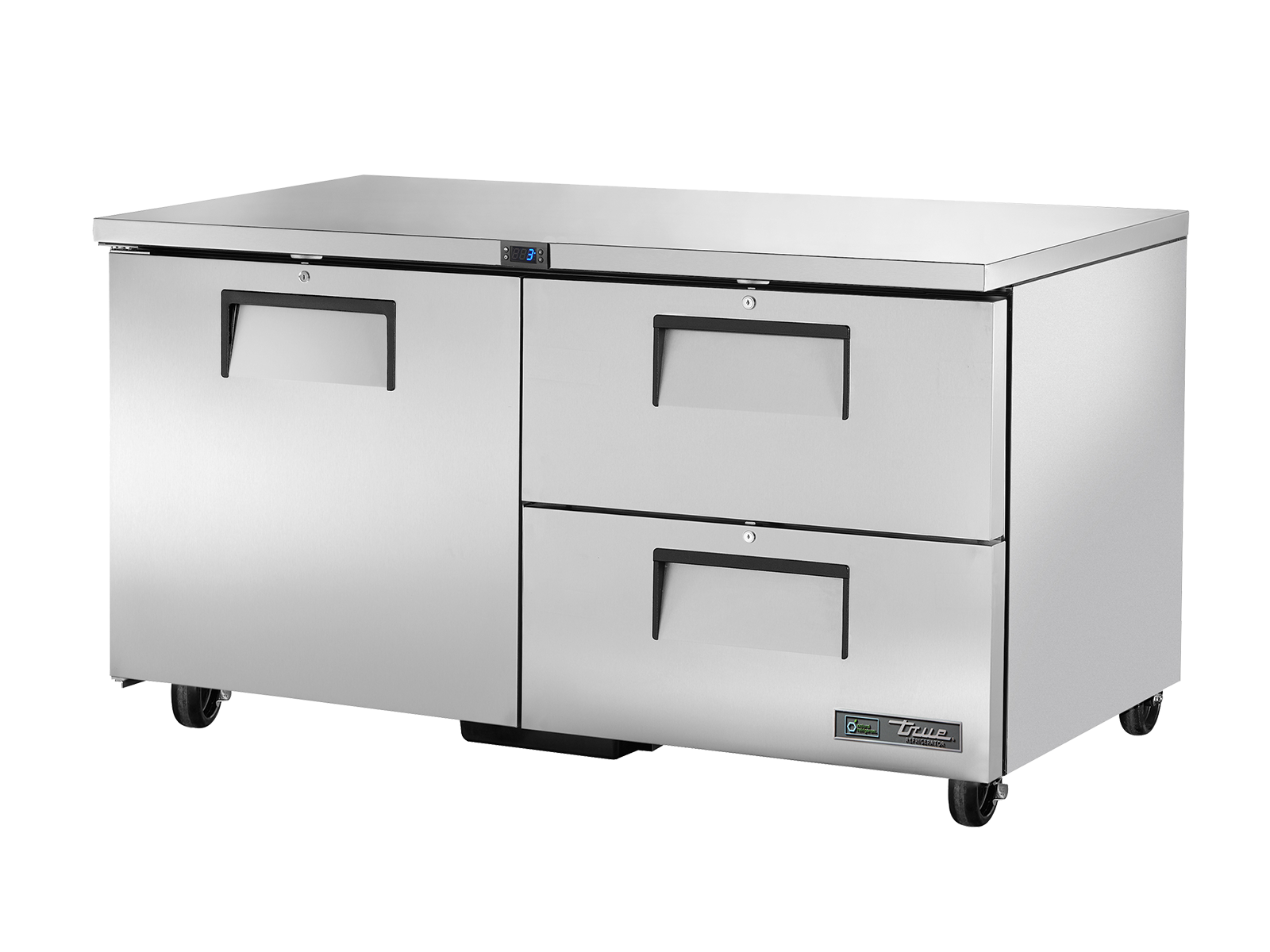
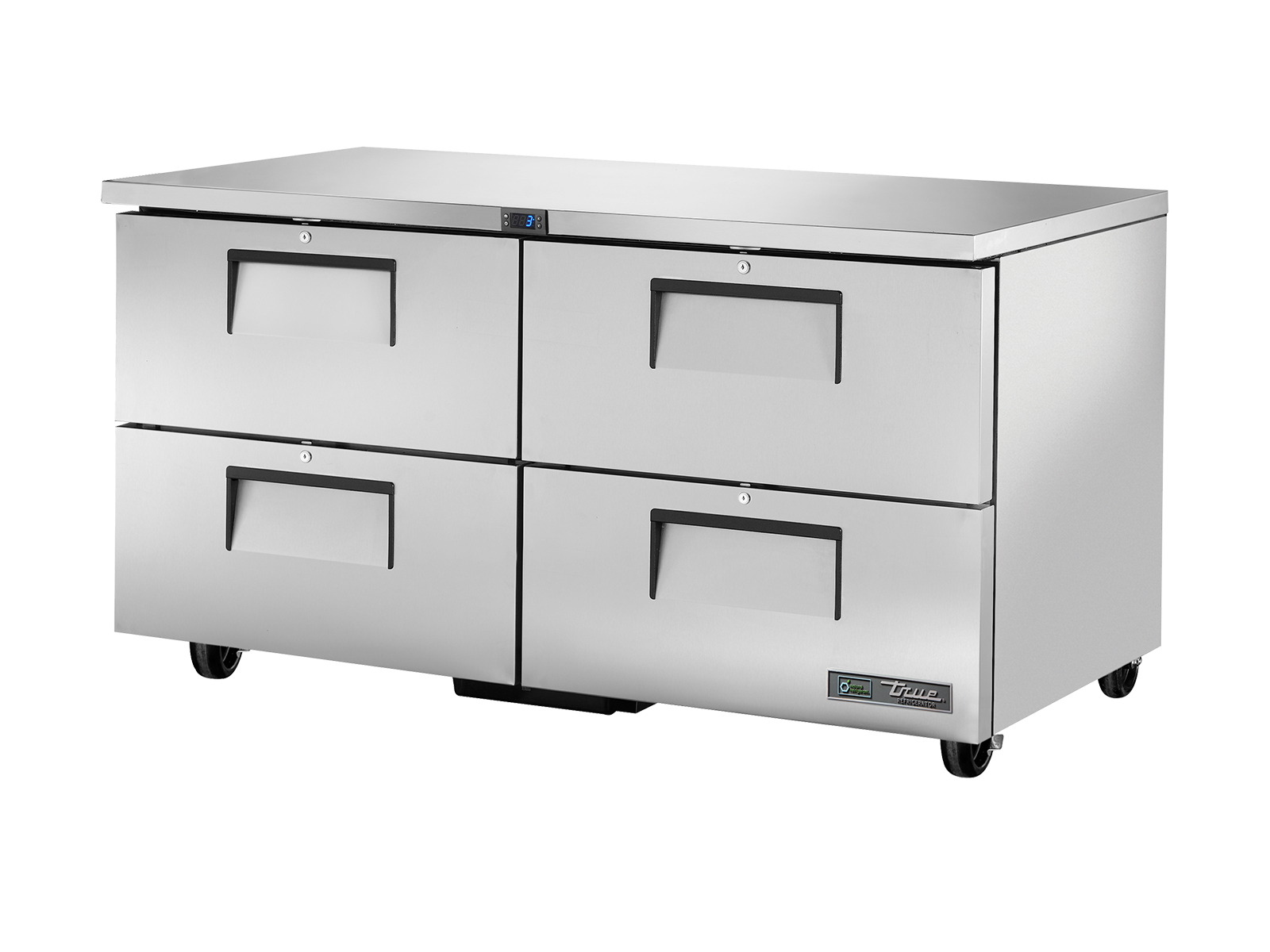
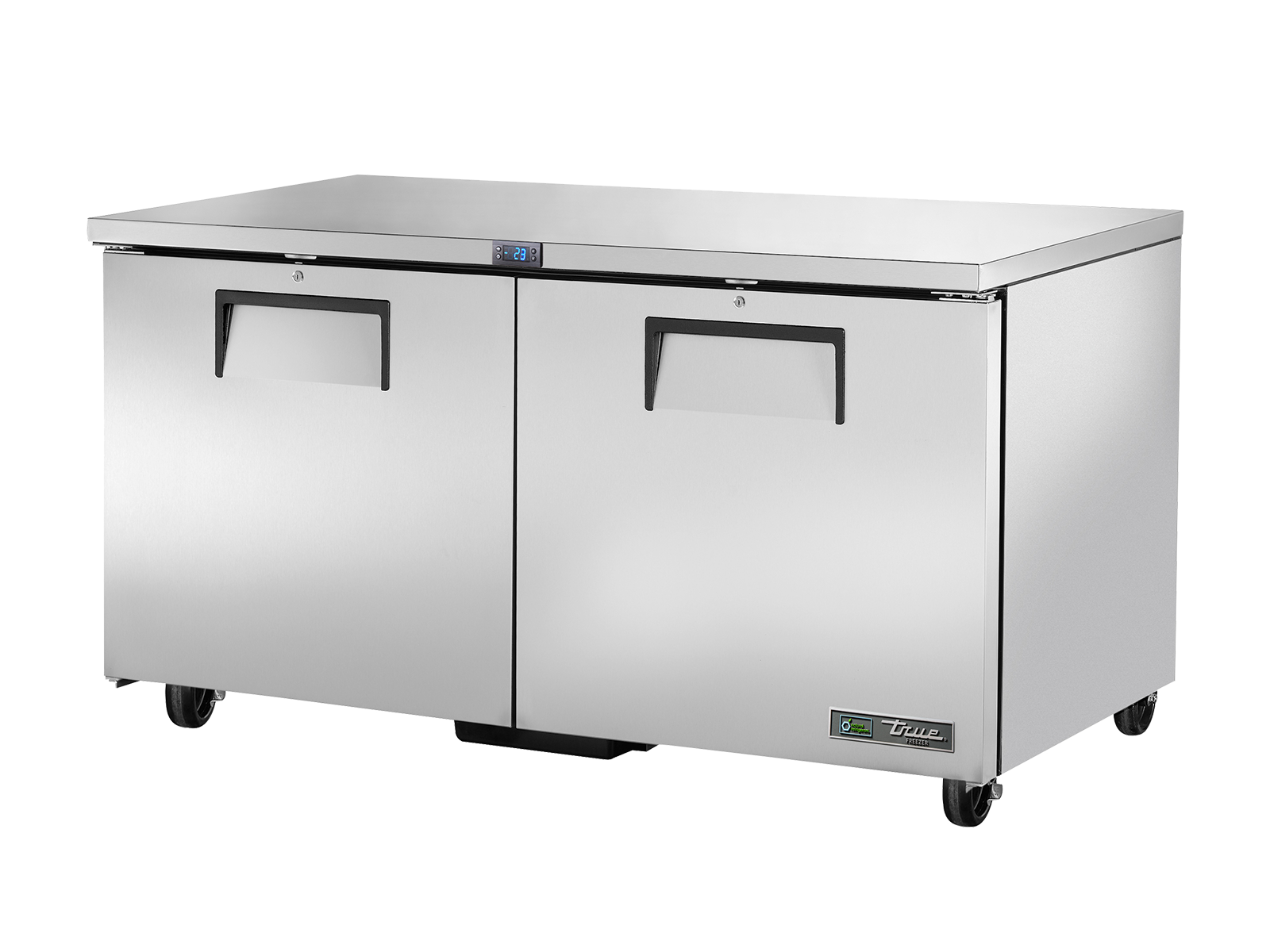
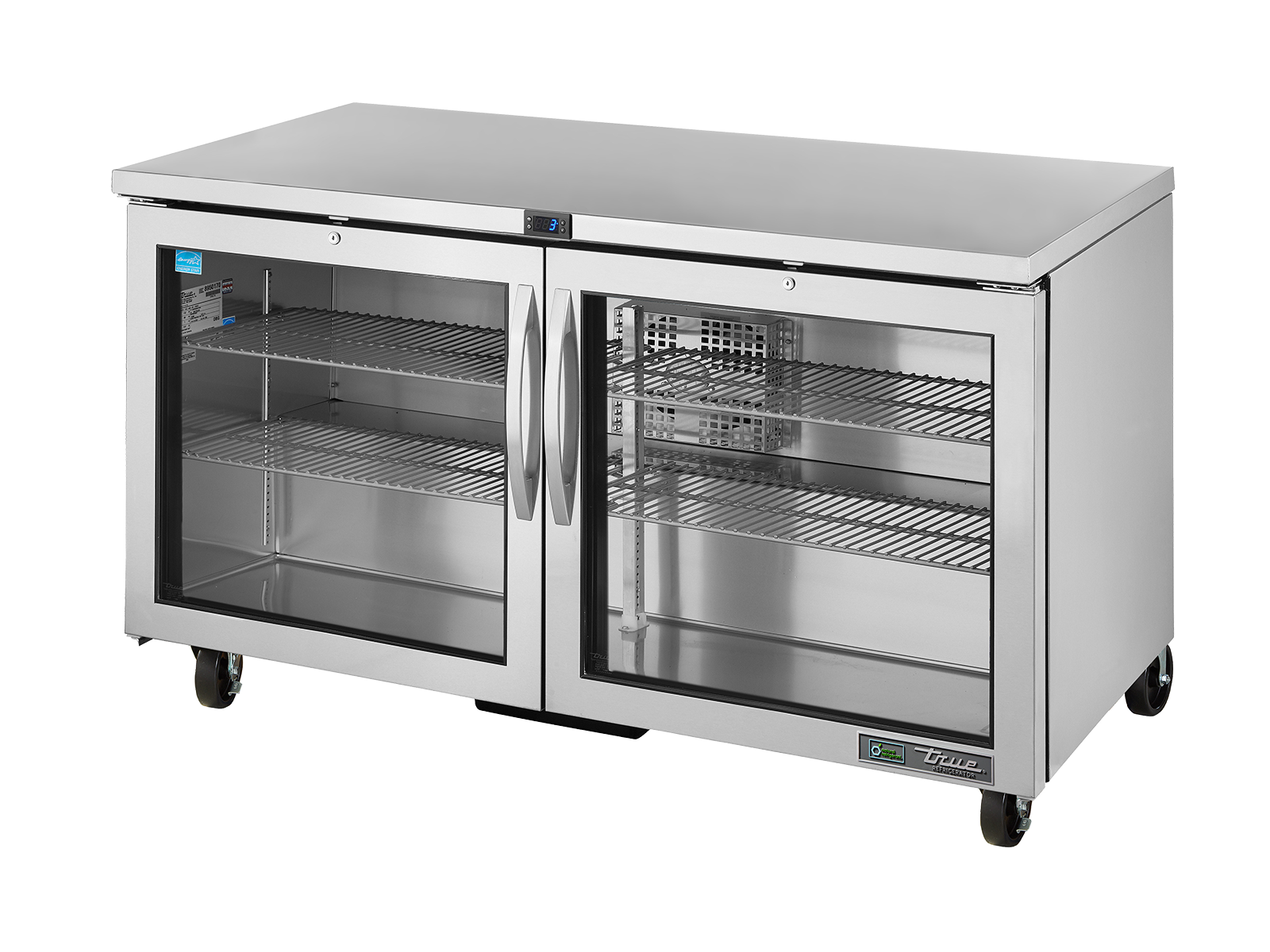
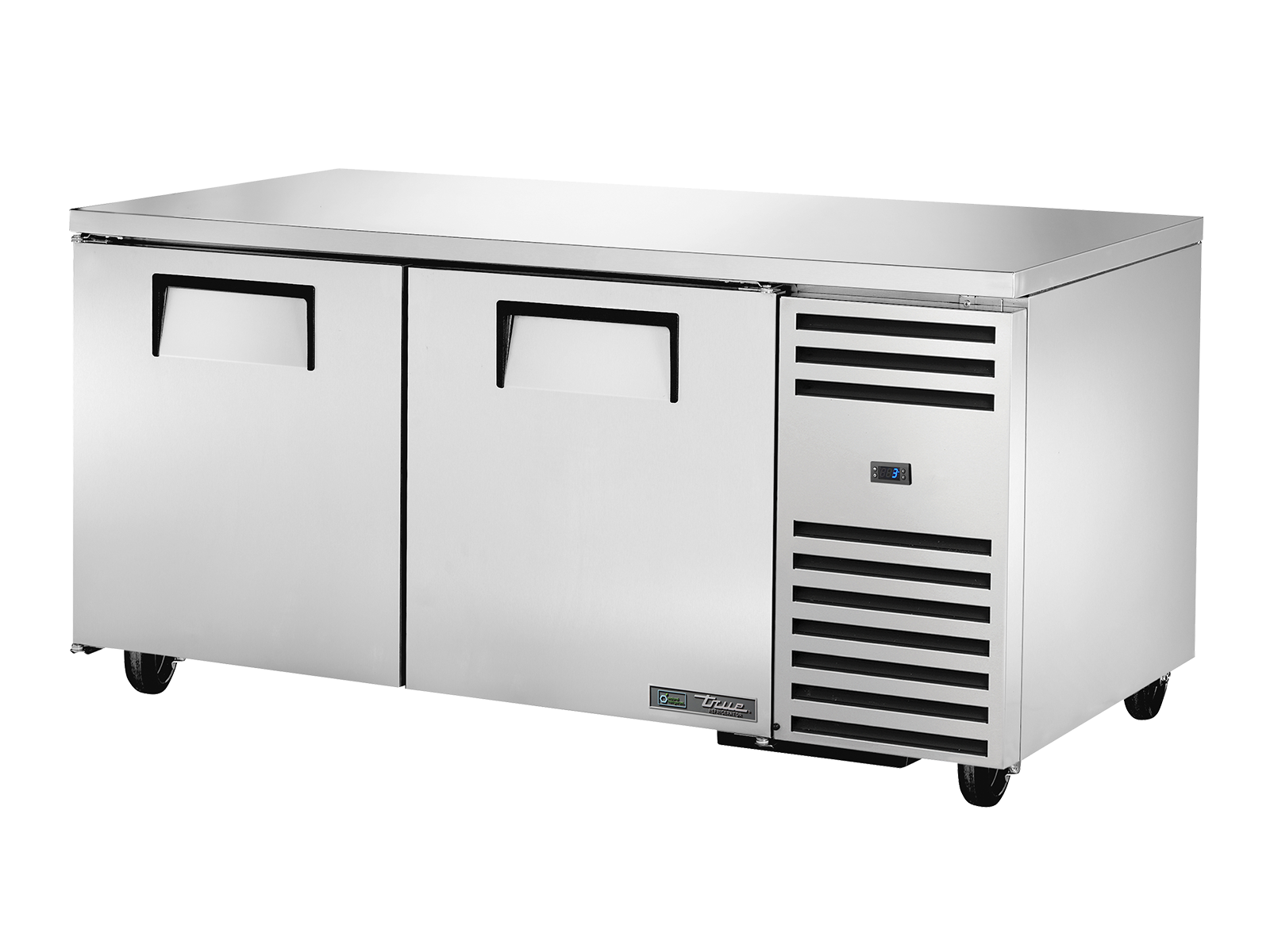
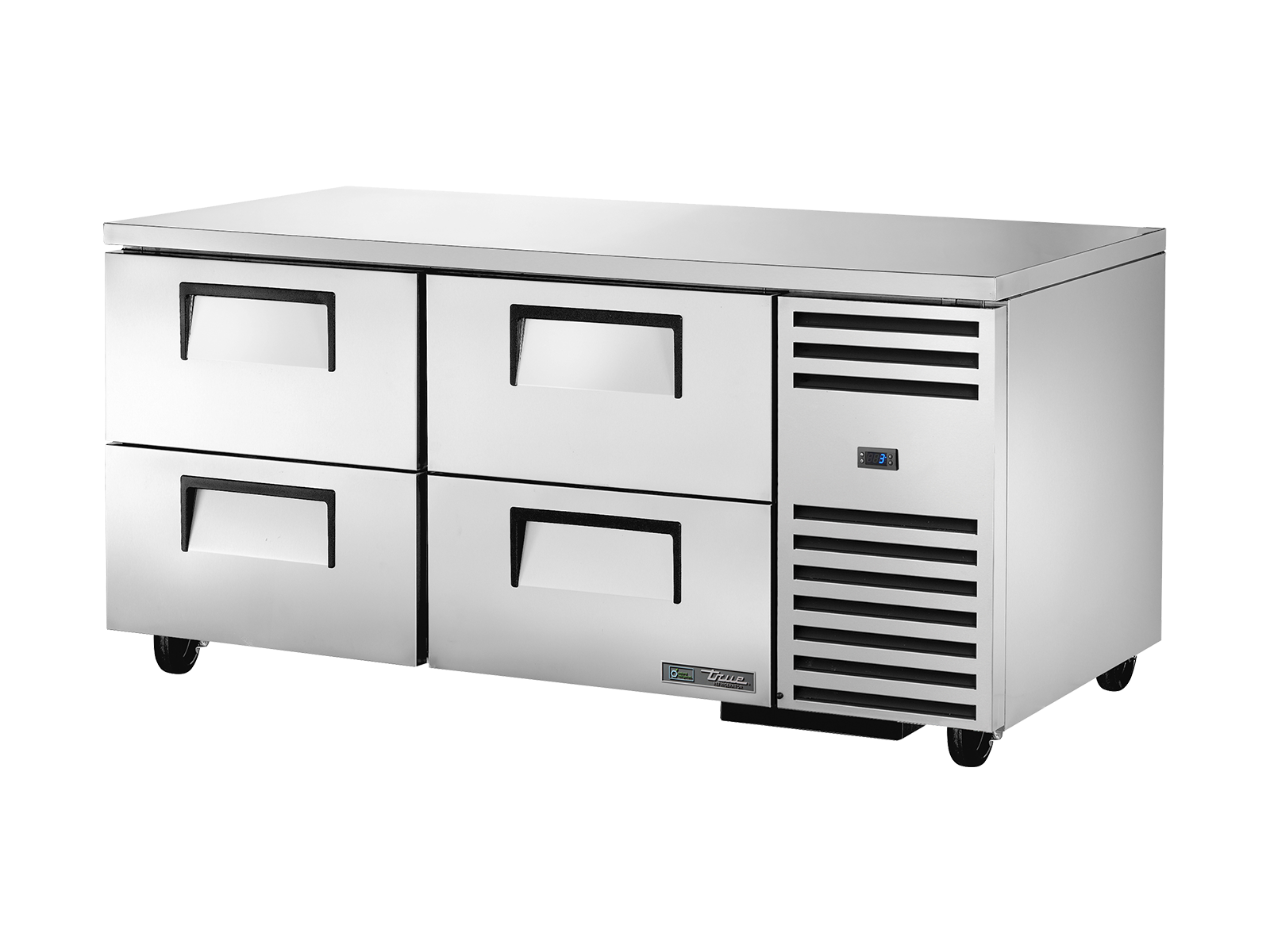
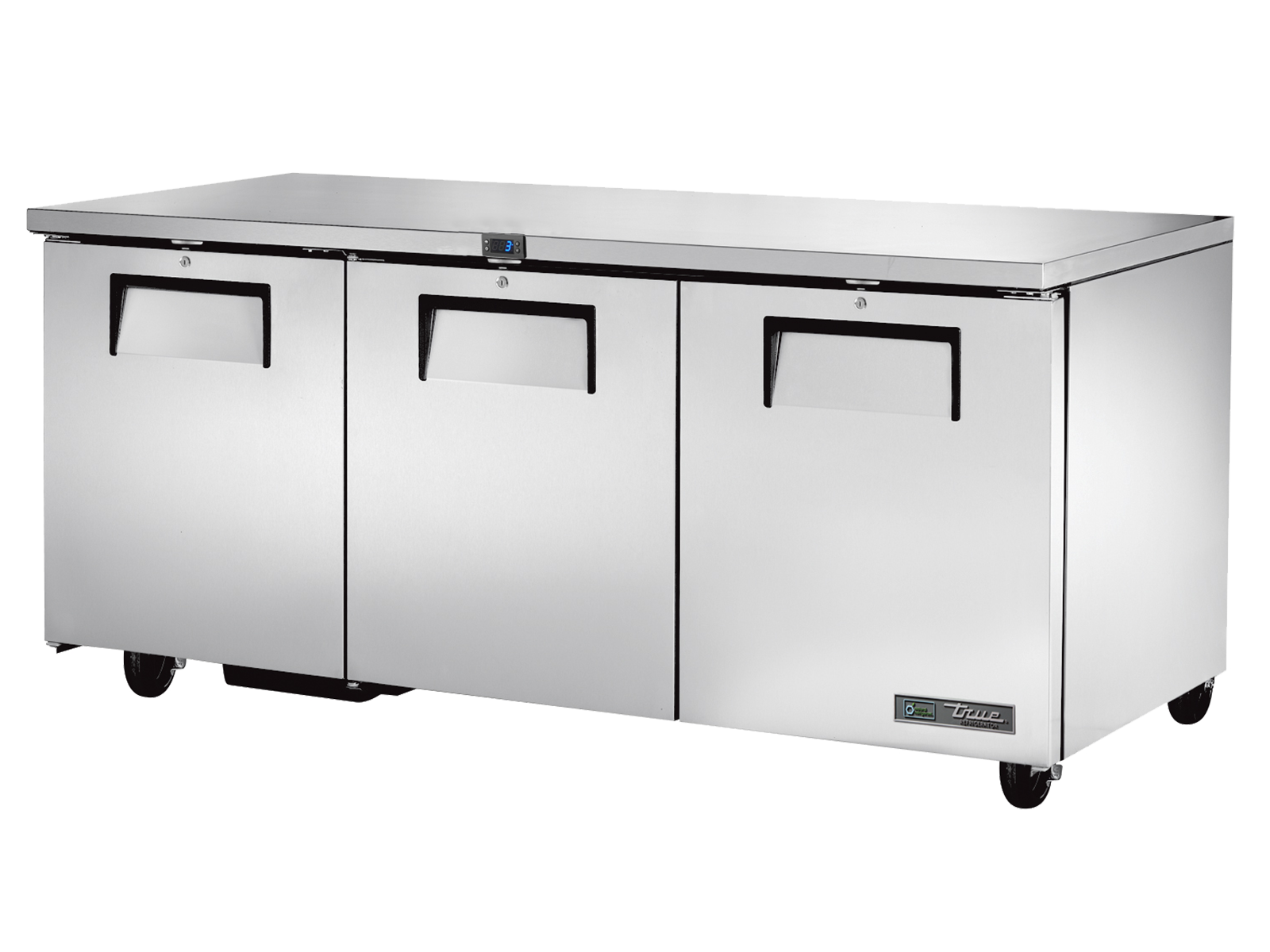

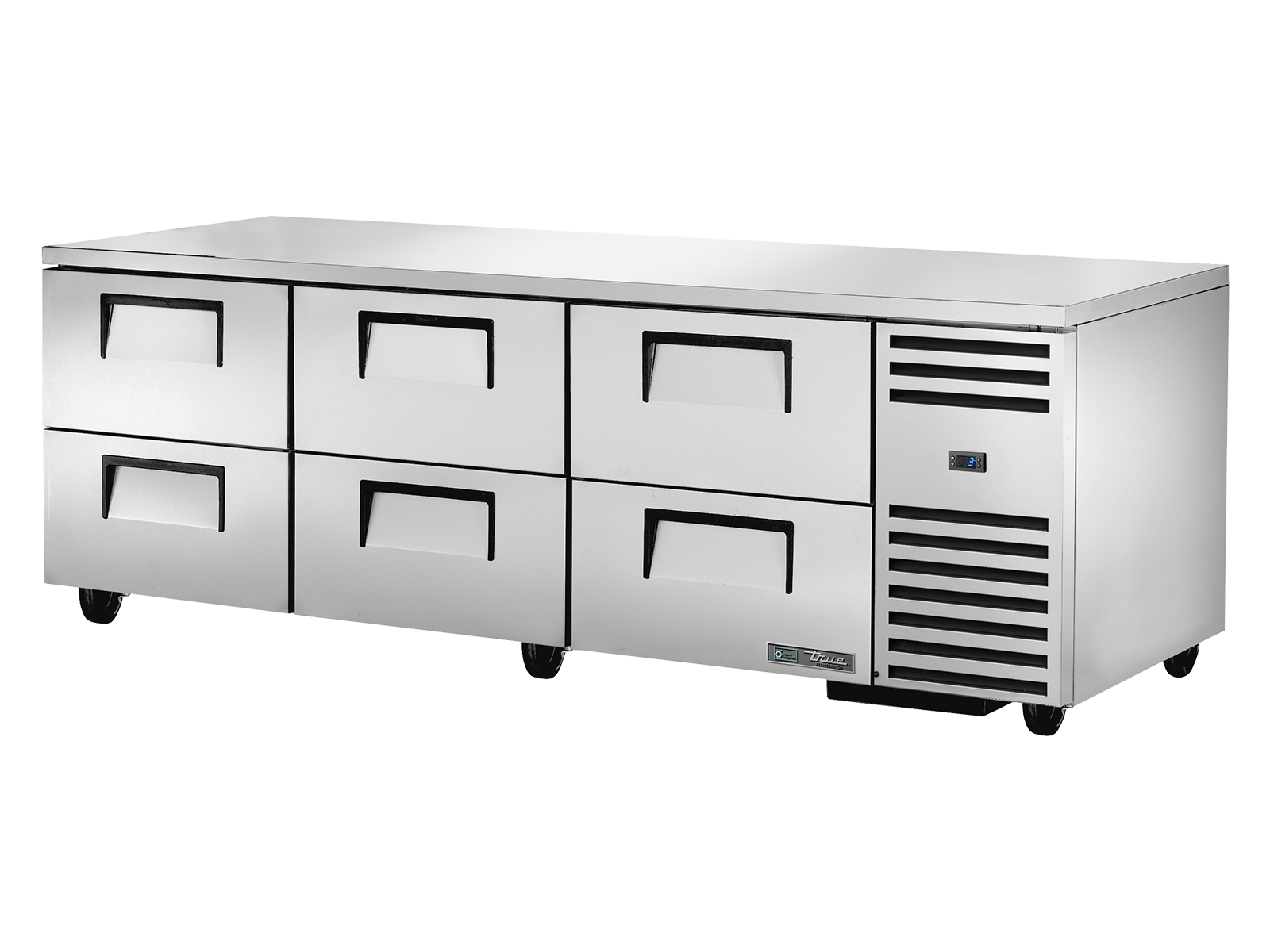
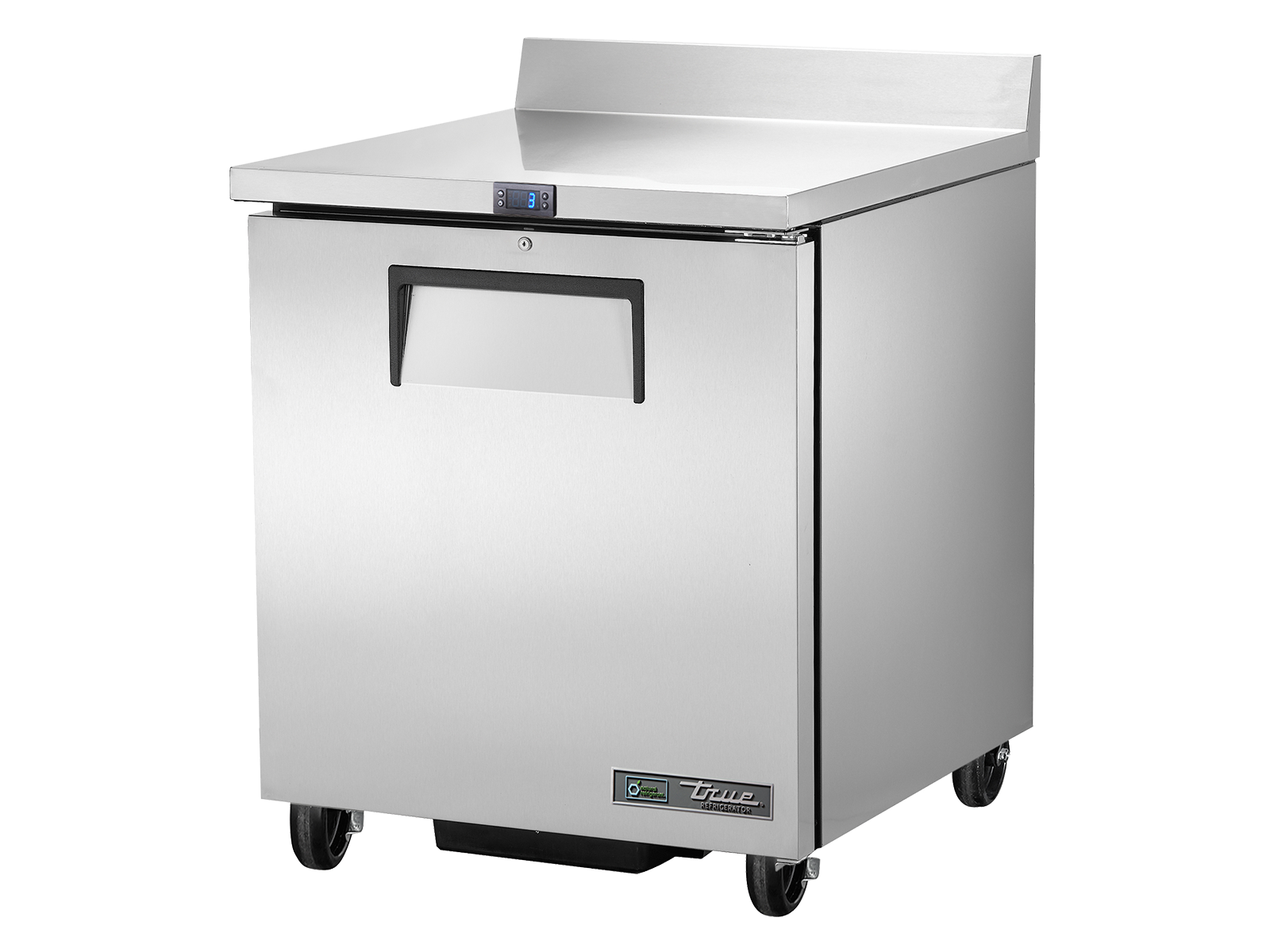
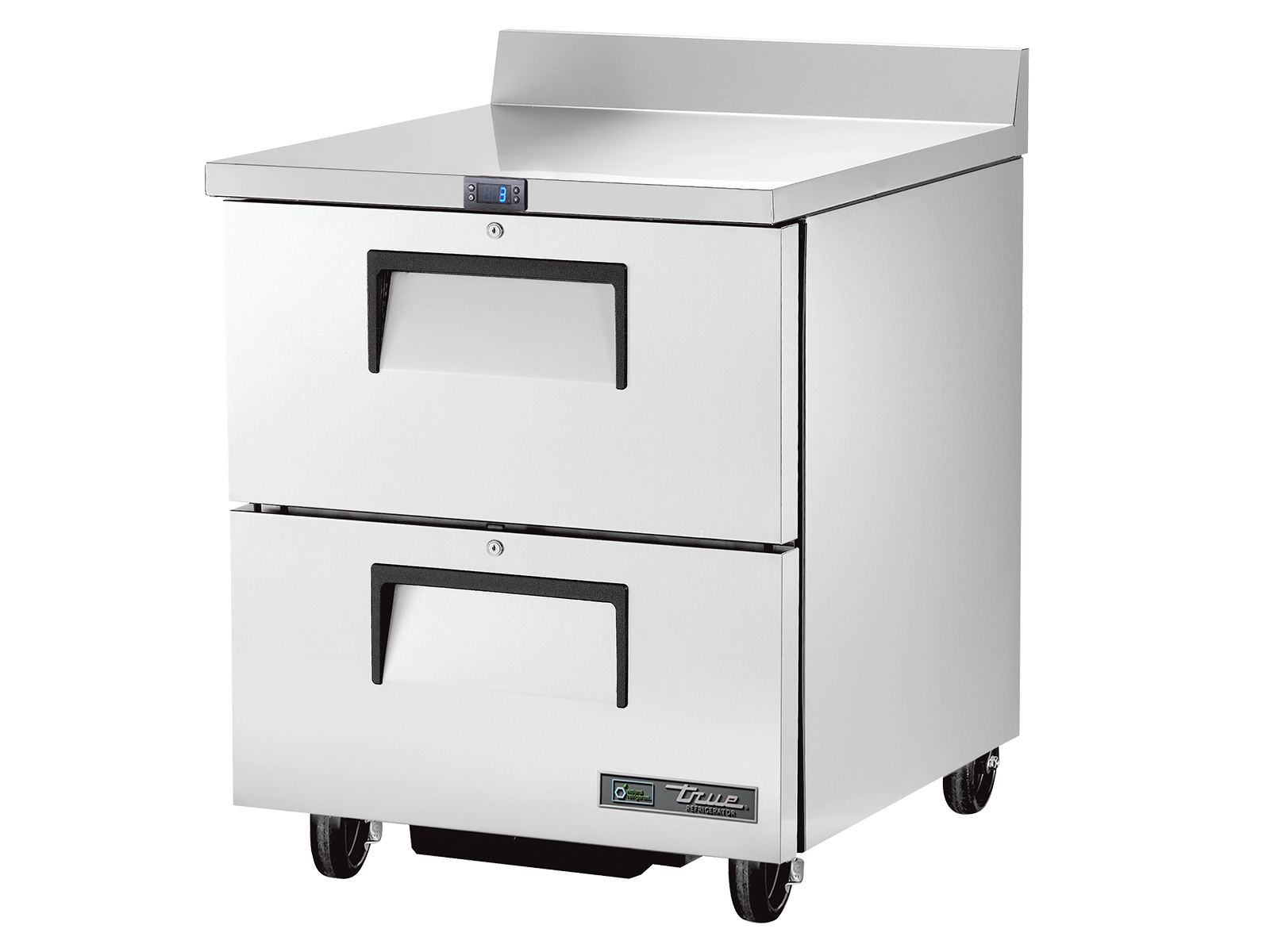

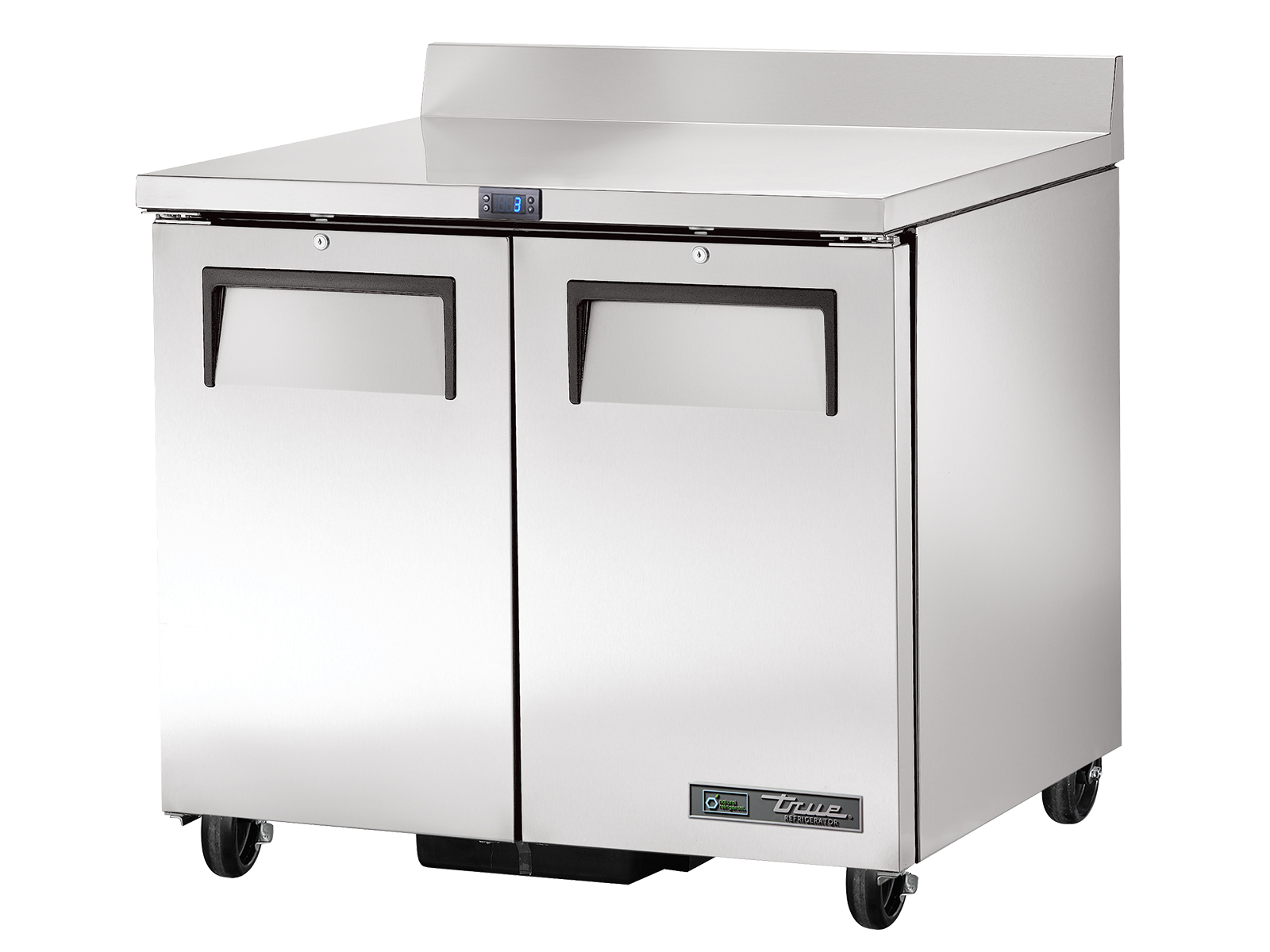
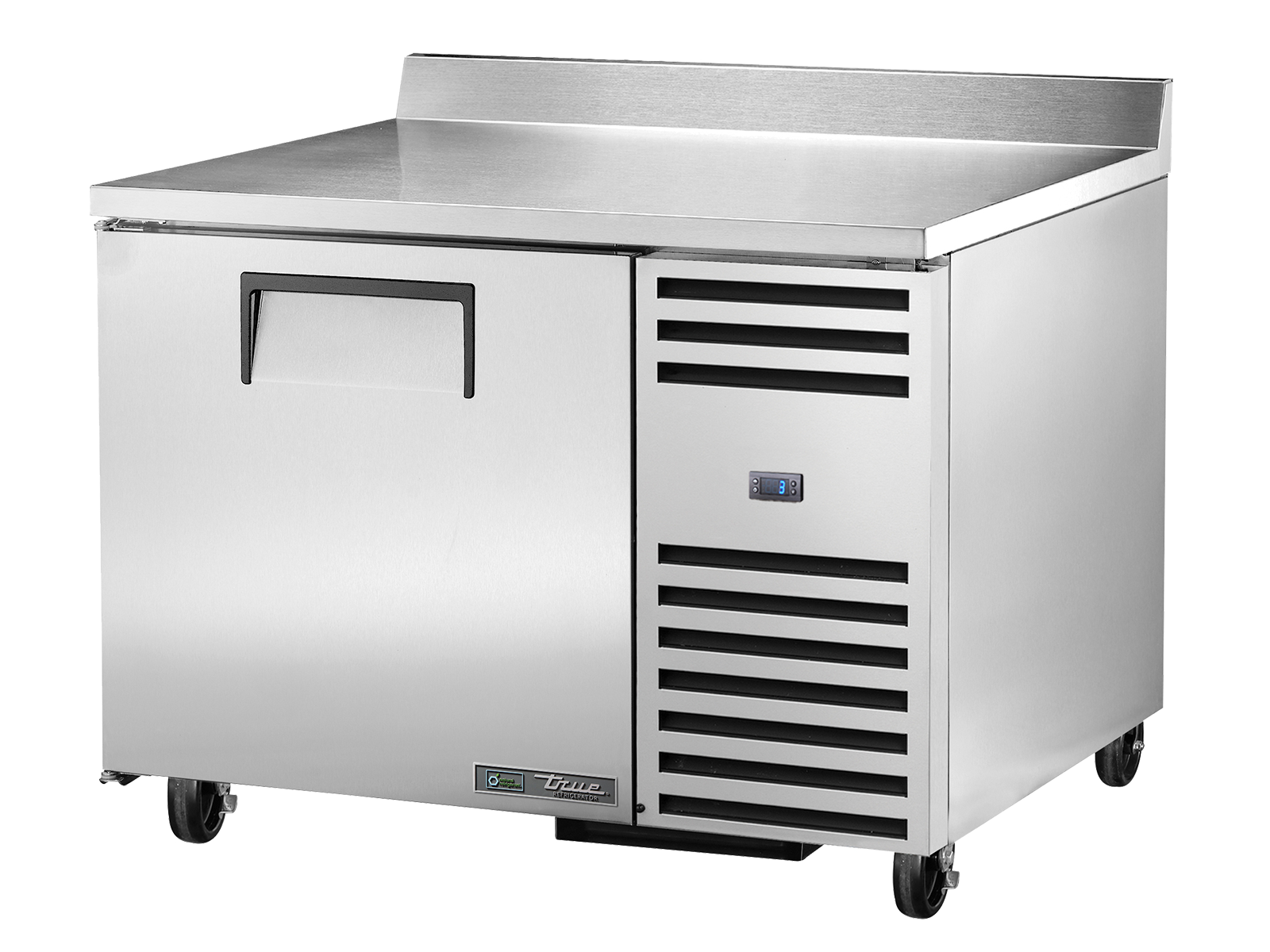
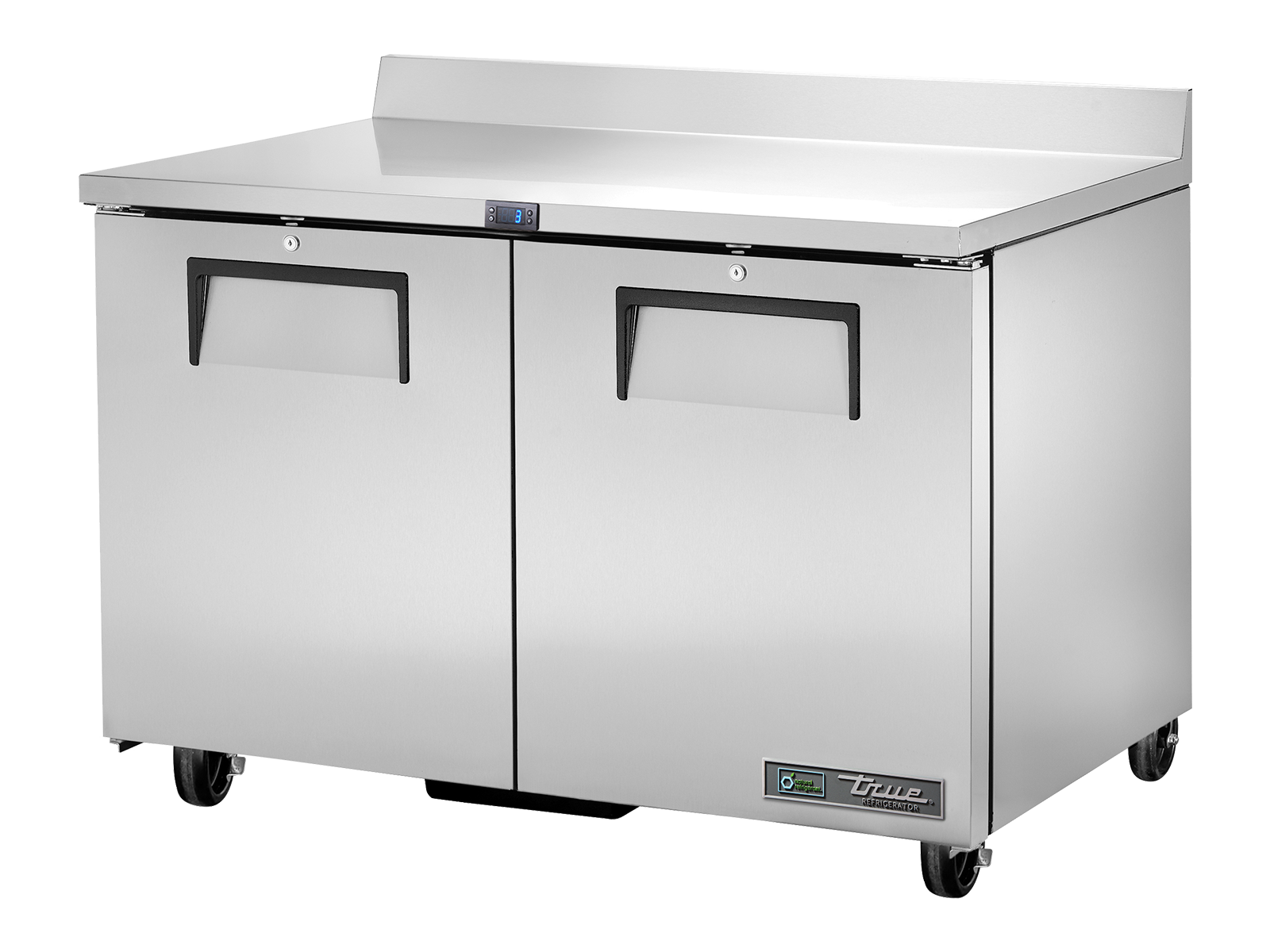
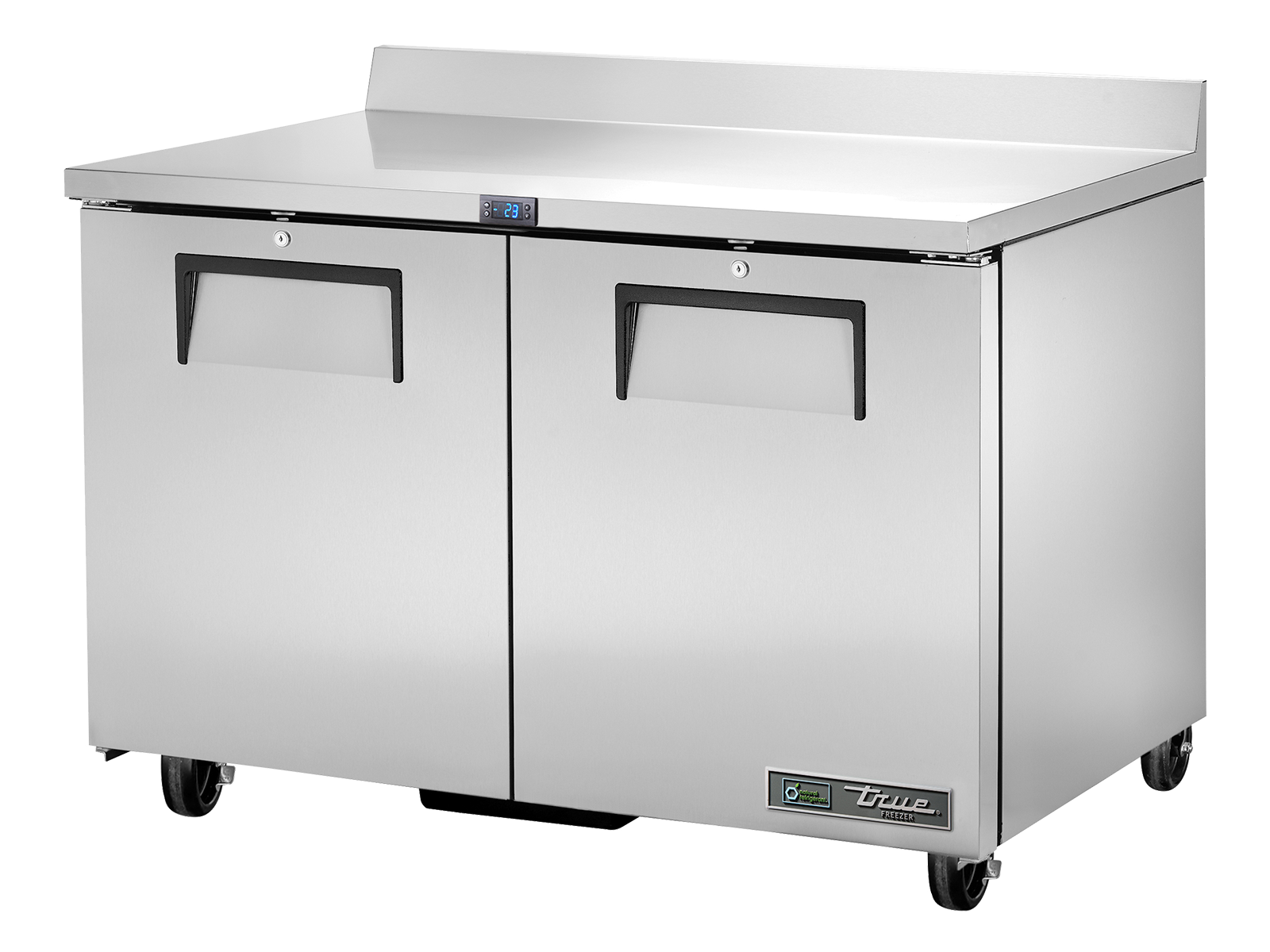
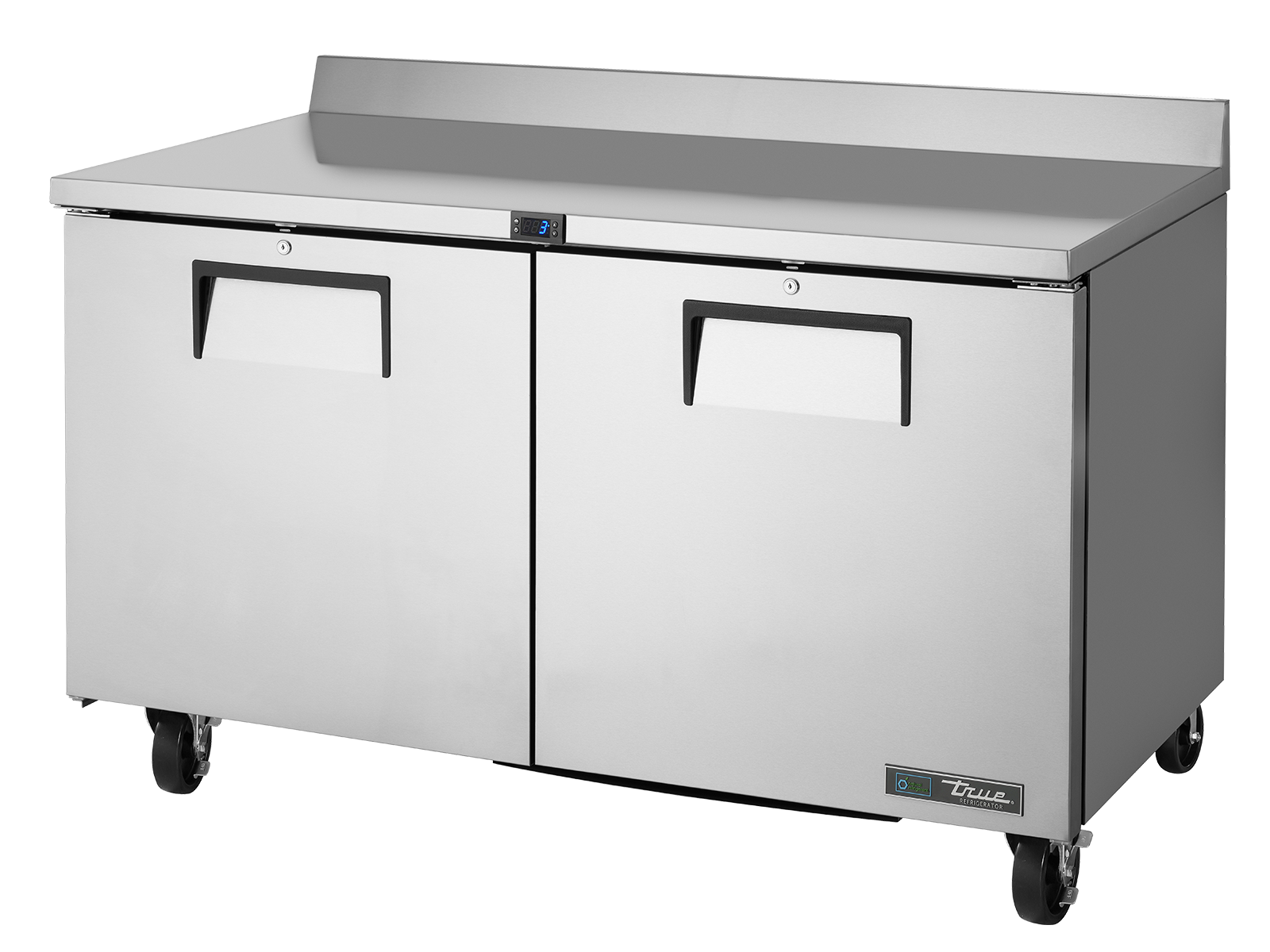
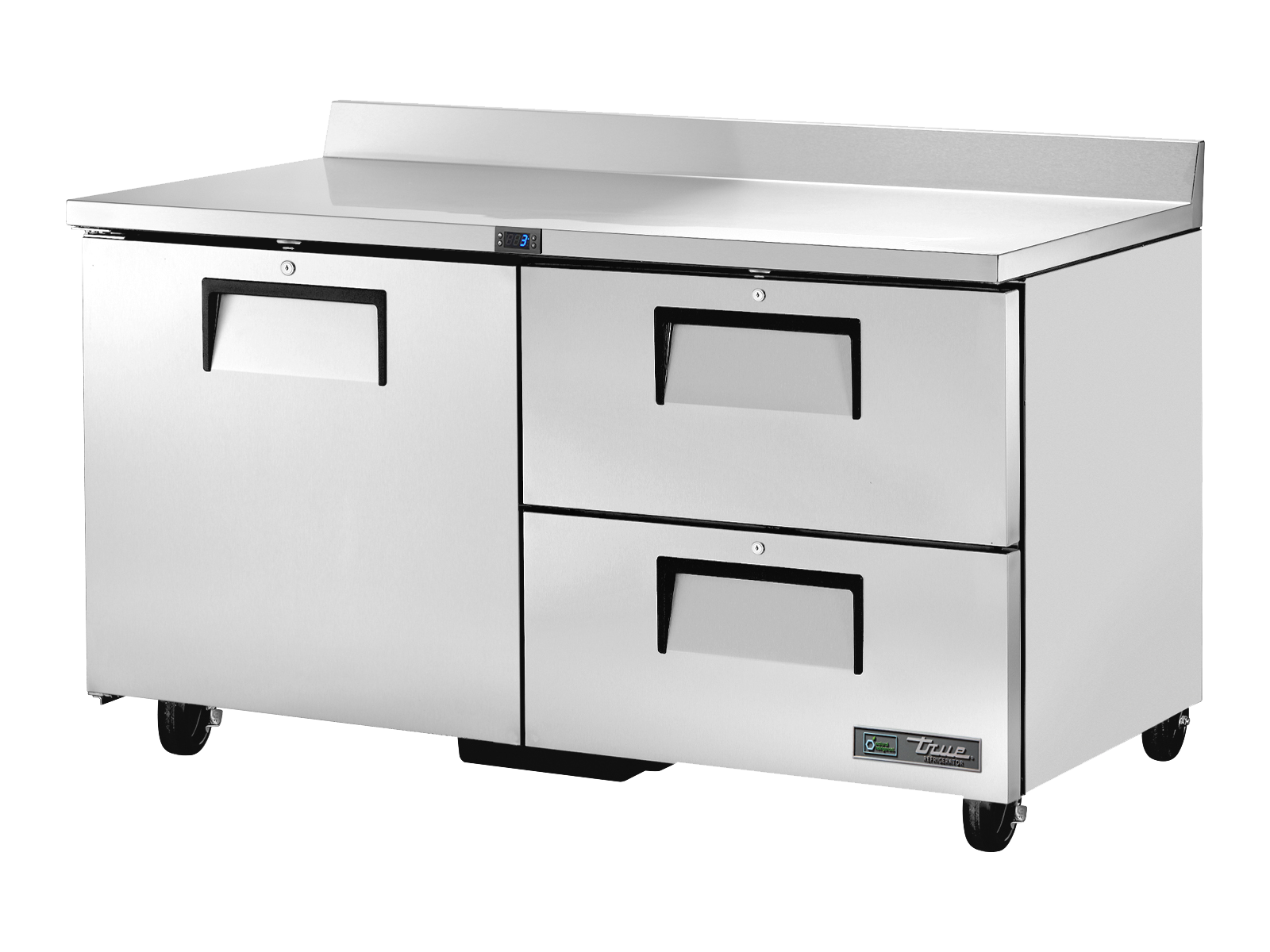
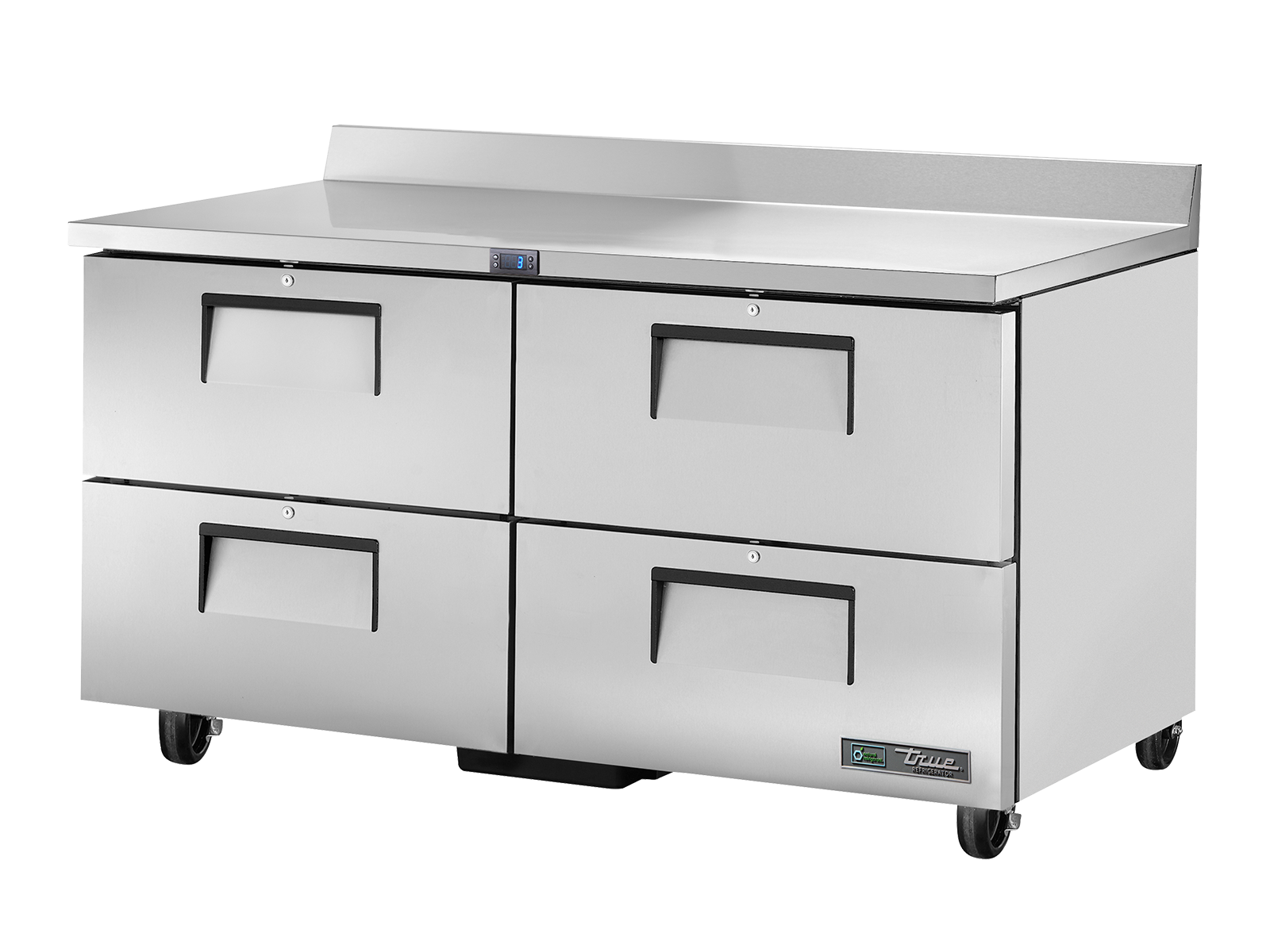
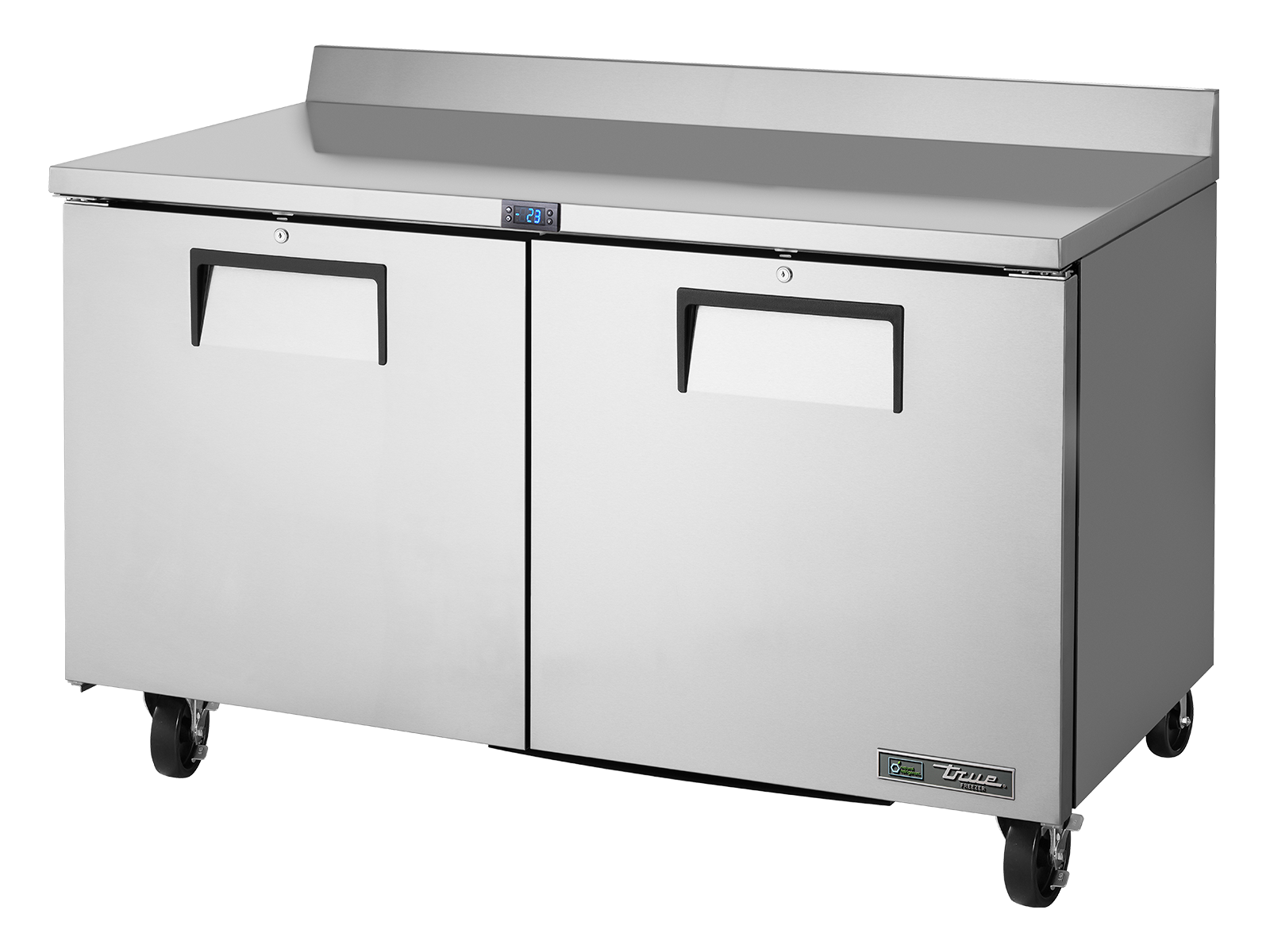
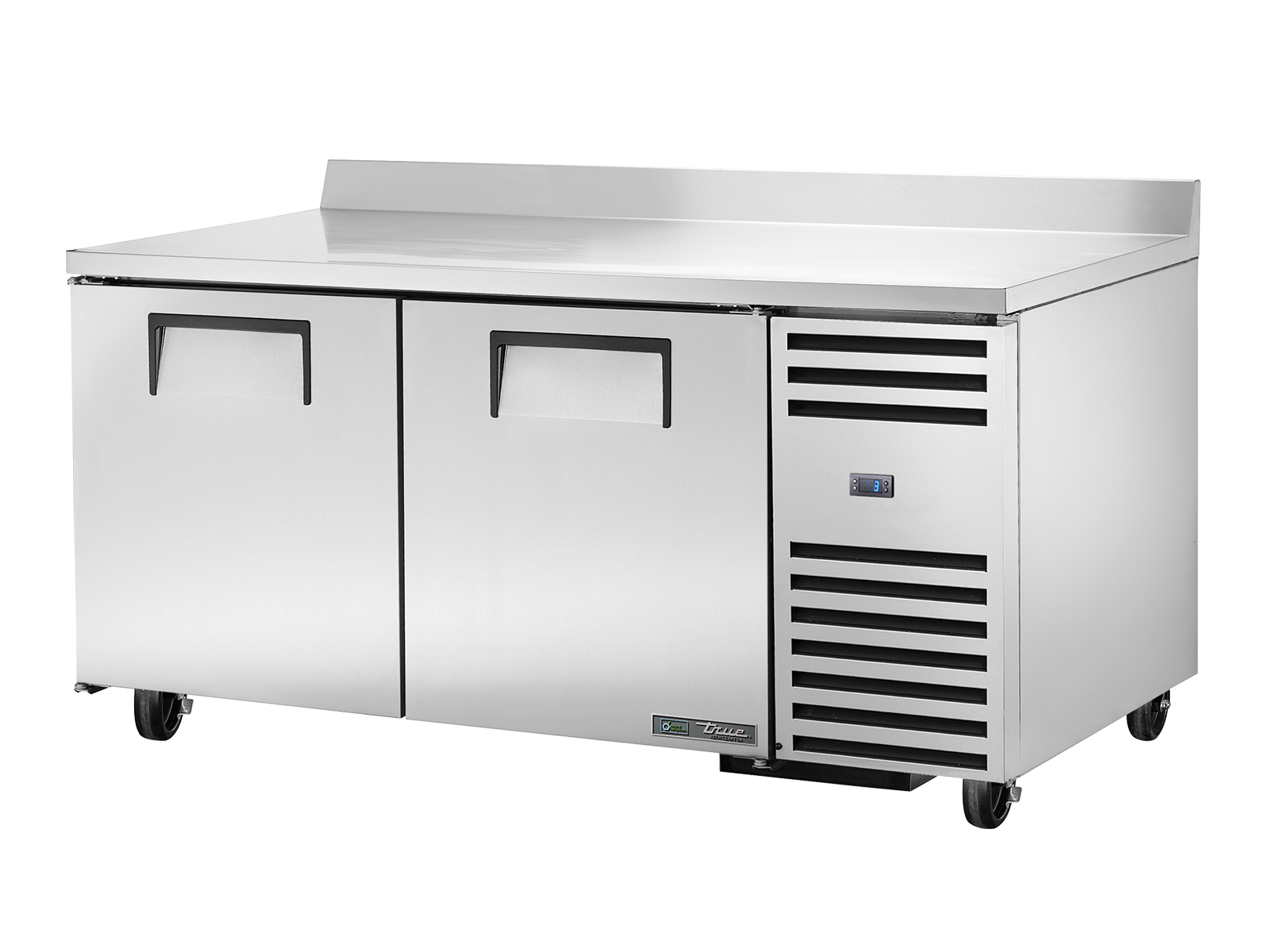
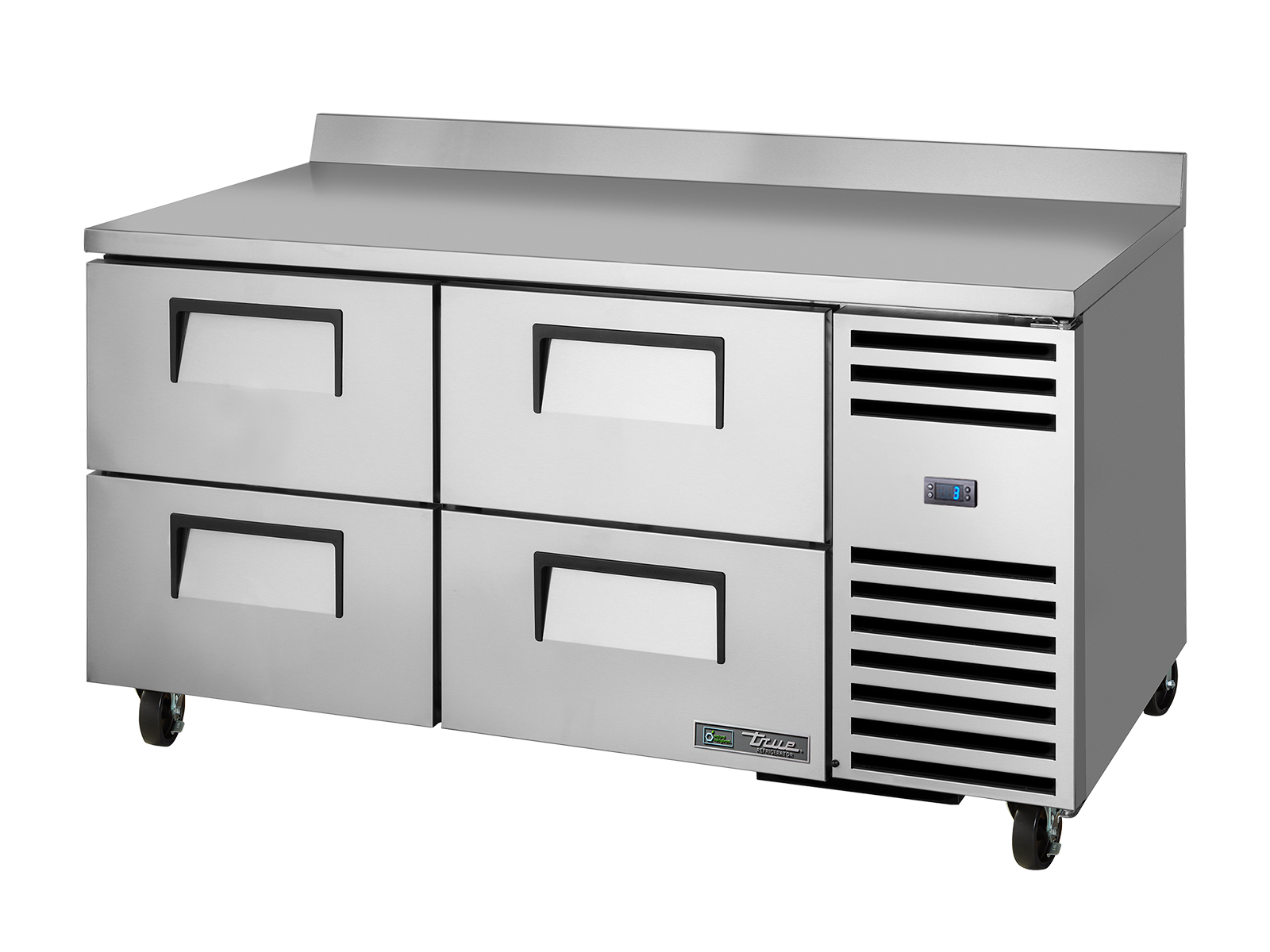
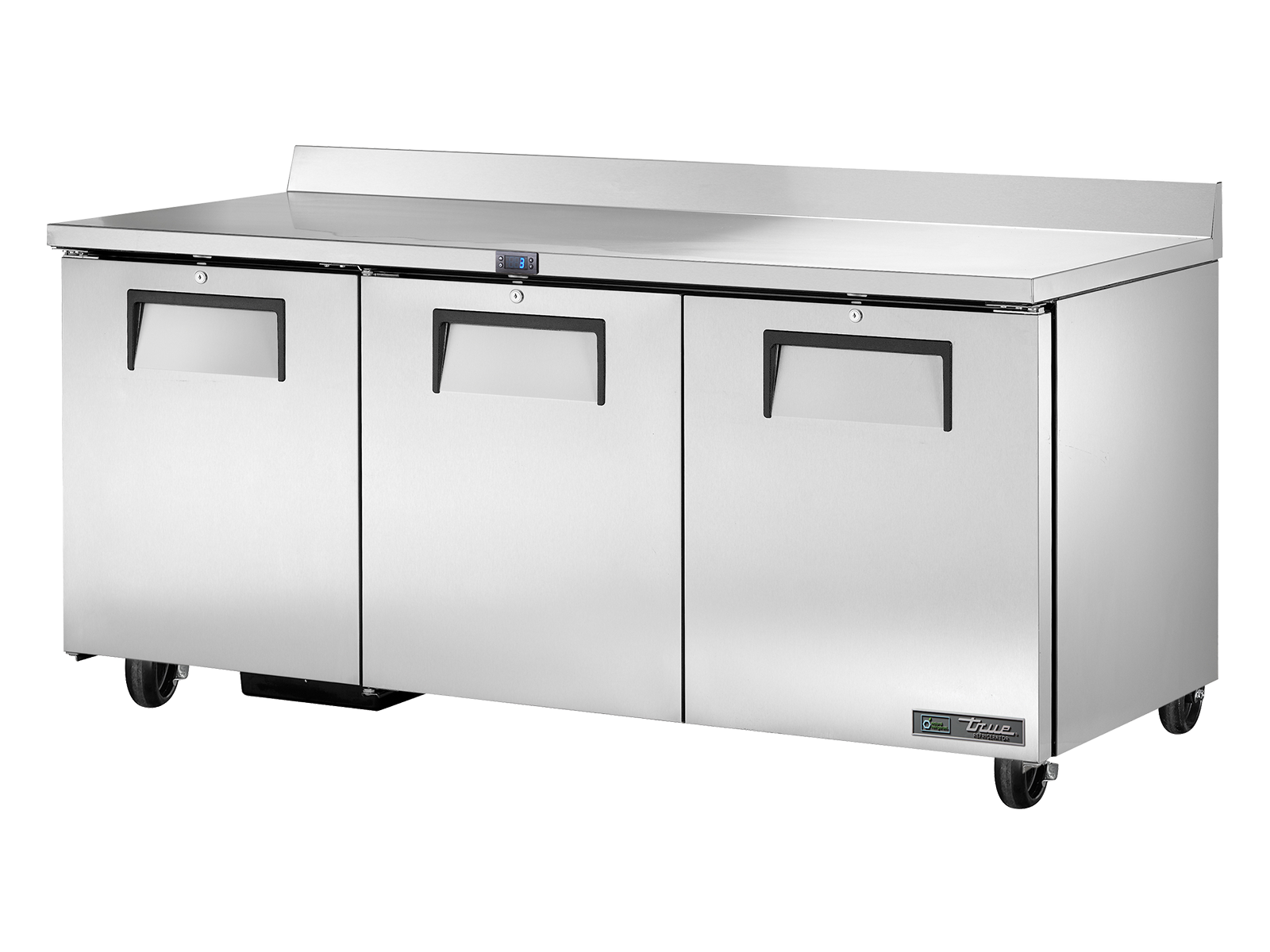
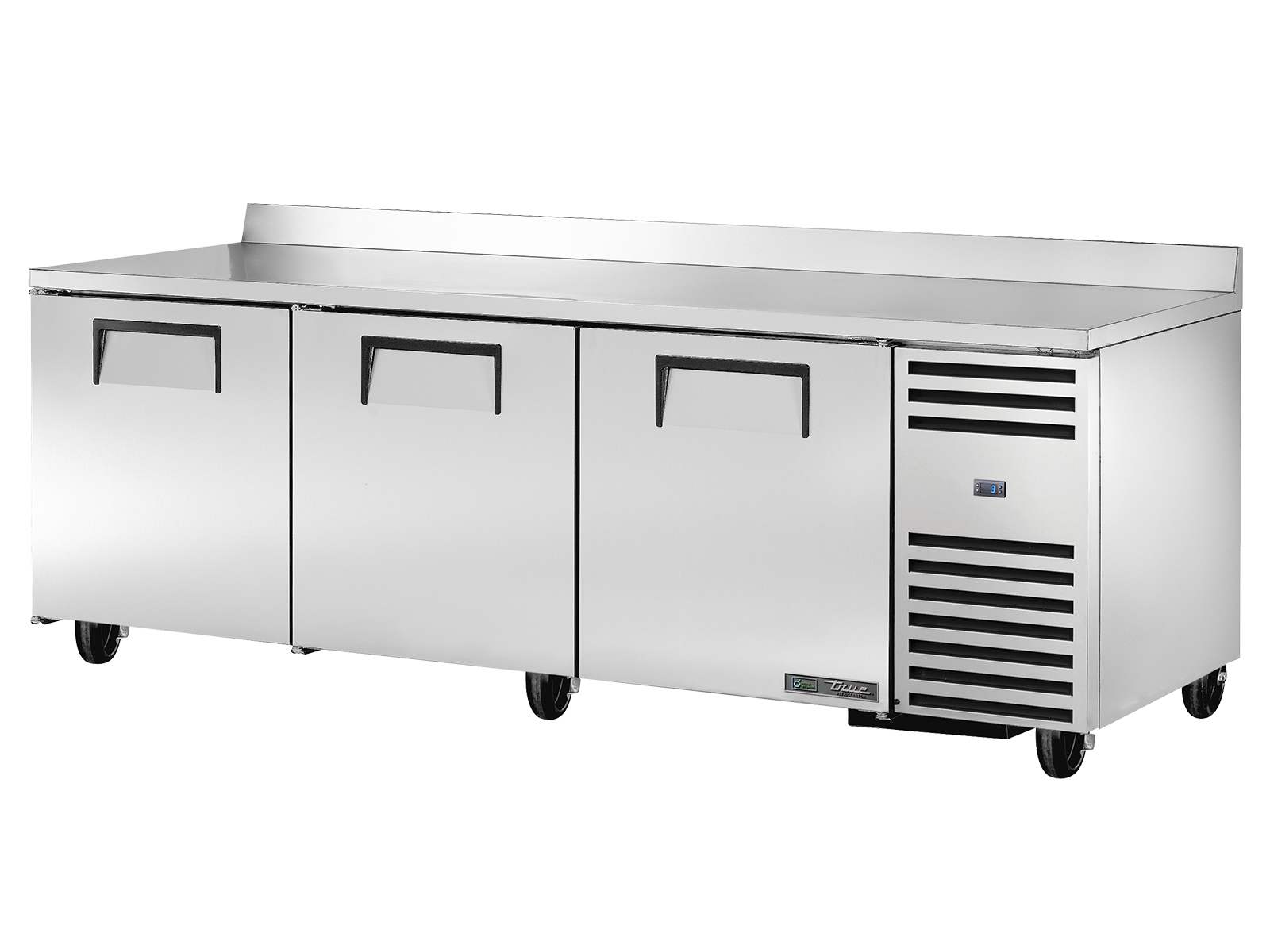
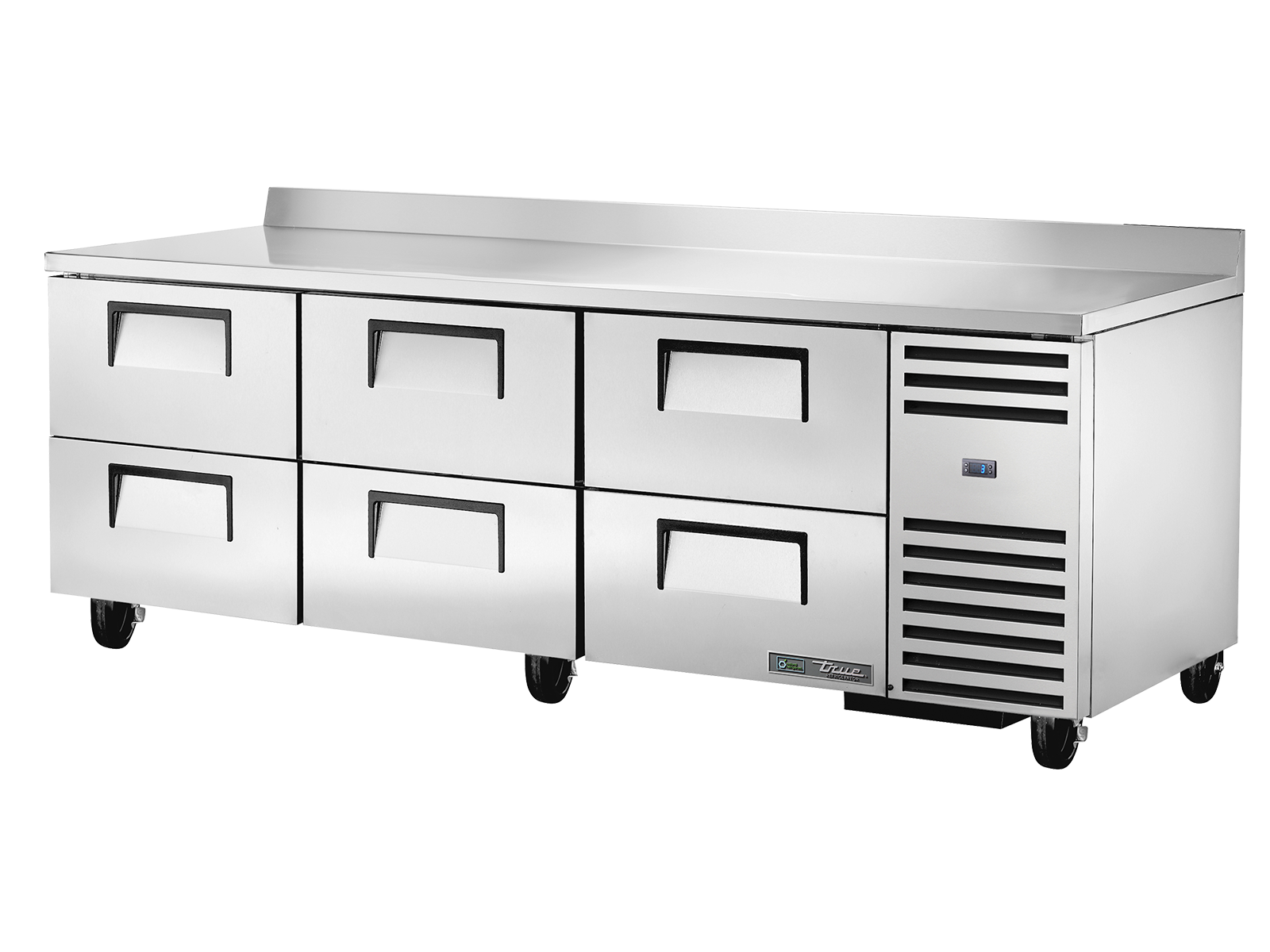
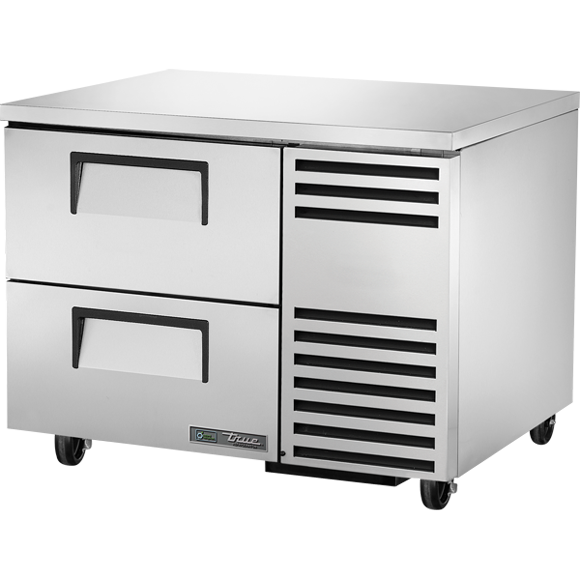

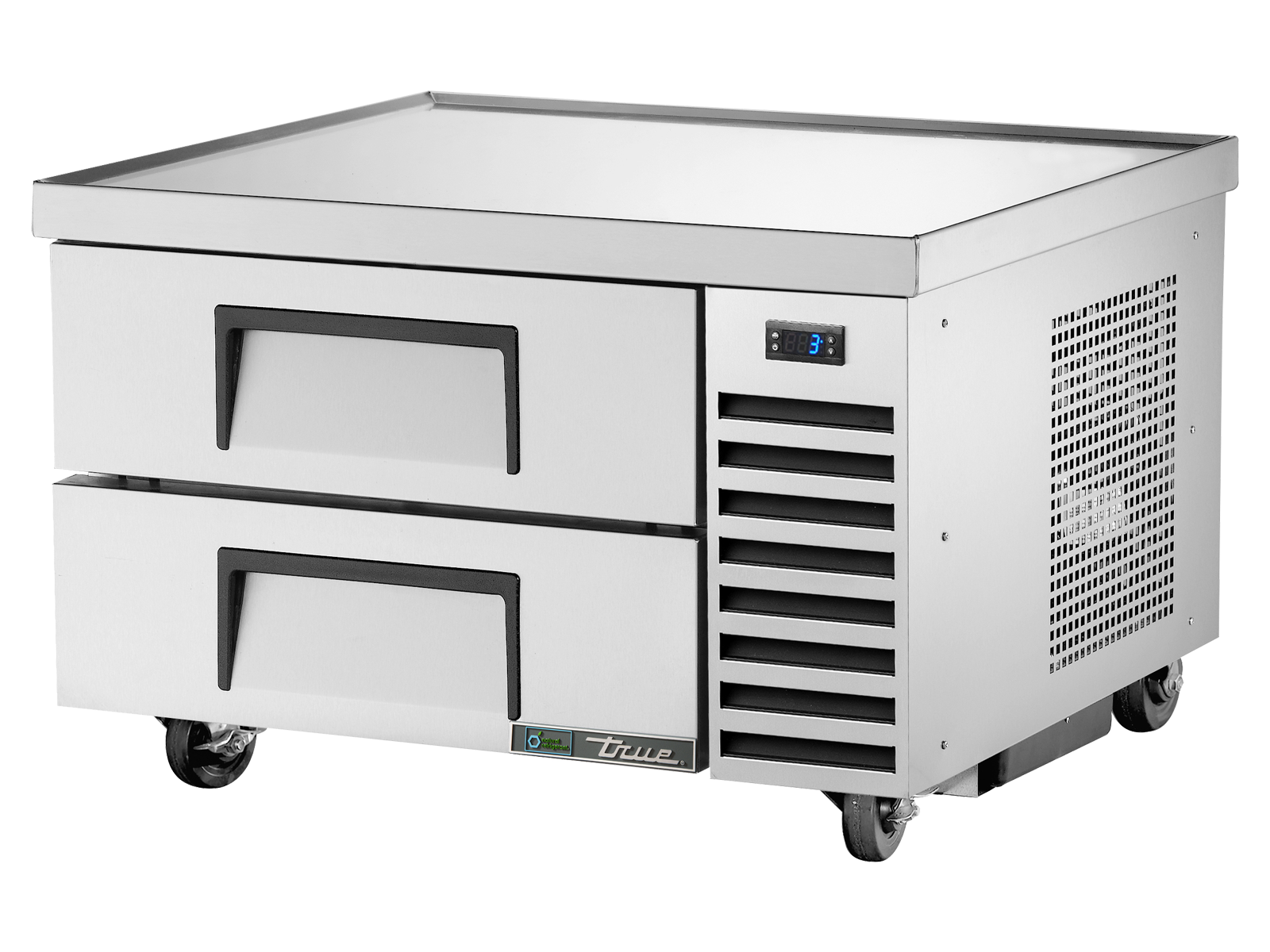

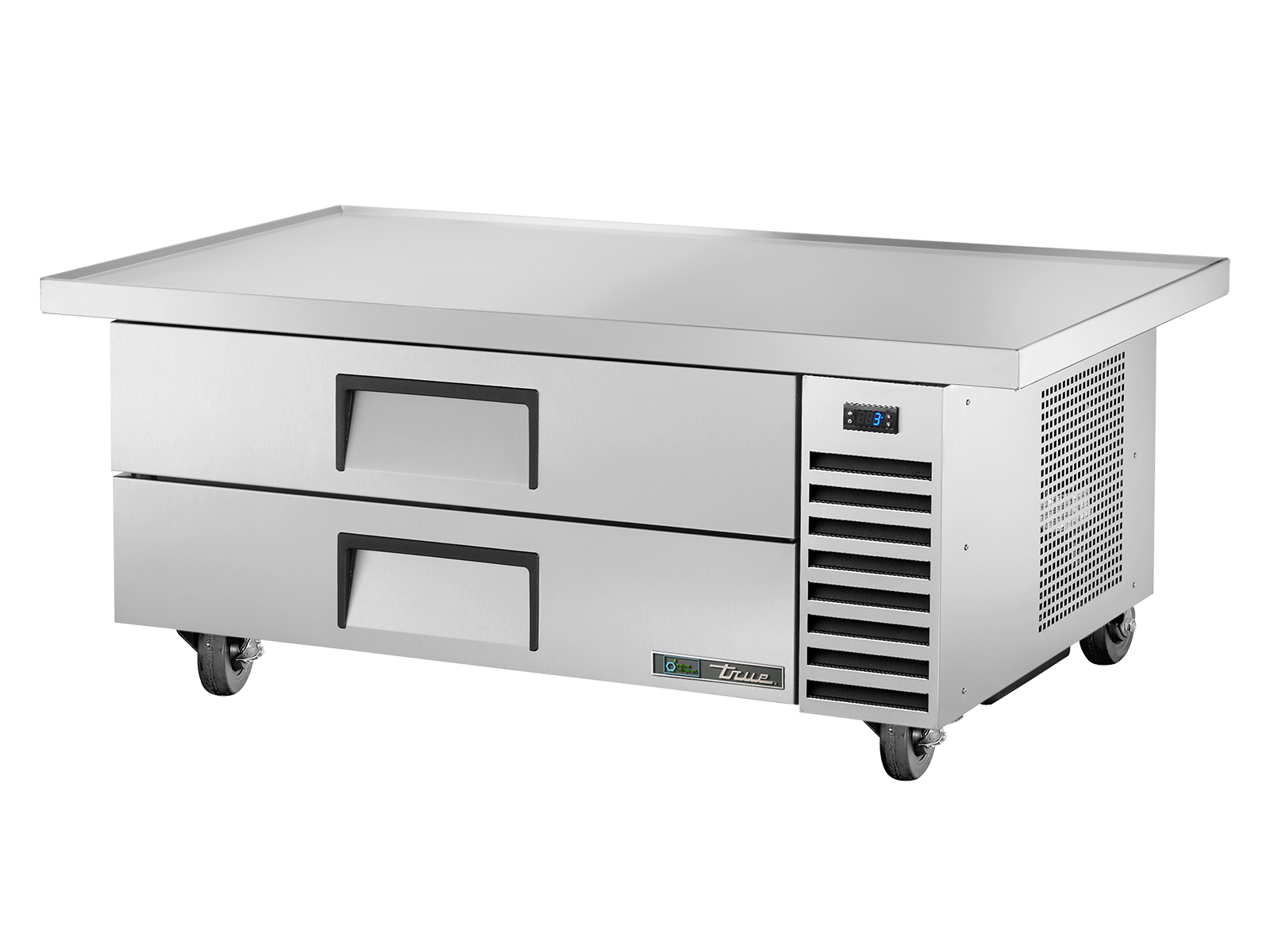
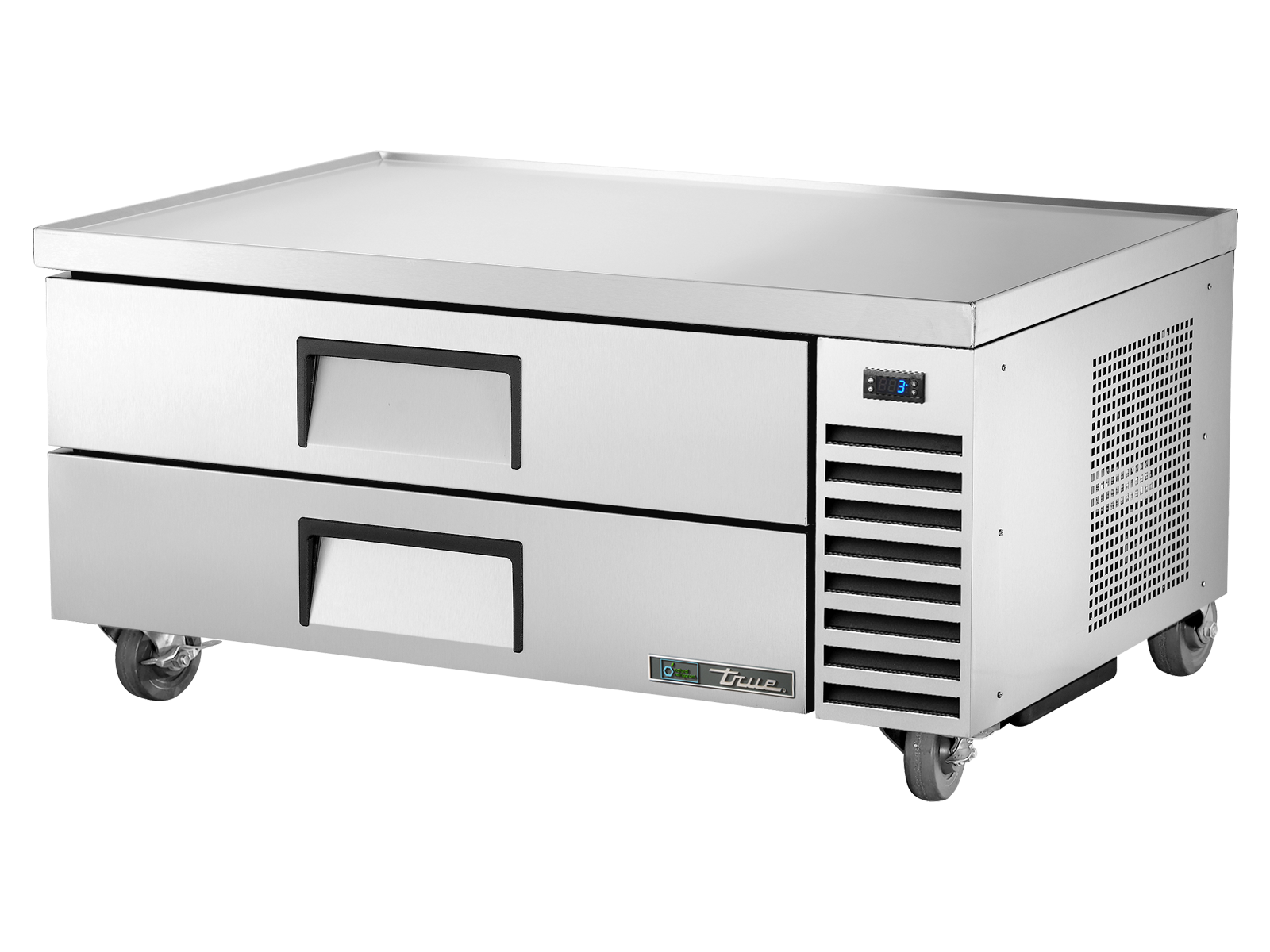
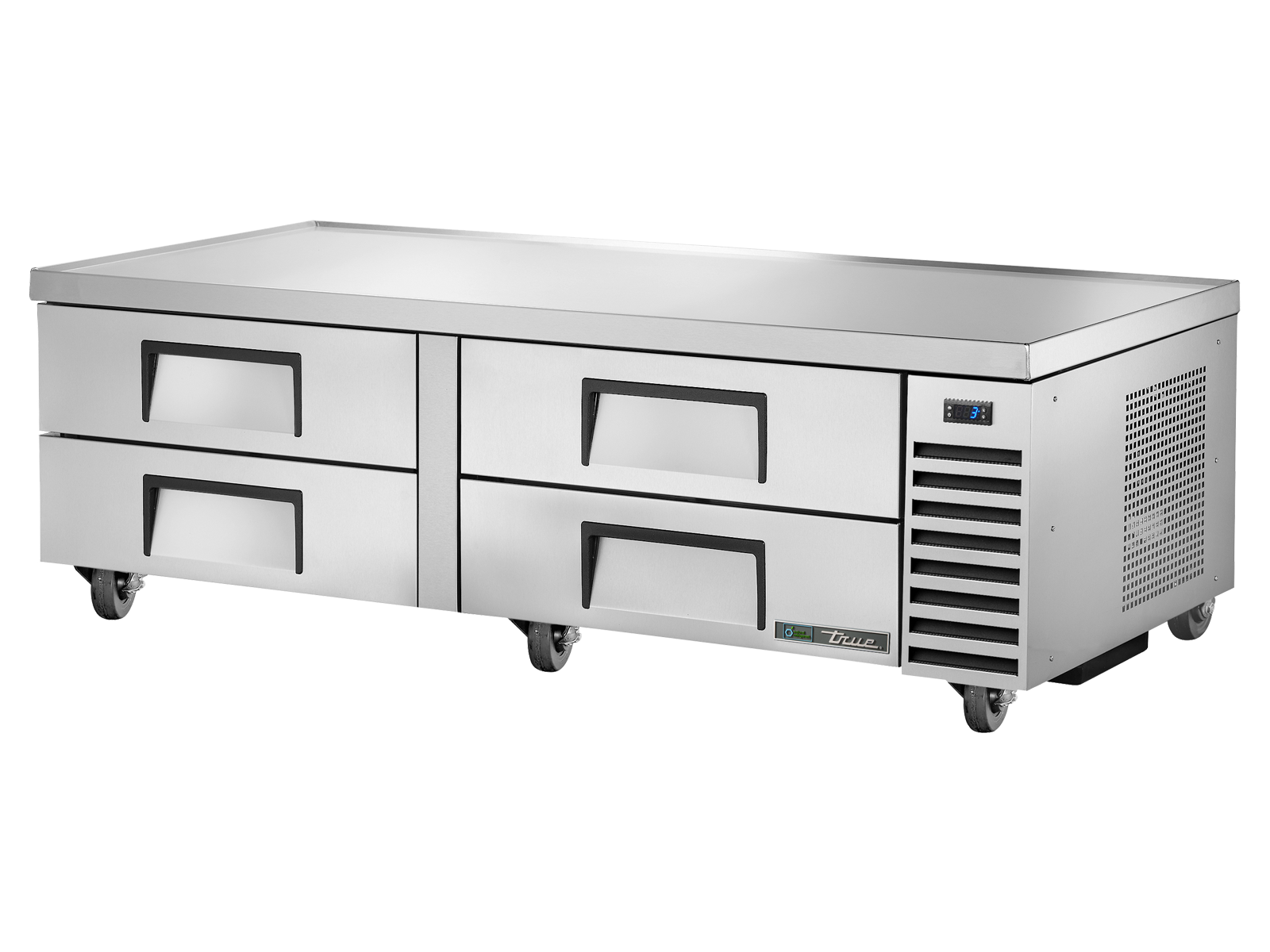

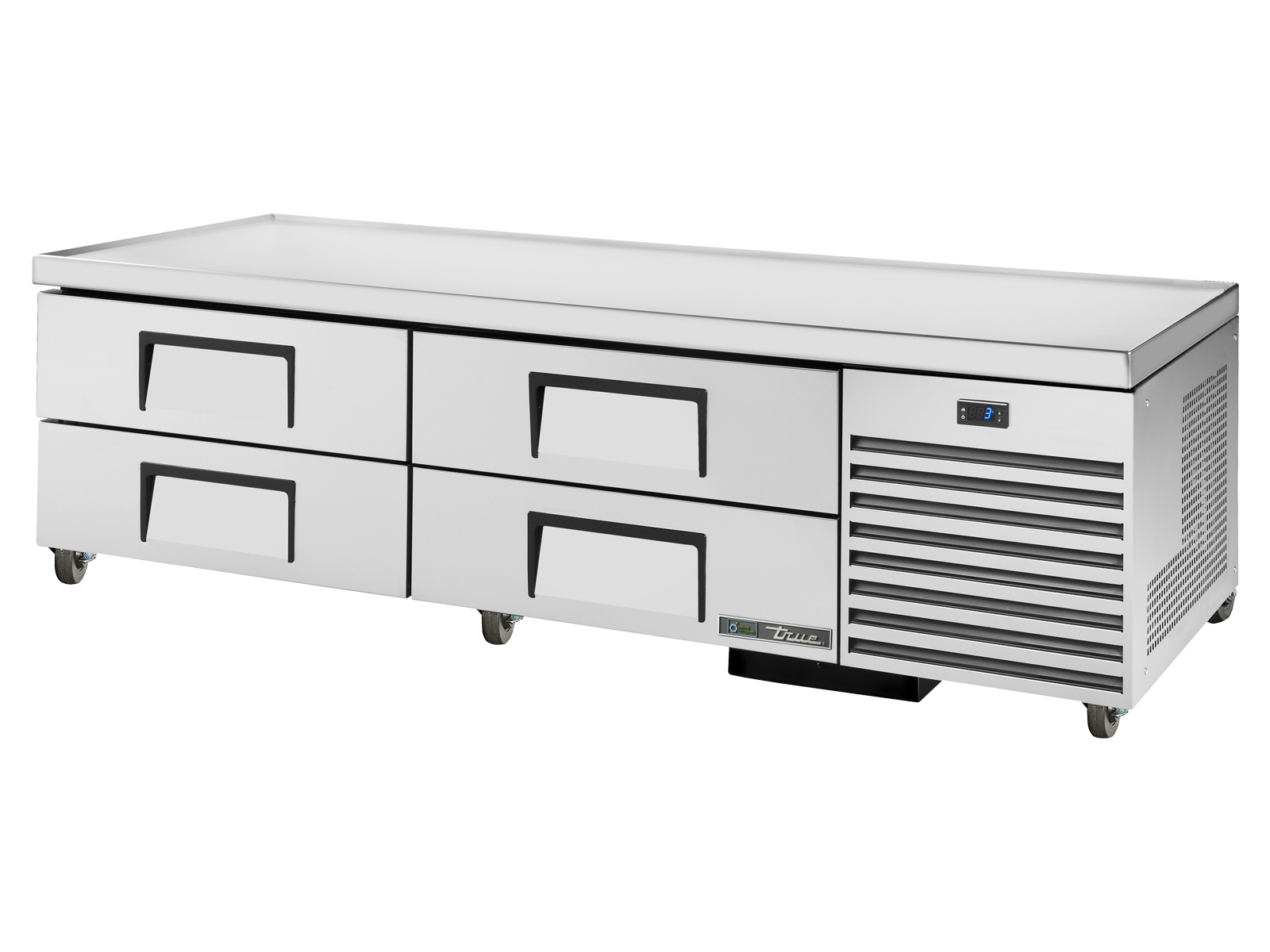
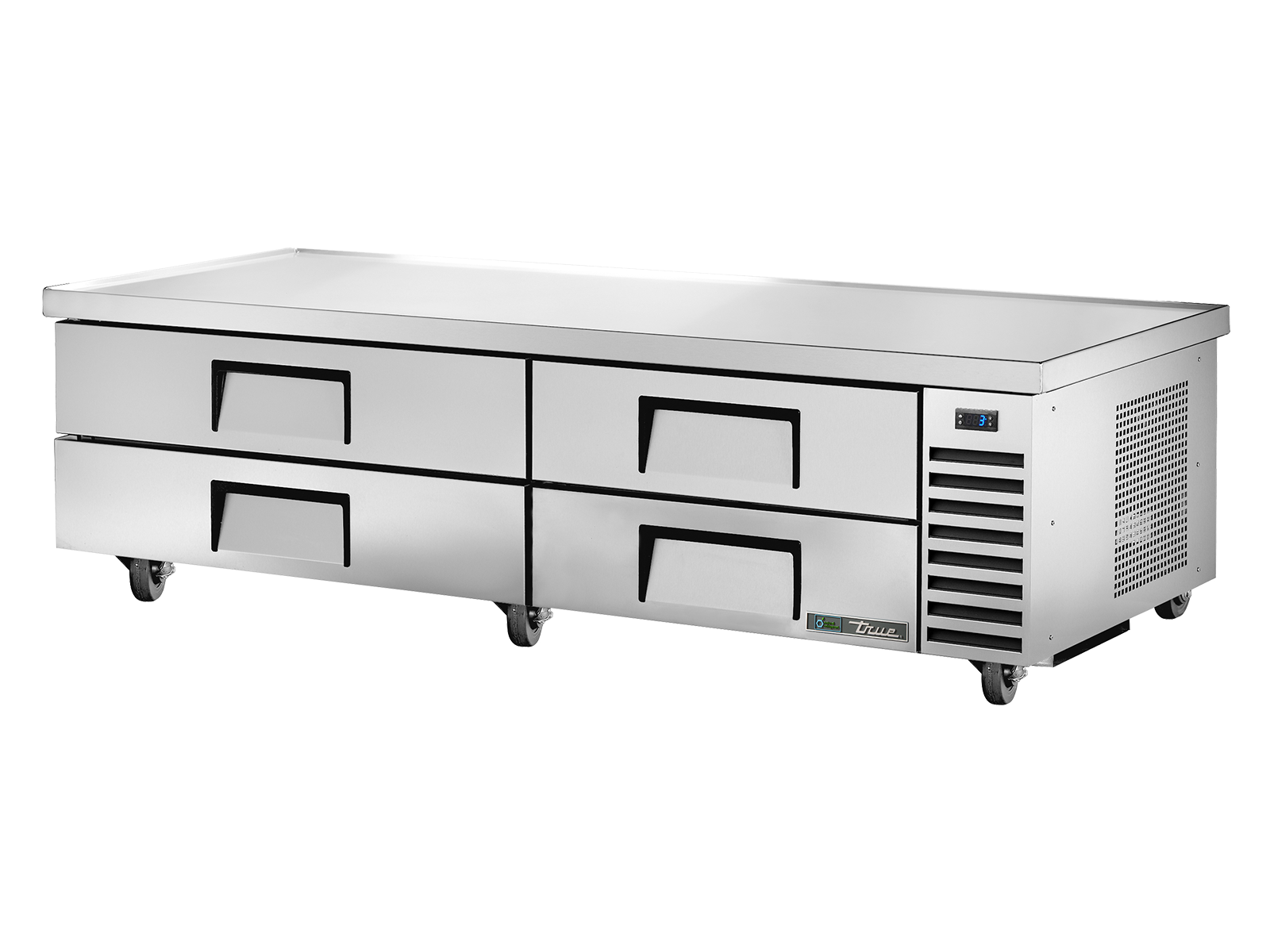
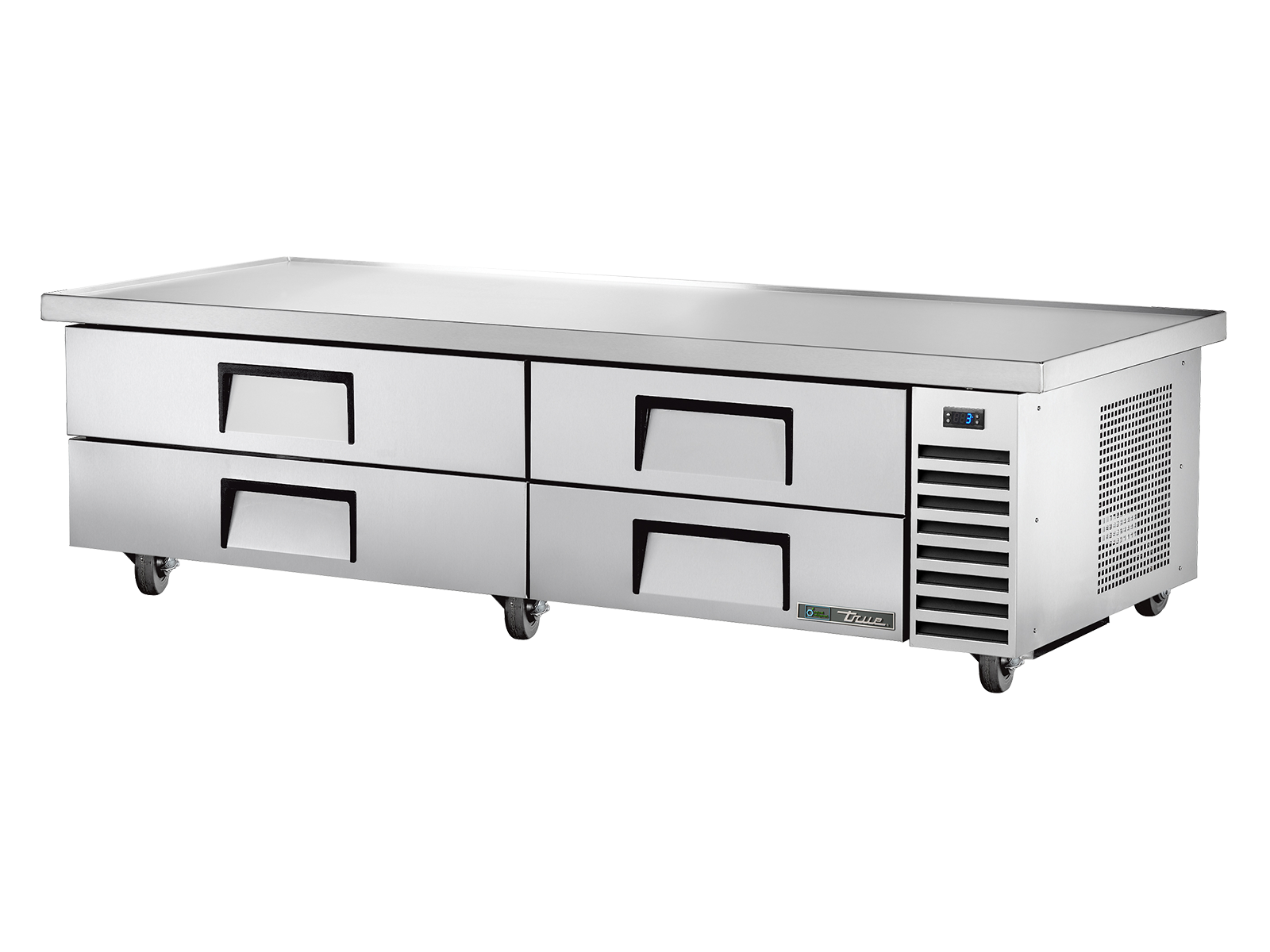



The 'Fridges and Freezers with Sales Function' product labelling category applies to a wide range of food retail cabinets, including glass door and doorless multideck merchandising coolers and freezers (known as 'Supermarket cabinets'), as well as other types such as beverage coolers, refrigerated vending machines and ice-cream freezer cabinets.
Consumers should be aware that despite these very different applications, the label for all of these different product types is almost identical. When comparing, it is very important that the two products belong to the same category, for example a 'Supermarket cabinet' should not be compared against a 'Beverage cooler' or 'Refrigerated vending machine'.

For our comparison, we require the input of the kWh/annum figure published on the label of the product being compared against.
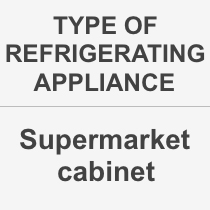
Product Type
Many products types are categorised as ‘Fridges and Freezers with Sales Function’. The easiest way to ensure that you are comparing two products of the same type is the scan the QR code on the labels or go to the EPREL website where it will state the ‘Type of refrigerating appliance’. ALL True products are tested and verified as ‘Supermarket cabinets’, intended for storage and retail of perishable food goods.
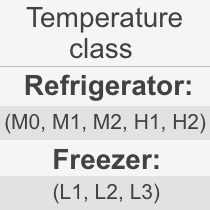
Temperature Class
A range of different temperature holding Classes are applicable to ‘Supermarket cabinet’ type products, since different food types may be best stored at different temperatures. For example the M1 Class applicable to Refrigerators indicates holding of -1°C to +5°C, whereas H1 Class products are intended to hold +1°C to +10°C, which may not be suitable for some foods. This information is NOT stated directly on the label but is on EPREL. The two products being compared should be of the same Temperature Class.
Holding Temperature
Separate from the ‘Temperature Class’, the bottom-right of the label for ‘Supermarket cabinet’ type products also states the actual high and low temperatures recorded during testing, as a further indicator of how precisely the system is able to maintain temperatures during operation. Ideally the two product being compared should provide a similar holding temperature range.
Capacity
Product size/capacity for ‘Supermarket cabinet’ type products is stated on the label as Display Area (literally a measurement of the glass or opening through which the merchandise inside can be viewed), stated in Meters square. This is not an indicator of net/usable capacity or overall cabinet size, which can typically be found on manufacturer websites or spec sheets. The two products being compared should be of a similar size/capacity.
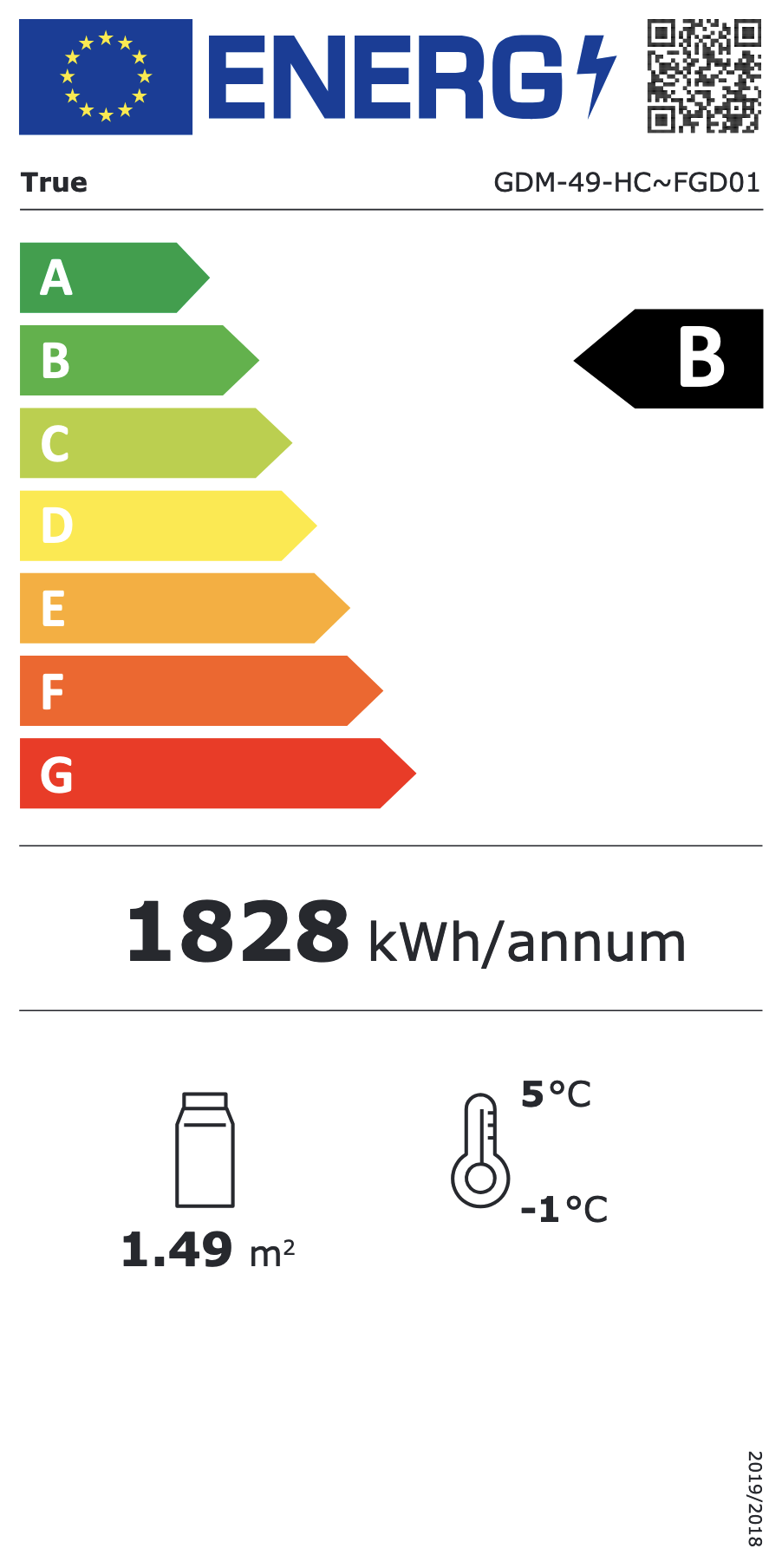
Input kWh/annum for comparison
The ‘Professional Refrigerated Storage Cabinets’ product category applies to various commercial refrigerator and freezer solid door/drawer storage cabinets, commonly used in foodservice kitchen and hospitality settings, including upright and counter units, plus other types such as blast chillers. It has been a requirement since 2016 that manufacturers publish energy labels for their products on their websites.
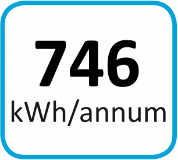
For our comparison, we require the input of the kWh/annum figure published on the label of the product being compared against.
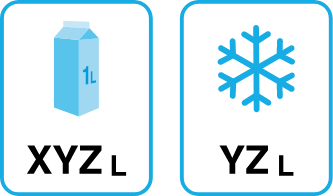
Net Capacity
Net Capacity, indicating “usable space” in litres, is at the bottom-left/middle of the label. Left box numbers mean refrigerator; middle, freezer. Compare similar types and capacities.
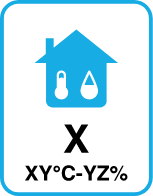
Climate Class
Climate Class “5” on the label means it’s suited for heavy-duty use (40°C/40% RH). Class “4” shows it may struggle above 30°C. Compare items in the same Class.
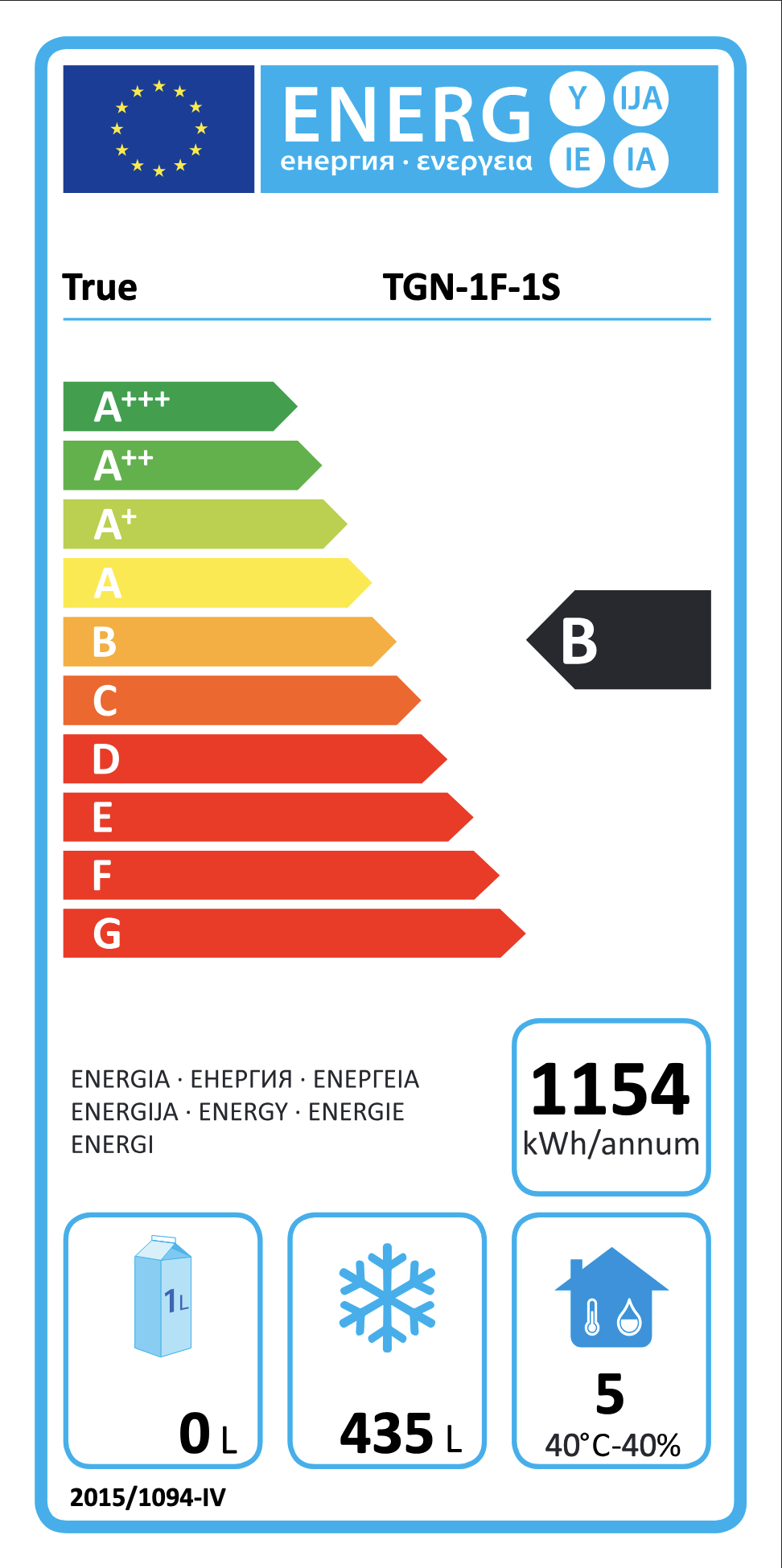
Input kWh/annum for comparison
With today’s unstable electricity prices, the lifetime operating costs of refrigeration can easily exceed the initial purchase price. Cheaper equipment typically isn’t the most energy efficiency, leading to significant long-term expenses. Understanding your business’s energy consumption is essential for making well-informed decisions.
By choosing energy efficient commercial refrigeration equipment, not only is it a win for the environment, but a win for your profitability too.
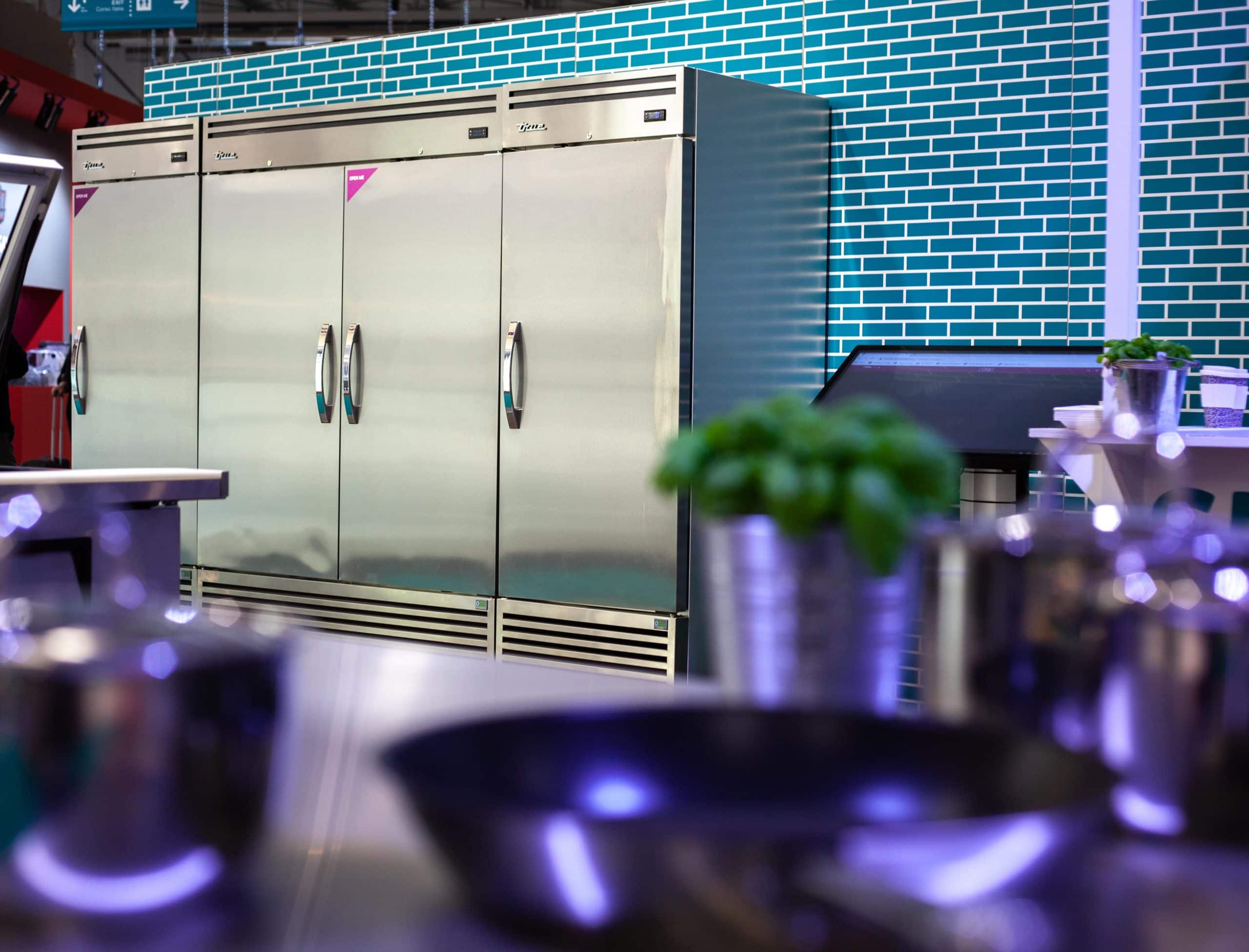
Input kWh/Annum figure of competing product
kWh/annum (kilowatt-hours per year) represents the annual energy consumption of a product. This measure helps consumers understand and compare the energy efficiency of different appliances, as well as estimate their annual energy costs.
Energy labels are typically found on manufacturers’ websites or can be searched for on the European Product Database for Energy Labelling (EPREL).
Older products (pre-2016) that are already owned may not have labels. However, this information may still be available from the manufacturer or captured by yourself using a smart plug or other energy monitoring device. If you’re unsure about how to proceed with measuring the consumption of your current assets, feel free to contact us directly, and we’ll be happy to assist.
